I was initially reluctant when I got the assignment to be sent to Bali for half a month. Fifteen days, in the scorching tropical sun—I didn’t exactly want to get tanned in March.
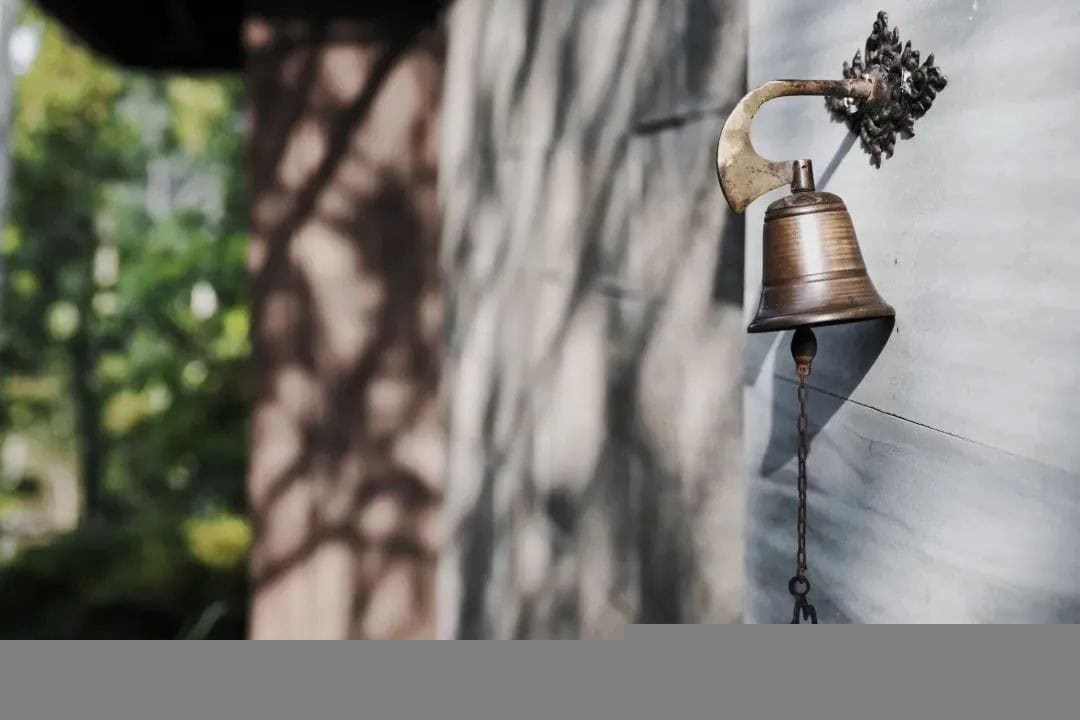
But when I heard that two nights of the trip would be spent at Hoshinoya, oh my, let’s go at once!
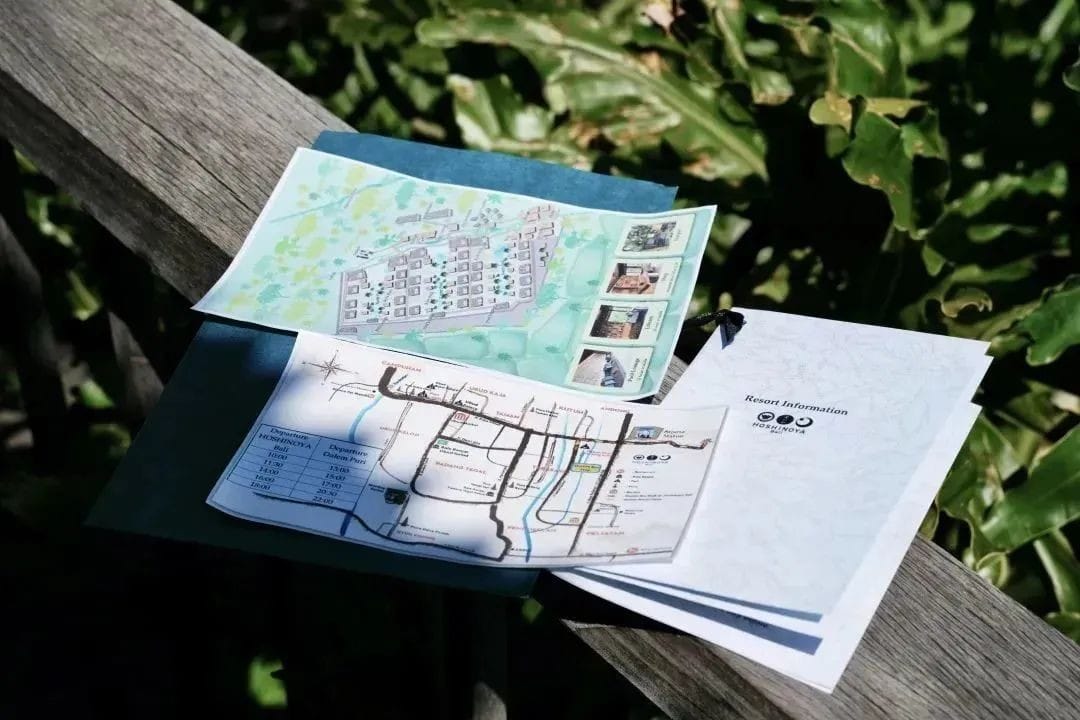
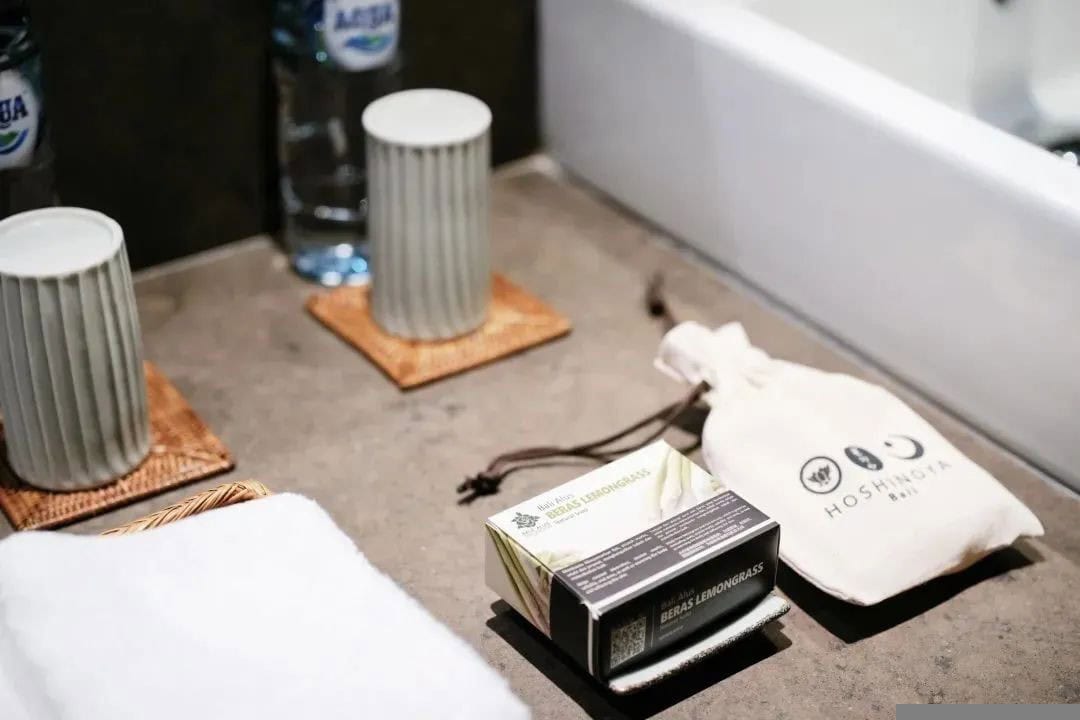
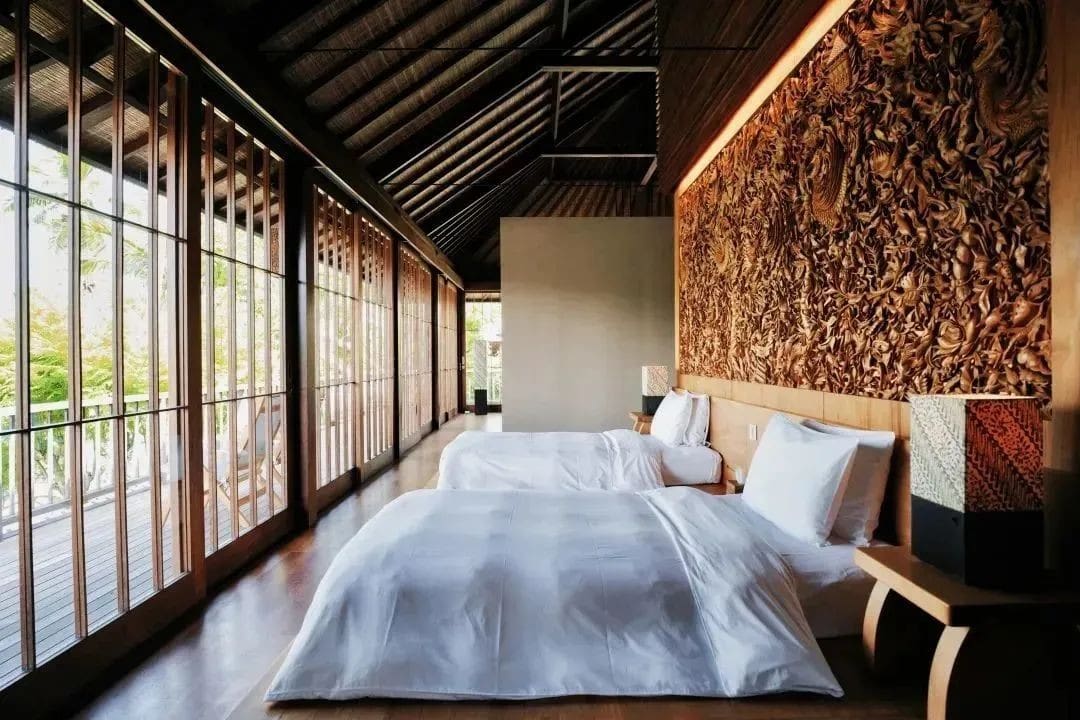
There aren’t many luxury hotel brands that serve as a destination in themselves, and Hoshinoya is definitely one of them. It is the top luxury resort brand under Hoshino Resorts, known for being expensive and hard to book, often compared to Aman. Any hotel enthusiast would have Hoshinoya Kyoto on their must-visit list.
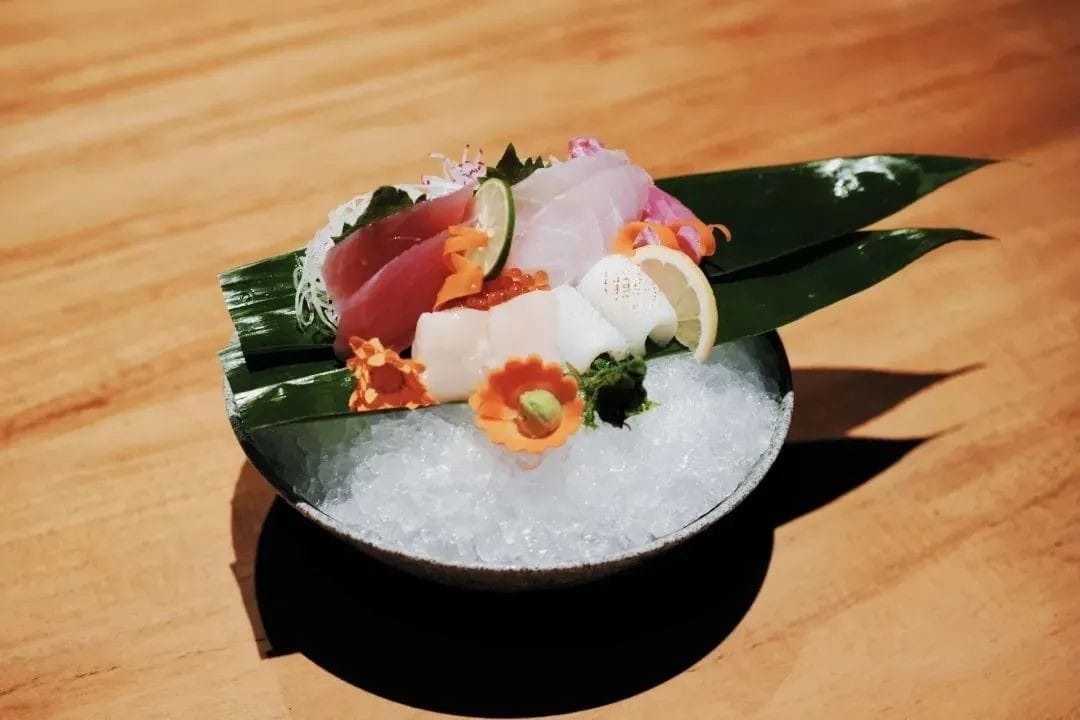
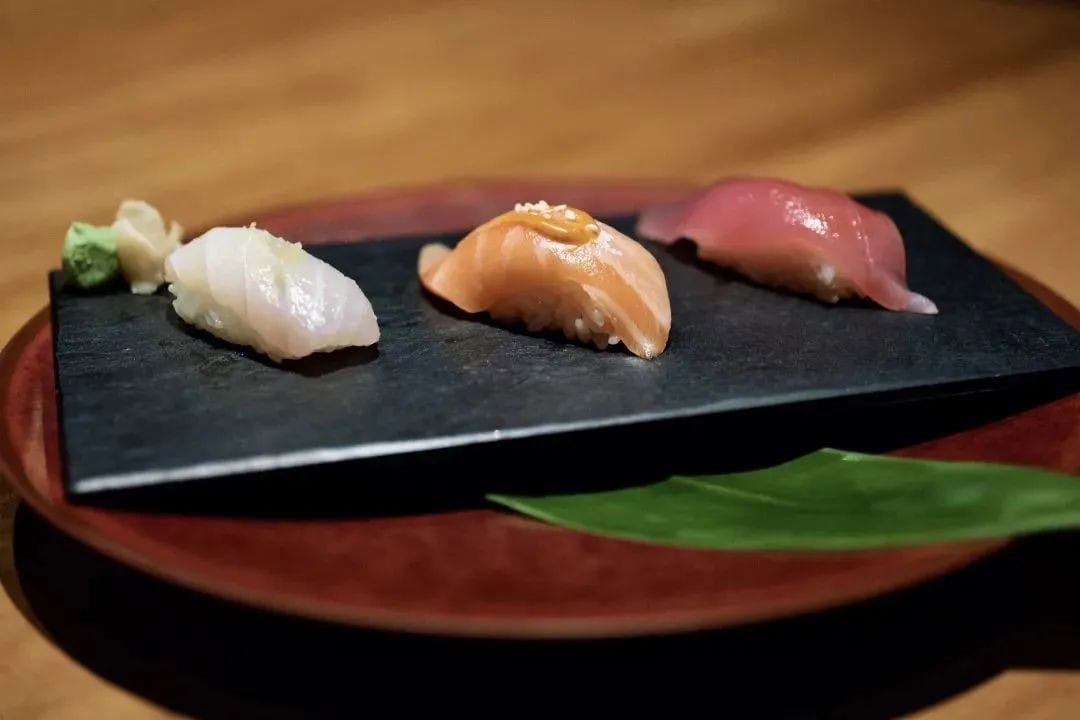
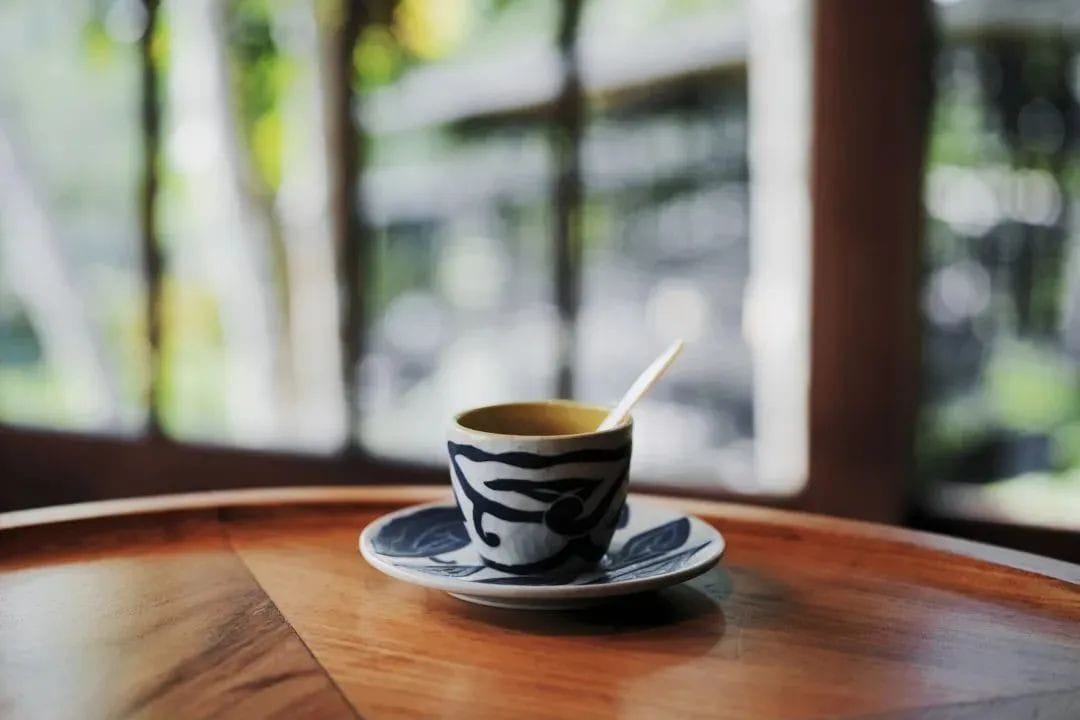
Image Source: ©Hoshino Resorts
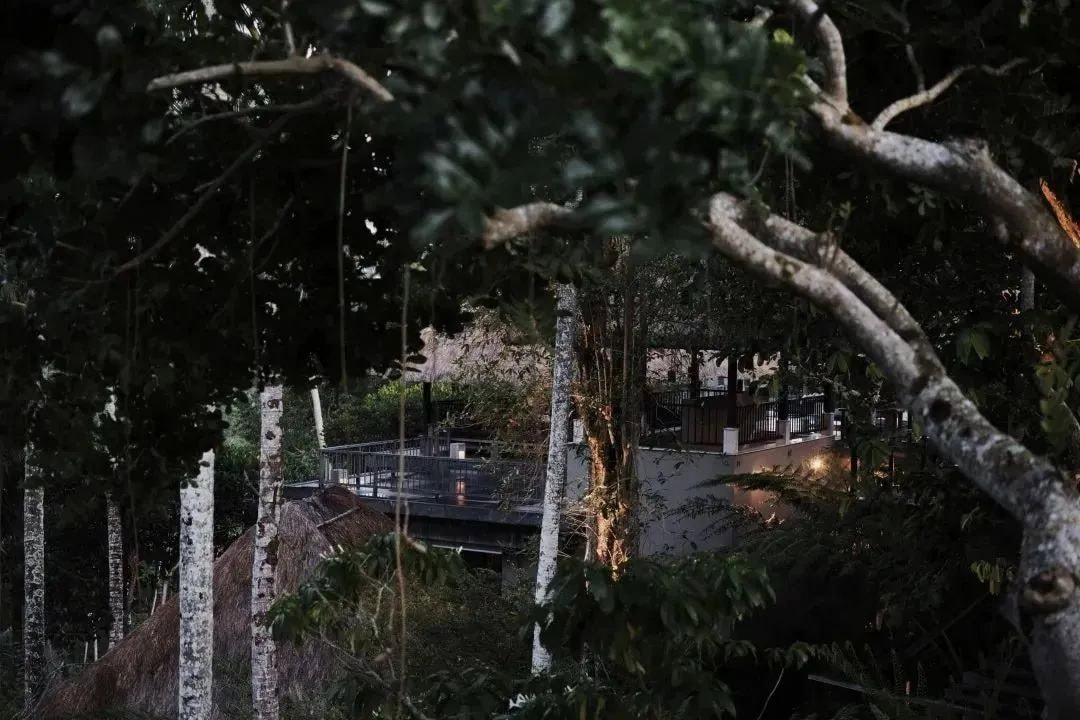
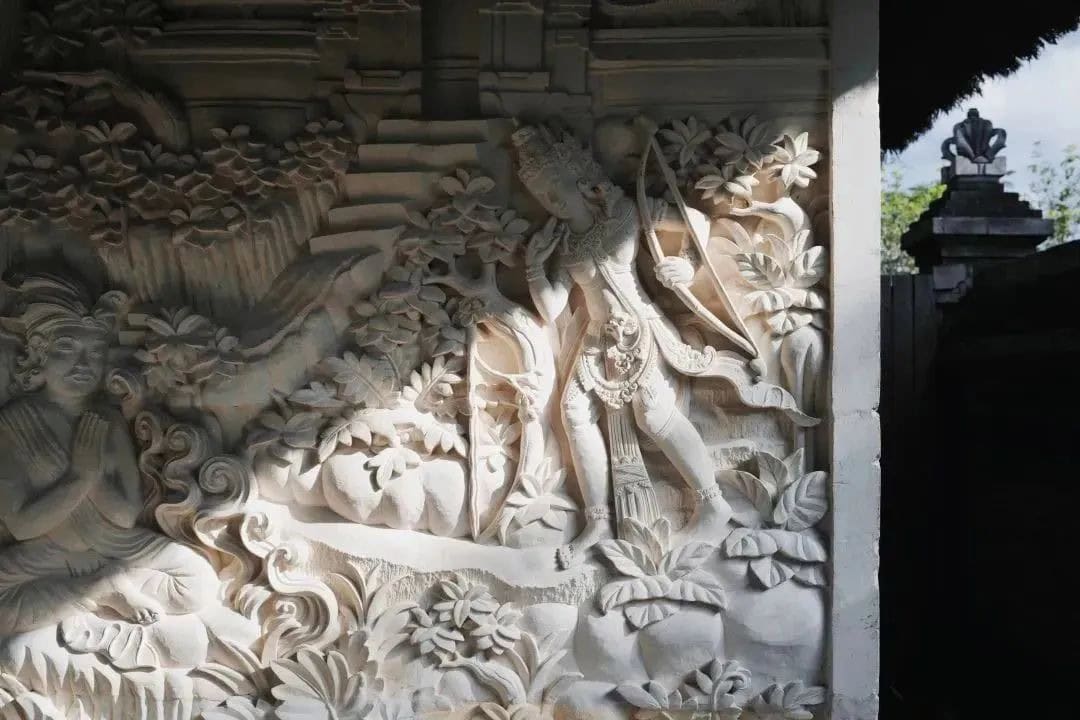
If you visit Japan frequently, Hoshino Resorts is probably familiar to you. This homegrown Japanese hotel brand has five sub-brands. Besides the top luxury brand Hoshinoya, there is also Kai, the high-end hot spring inn brand; Risonare, the family resort brand; OMO, the urban sightseeing hotel brand; and BEB, targeted at youth. Other unique hotels under its umbrella include TOMARU, Oirase, Aomoriya, etc.
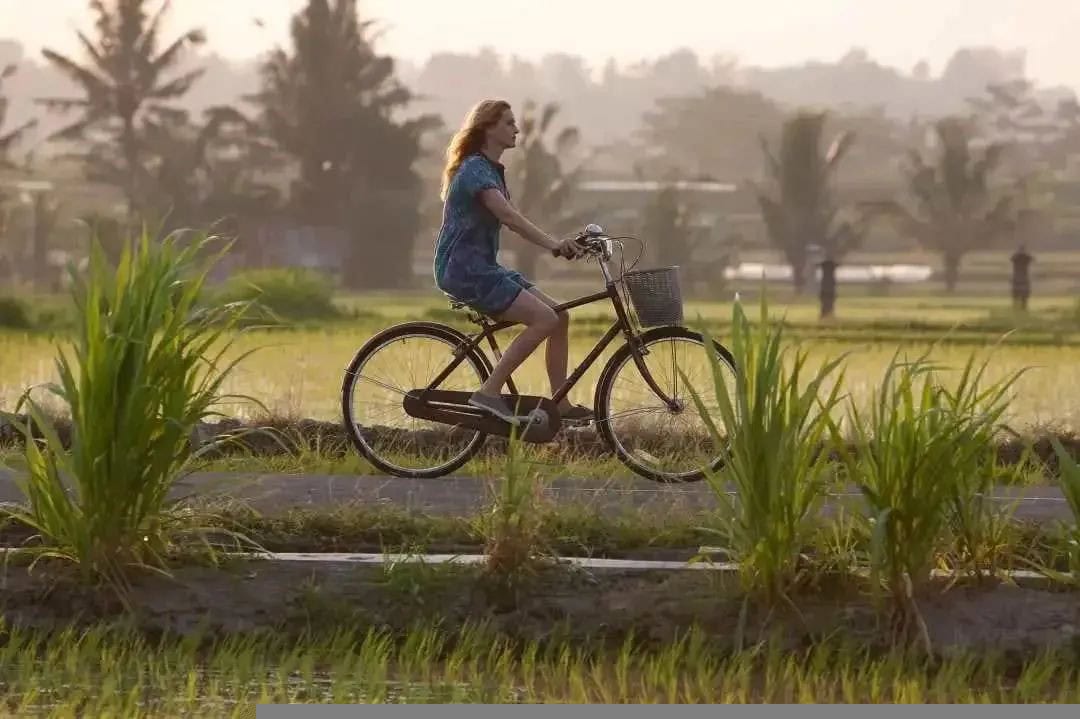
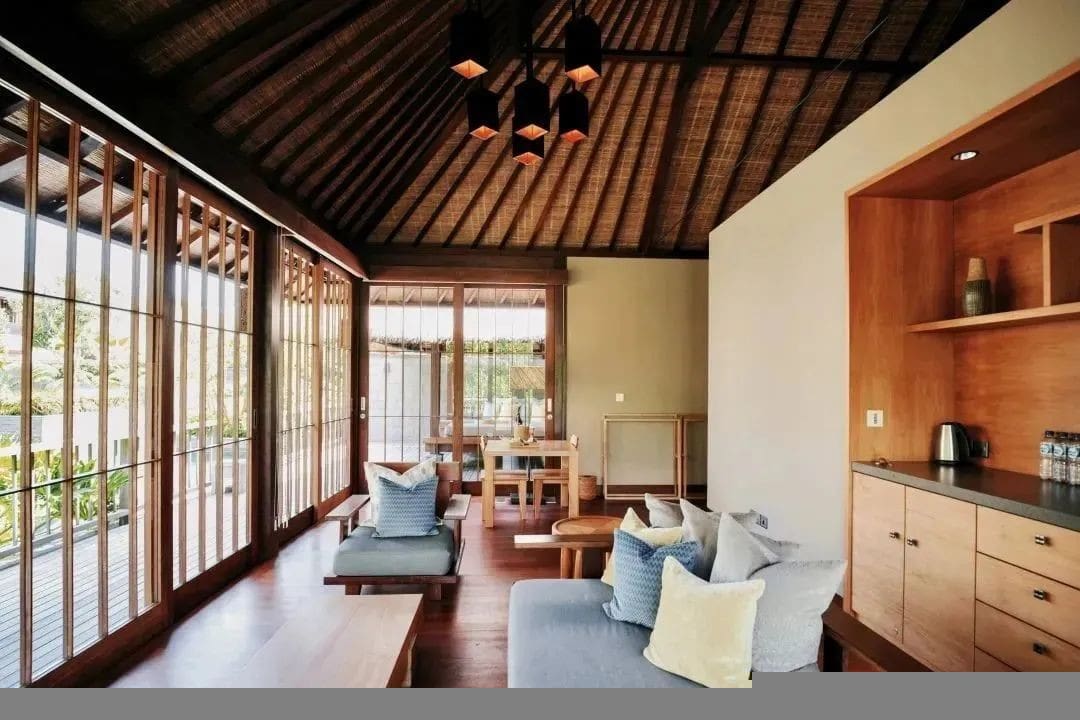

Kai offers an interesting discount policy: those under 30 can get a stay for up to half off, including an overnight stay with two meals.
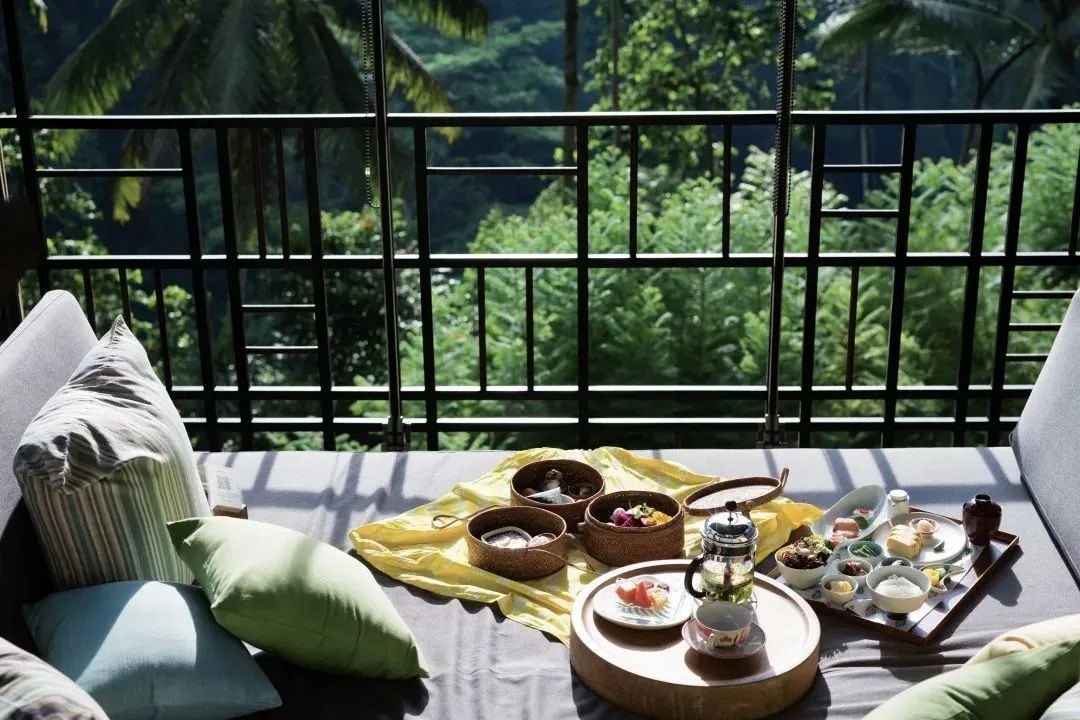
I think this is Hoshino’s little cleverness. Providing young people, who may just be starting their careers and may not have much money, with an excellent hotel experience early on ensures they remember it fondly. When those young guests grow financially capable, Hoshino can expect their return.
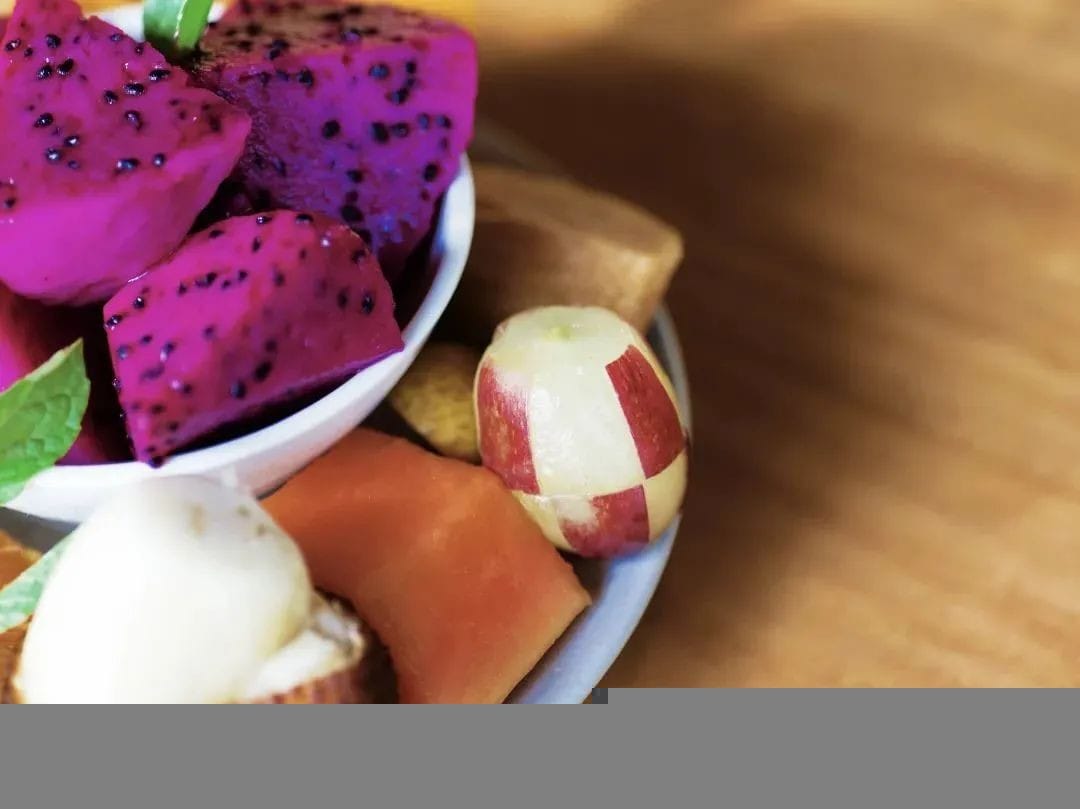
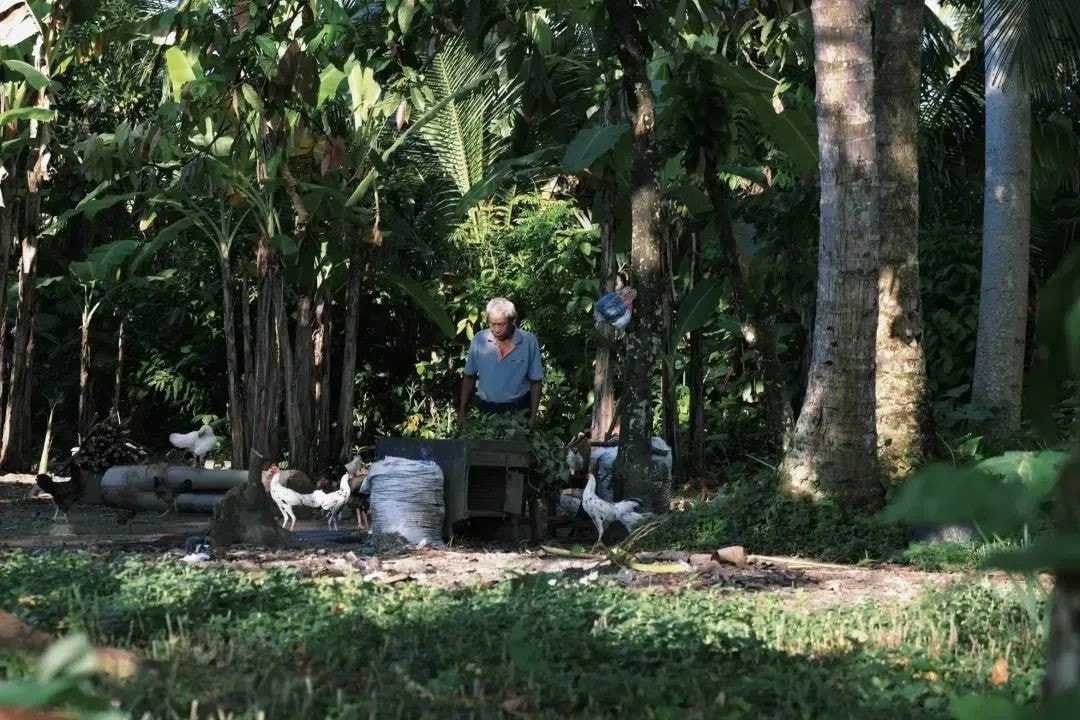
Image Source: ©Hoshino Resorts
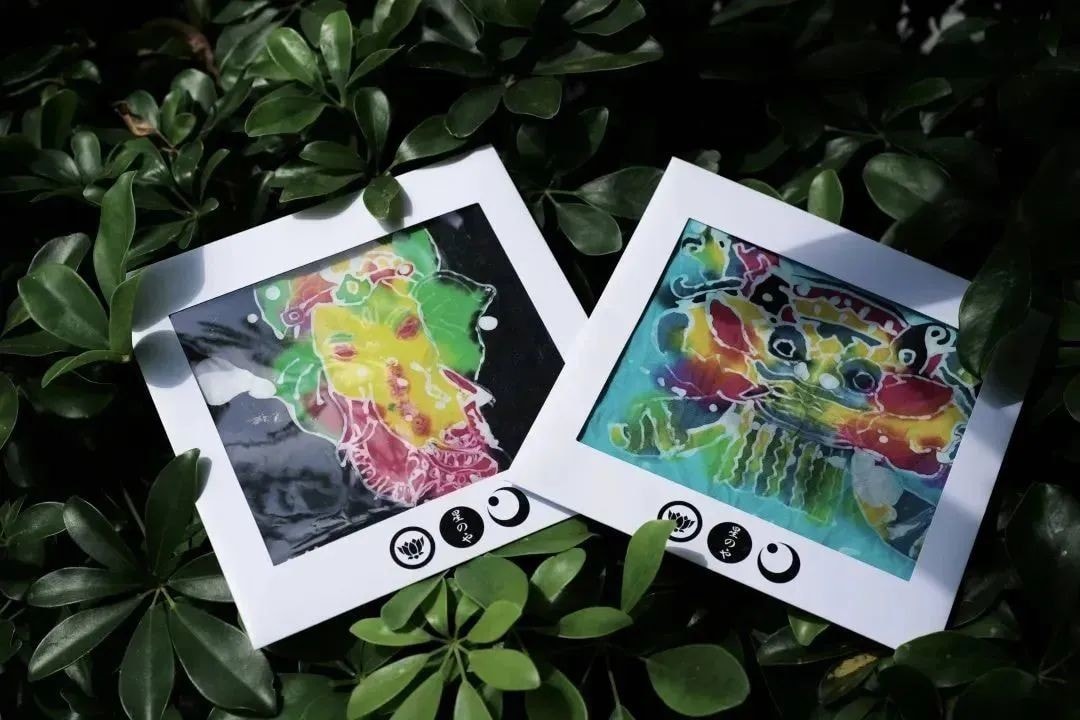
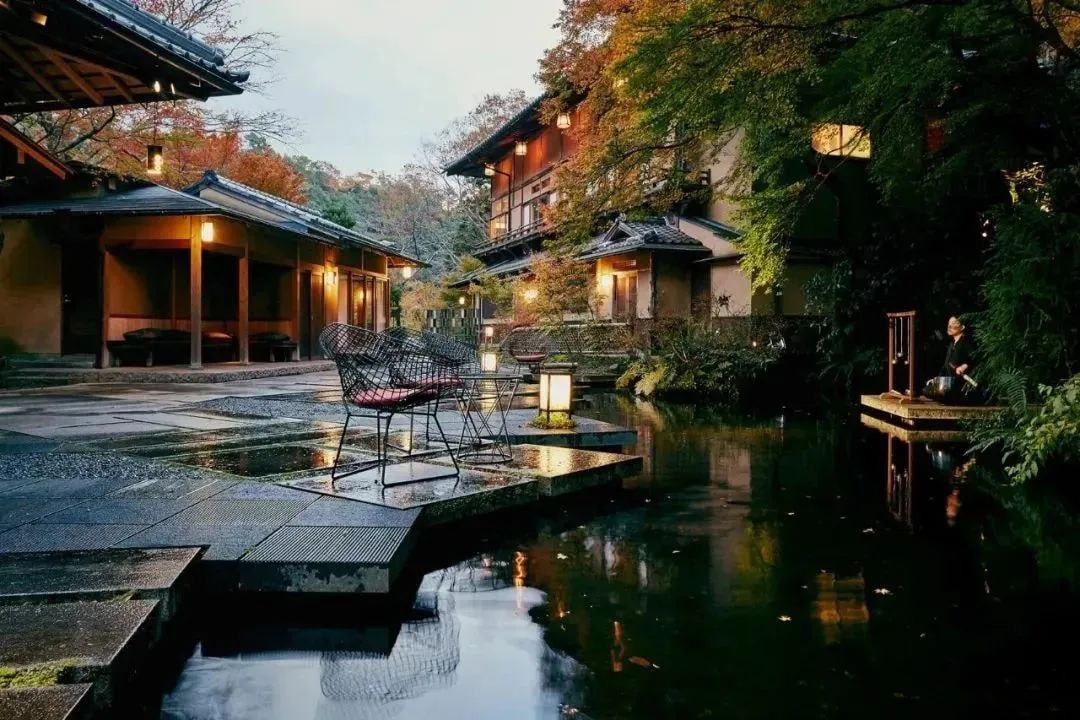
As the pinnacle of the Hoshino brand, Hoshinoya currently has eight locations worldwide. Six are in Japan—Karuizawa, Kyoto, Fuji, Taketomi Island, Okinawa, and Tokyo—and two are abroad, one in Bali, Indonesia, and one in Taiwan.
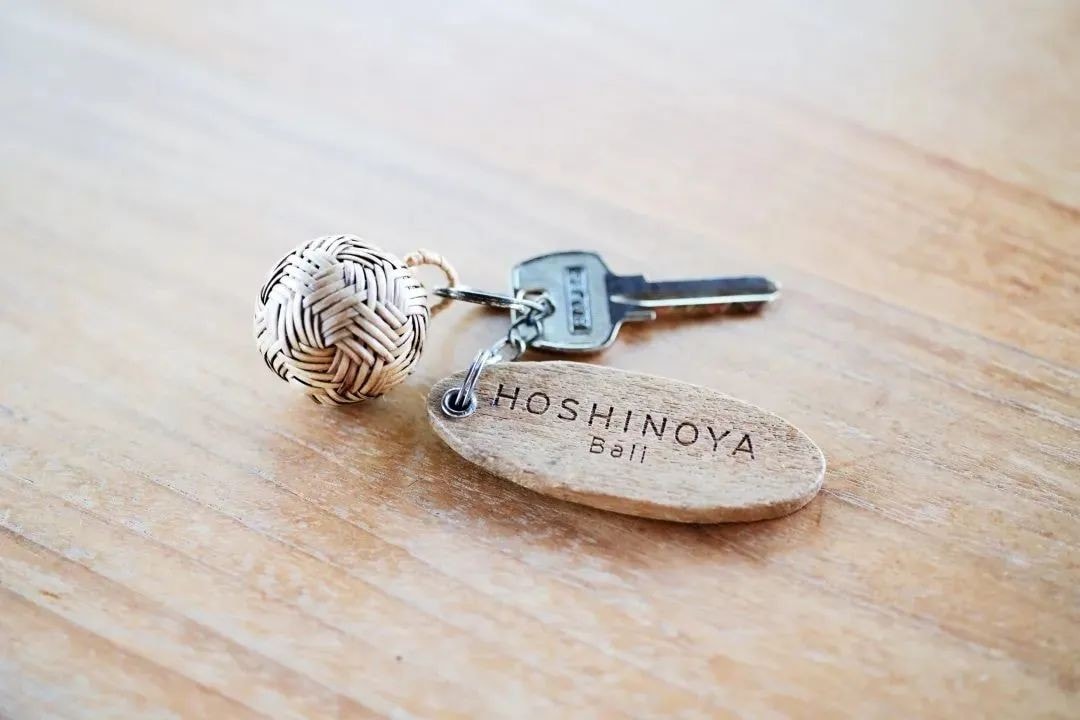
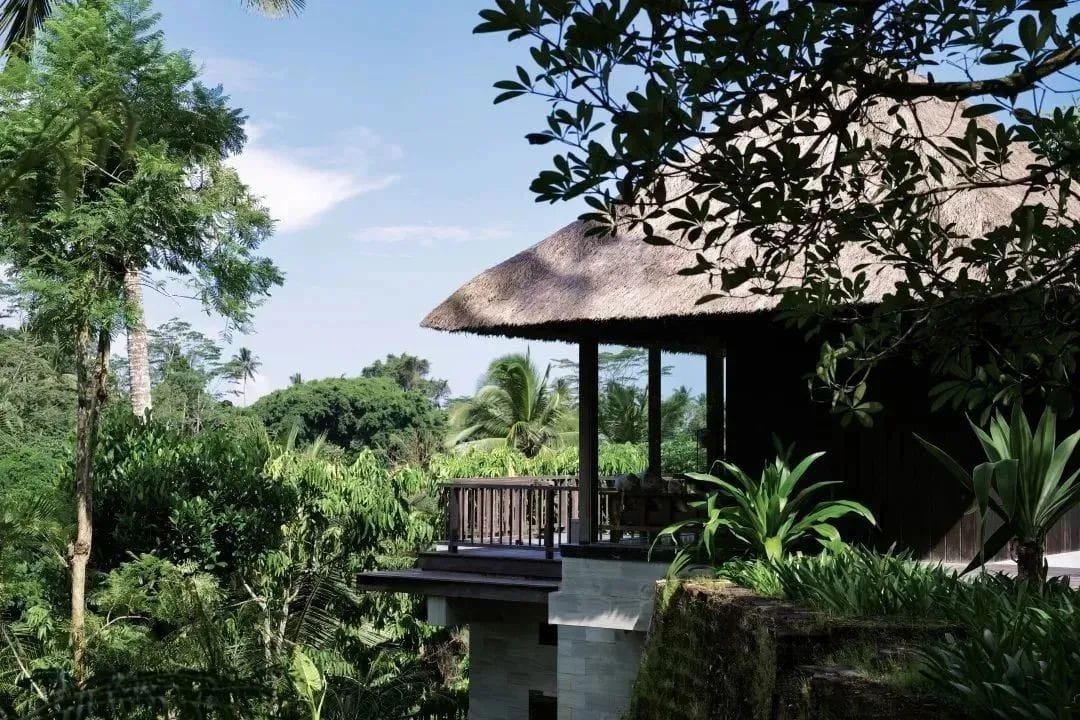
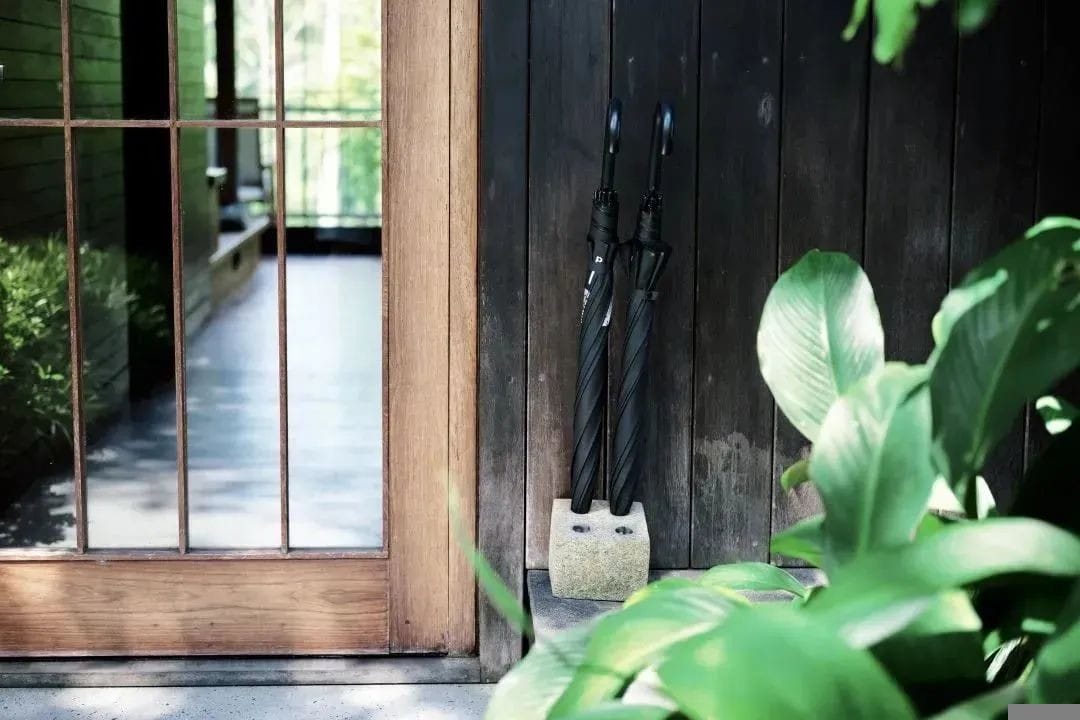
Photographer Nizi and I visited Hoshinoya Bali, the first Hoshinoya overseas and currently the most accessible one. Bali’s visa processes are much simpler than those for Japan. You can easily apply for an e-Visa online, making border crossing a smooth process.
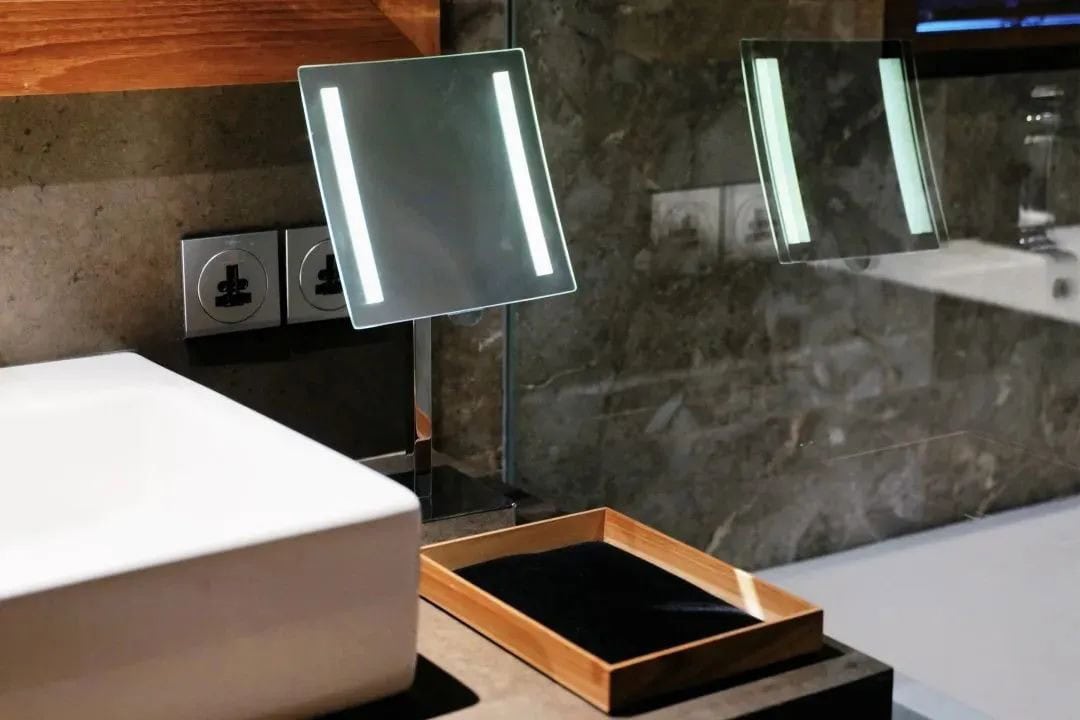
We spent a long time traveling from Hangzhou via Xiamen to Bali, taking 14 hours from morning to evening. It is much better now, as there are direct flights from Hangzhou to Bali.
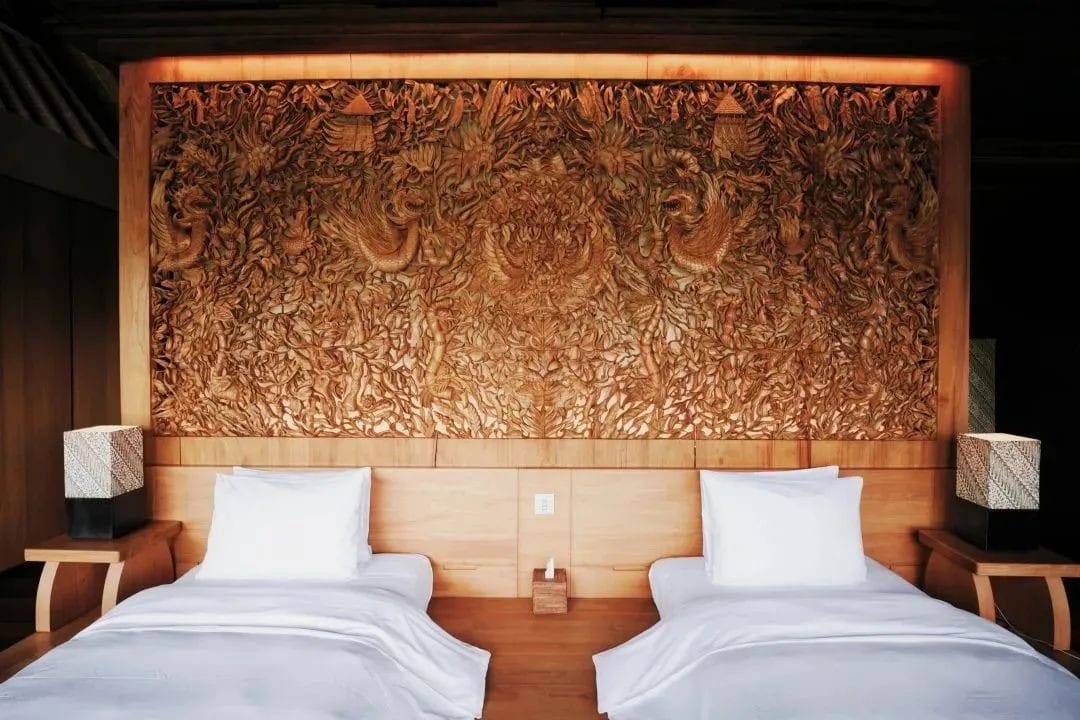
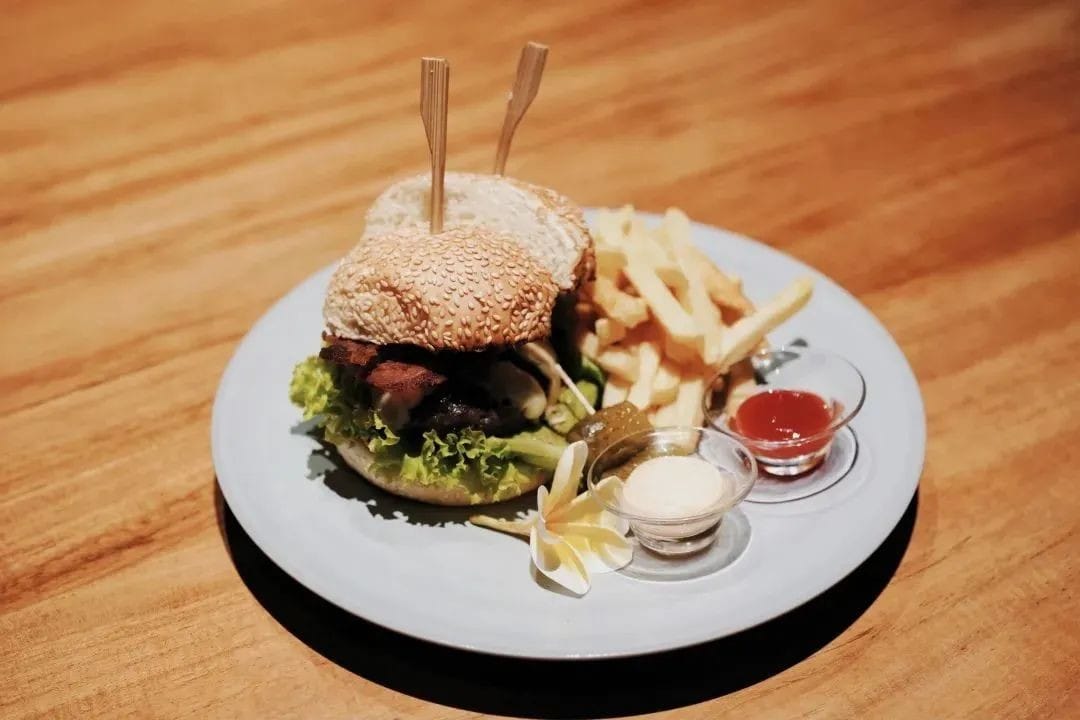
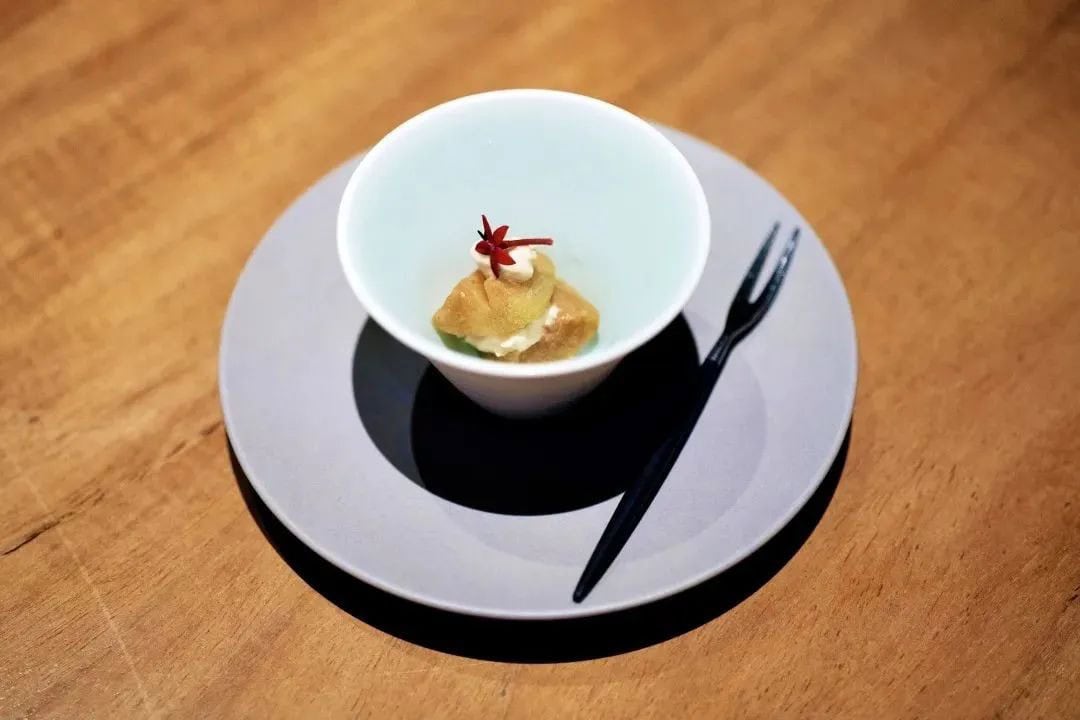
Many expensive luxury brands in Bali are clustered in Uluwatu, like Bulgari, Six Senses, Alila, and Jumeirah. The villa-only Hoshinoya Bali stands out by not choosing a coastal location but rather being in central Ubud.
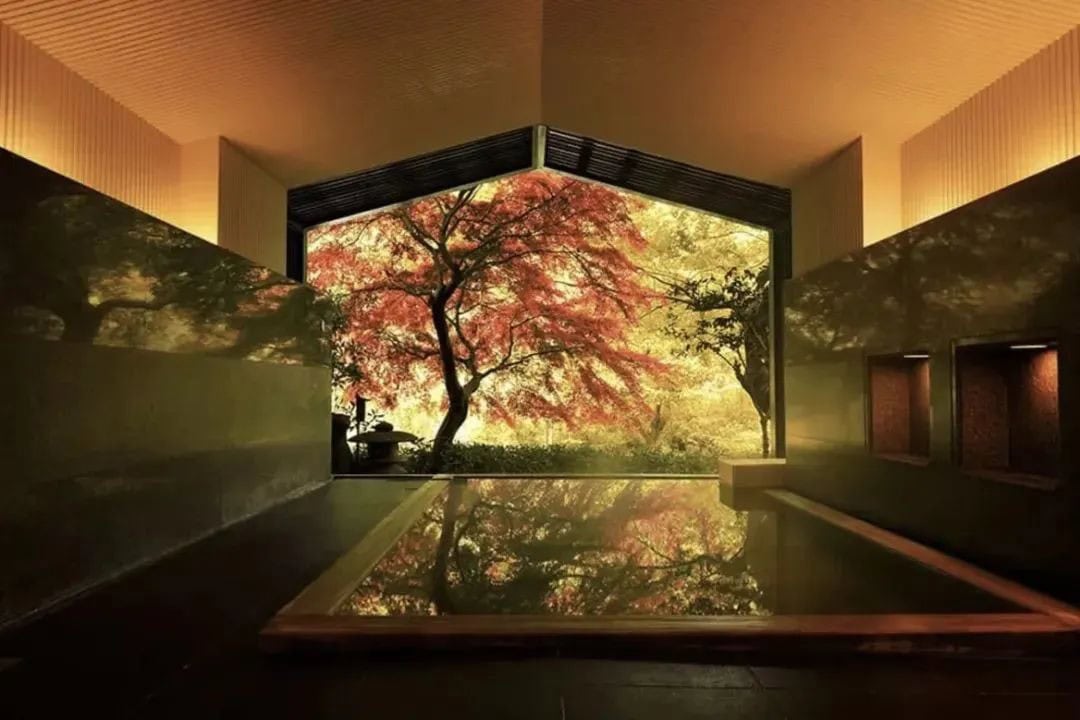
Ubud is said to be the “center of energy,” home to many world-class yoga masters. The healing movie “Eat Pray Love” was filmed in Ubud.
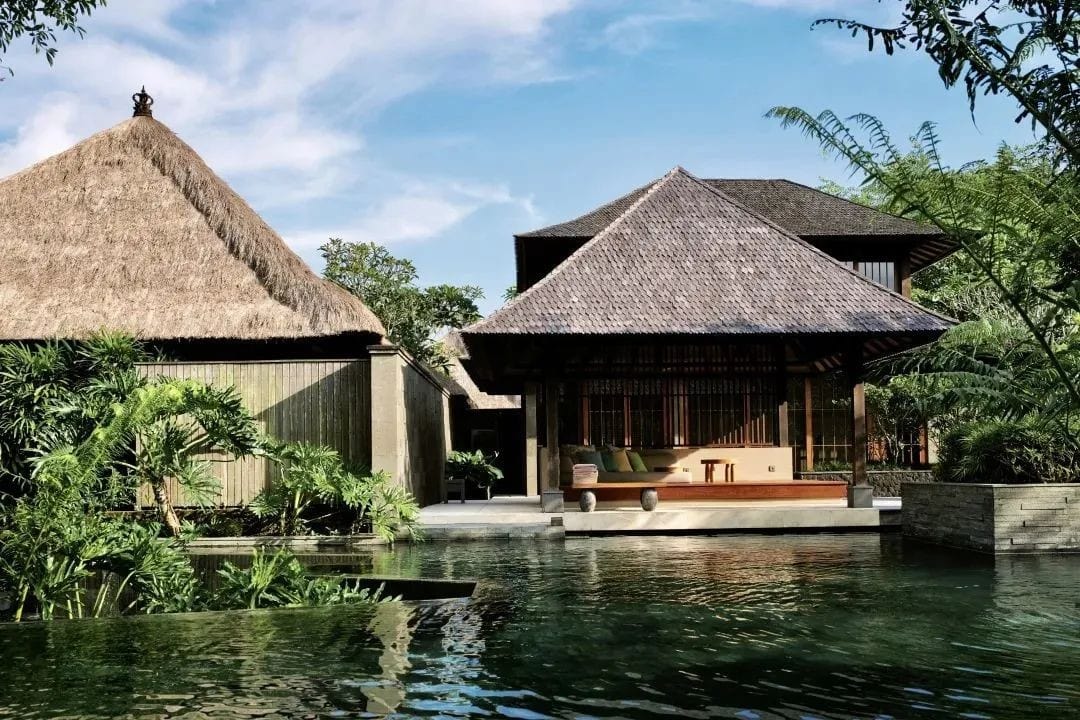
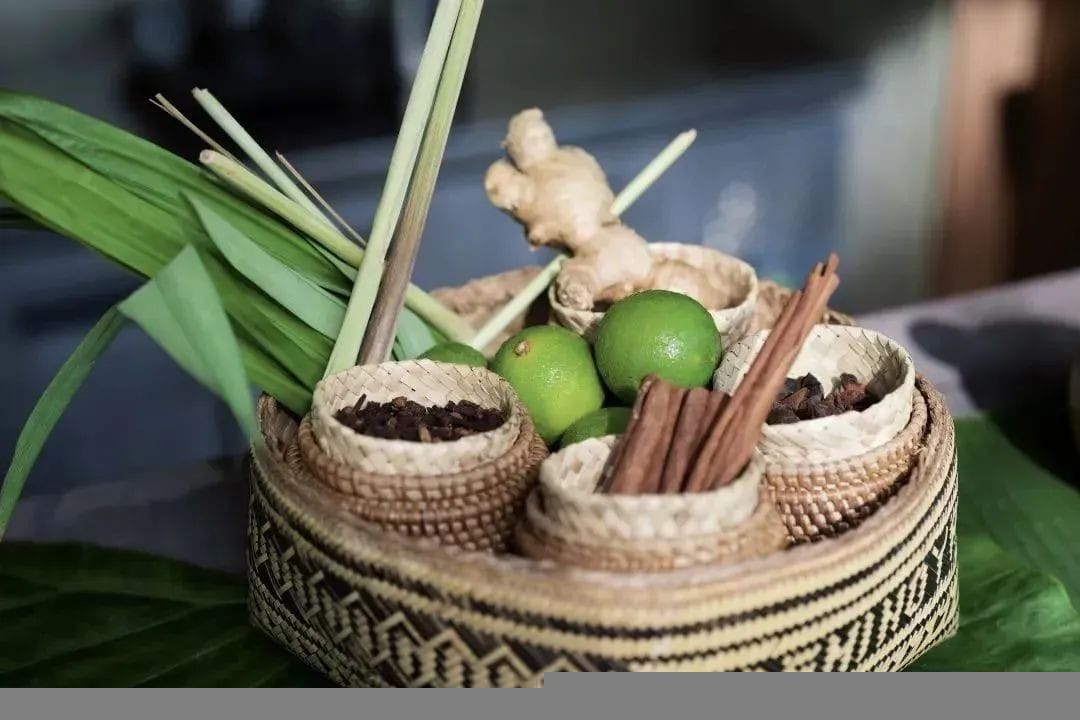
* Still from “Eat Pray Love”
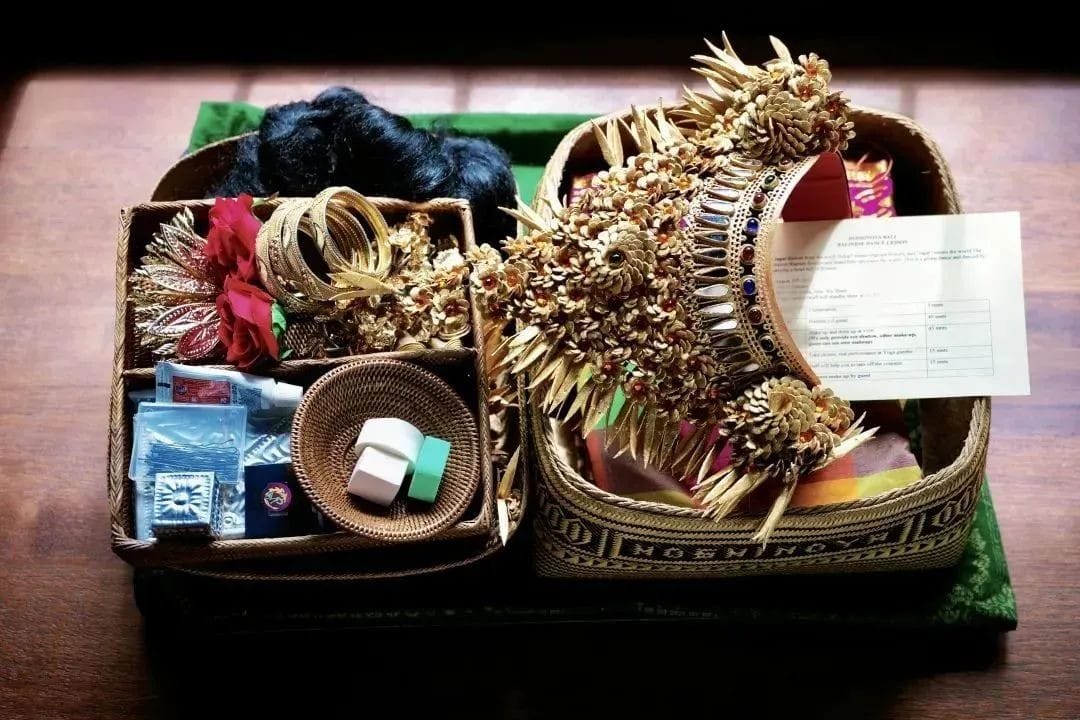
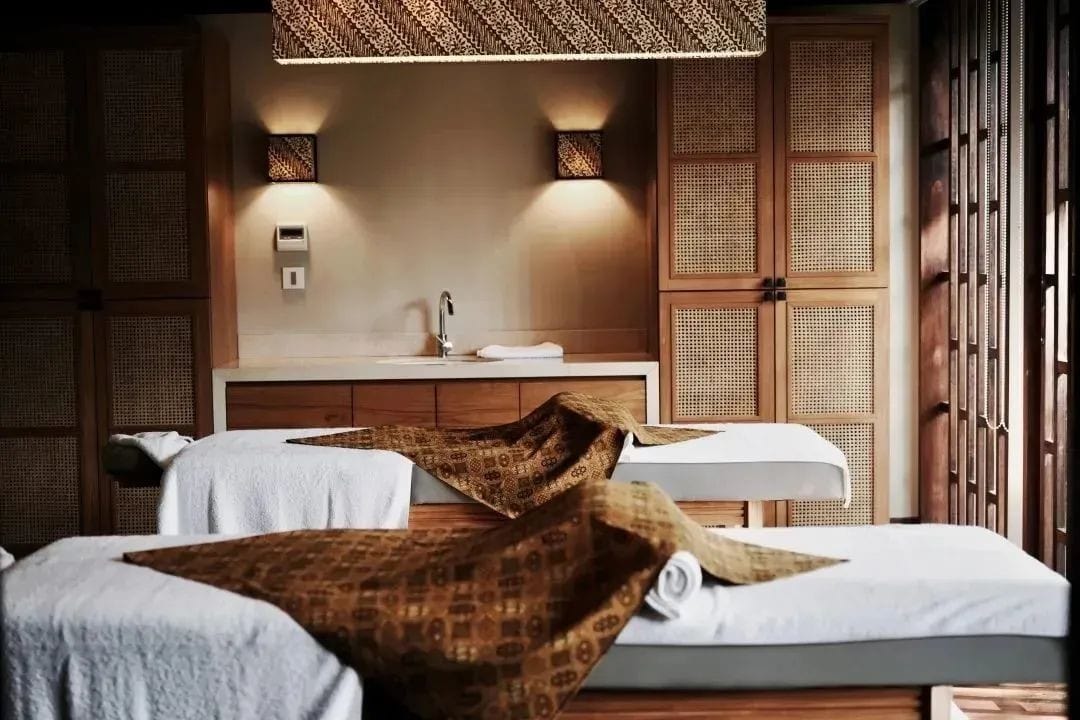
Hoshinoya Bali is surrounded by tropical rainforest, rice terraces, and sacred temples. It sits above a valley overlooking the holy Pakrisan River, offering absolute tranquillity.
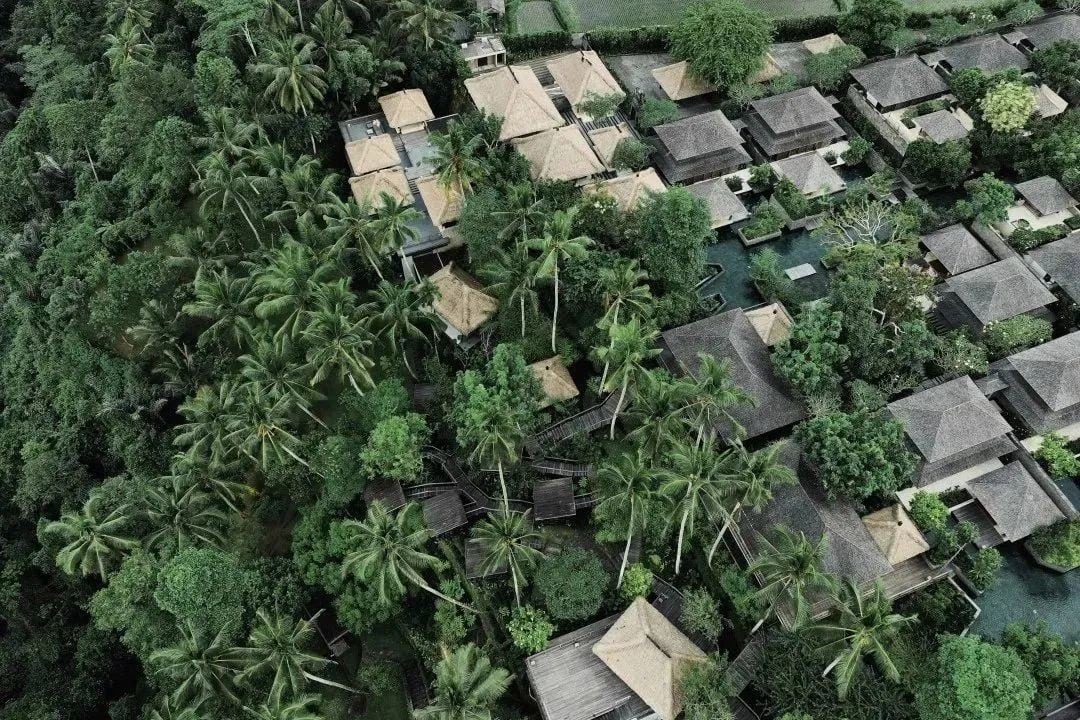
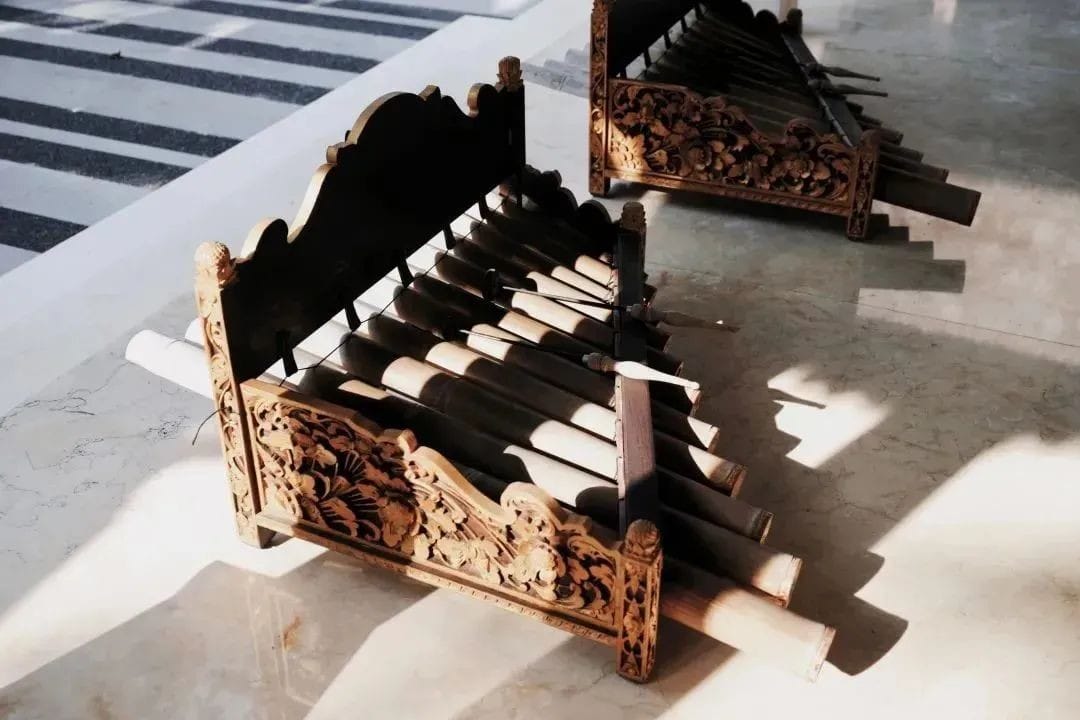
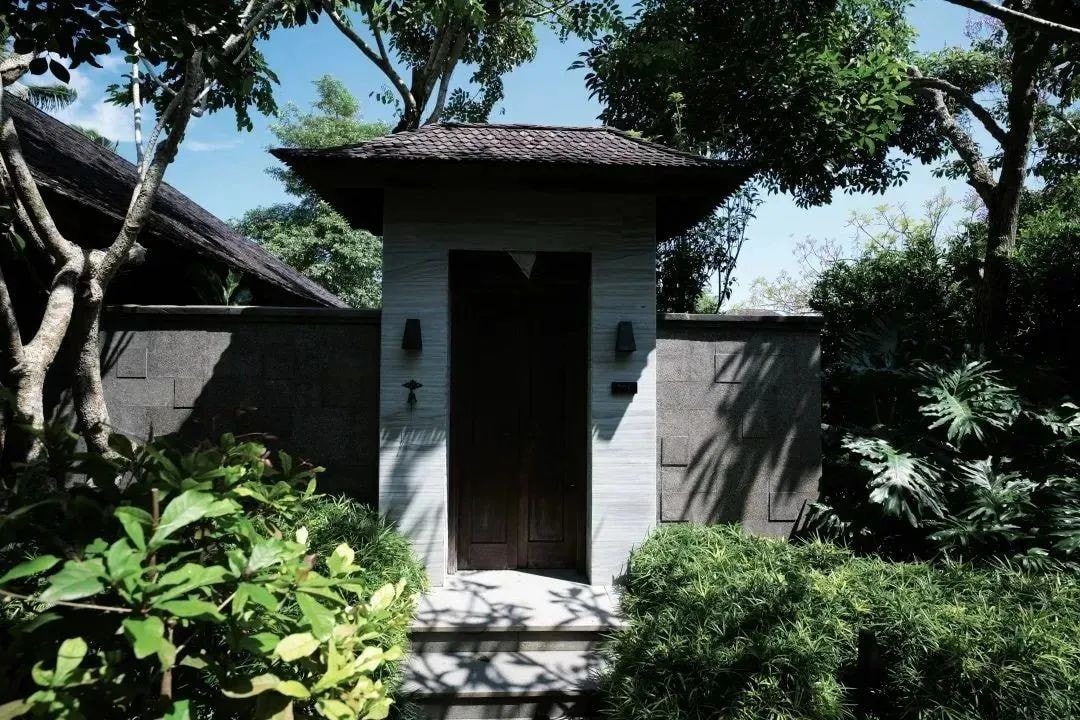
Although located on an island, Hoshinoya Bali retains a Japanese Zen aesthetic.
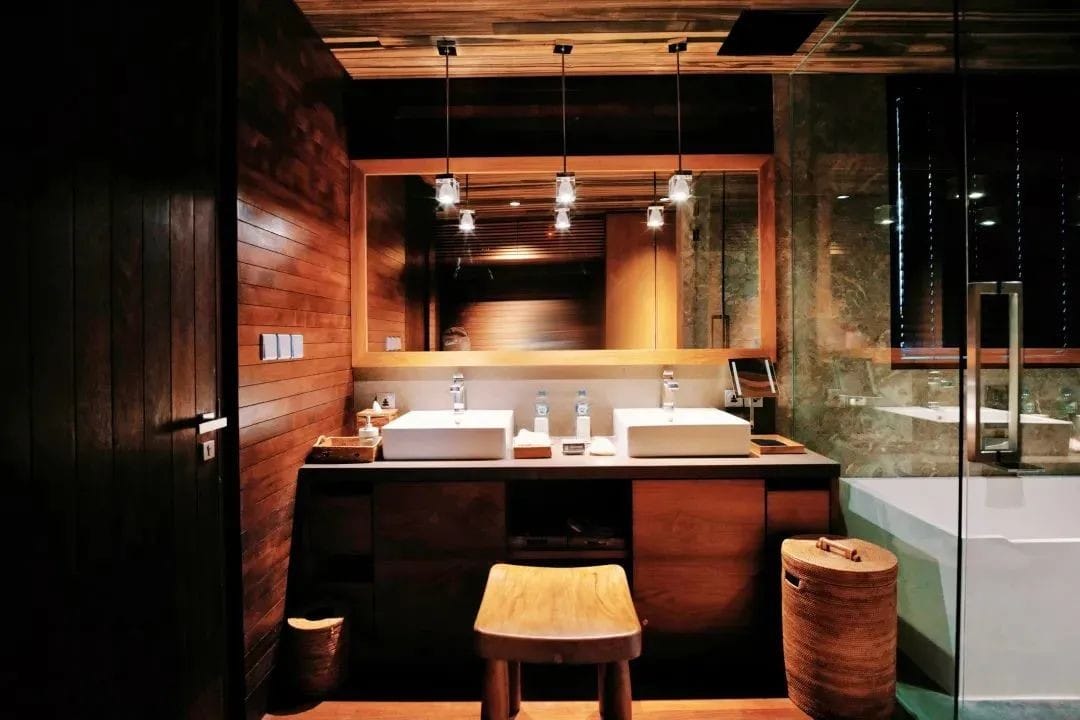
In terms of hardware, many hotels can splurge, but luxury brands win with taste and attention to detail. Especially with Hoshinoya coming from Japan, it takes the art of minimalism to its extreme, allowing guests to immediately grasp the essence.
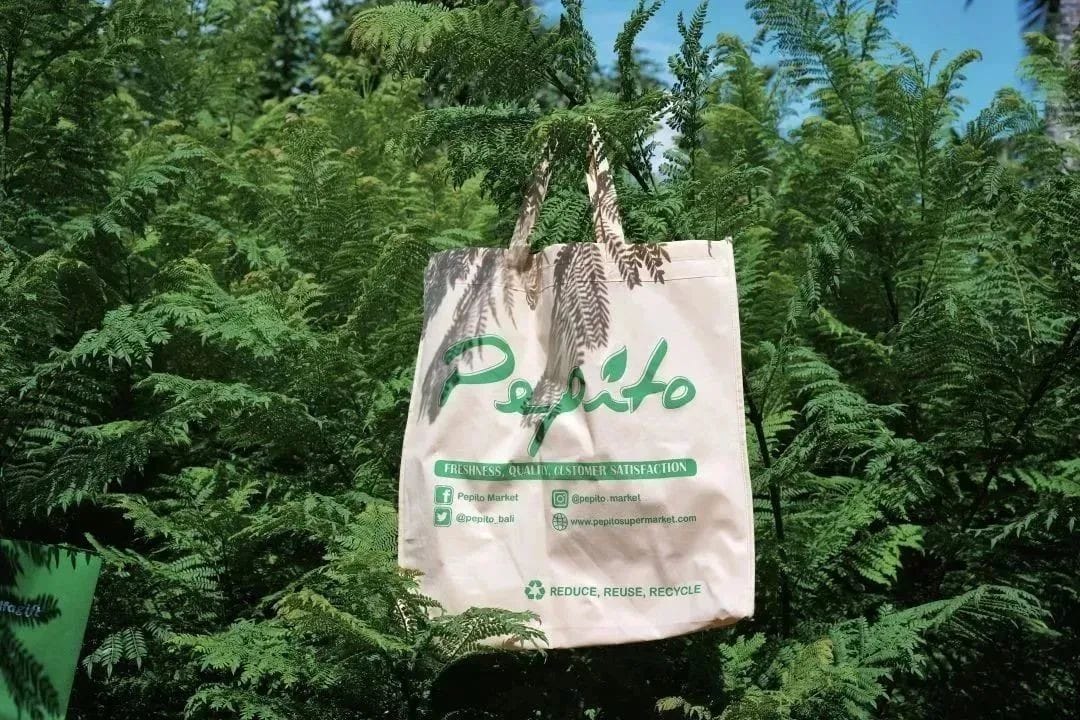
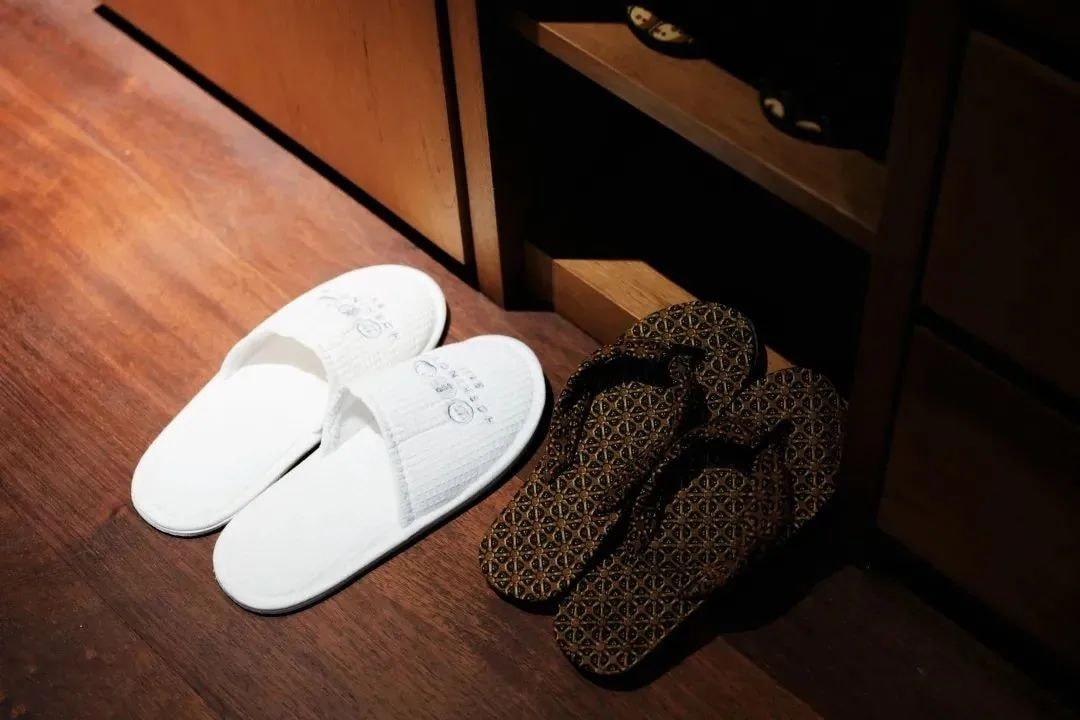
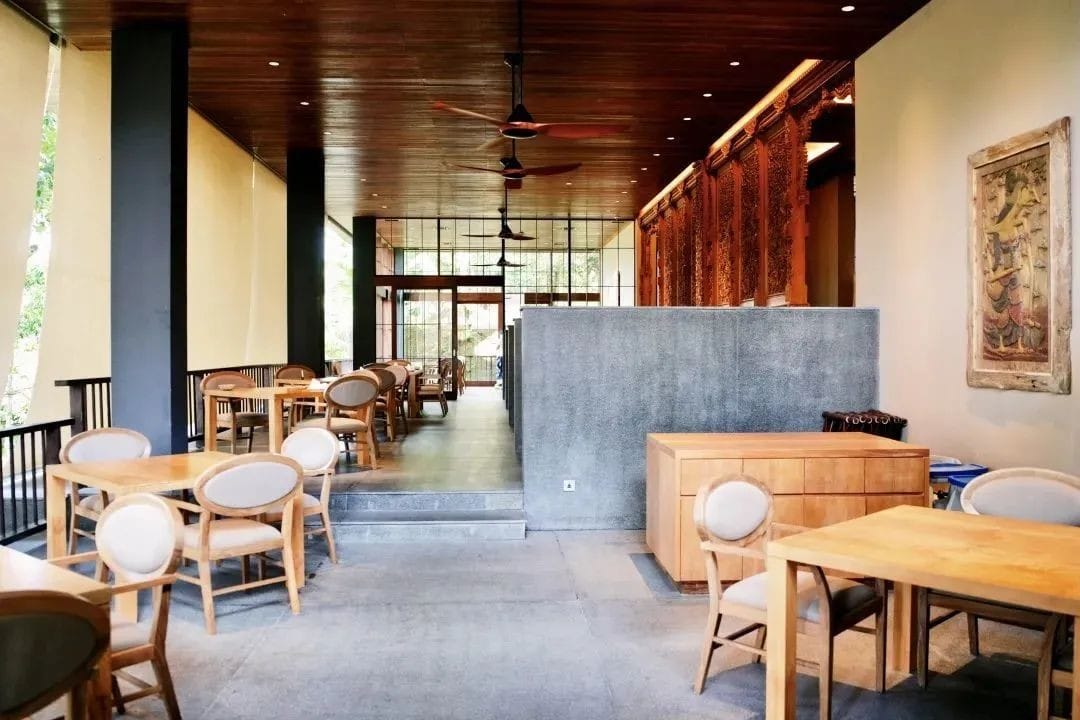
For instance, the hotel’s birdcage is entirely different from the traditional Balinese birdcage—it is an open space made of steel, bringing guests infinitely close to the rainforest.
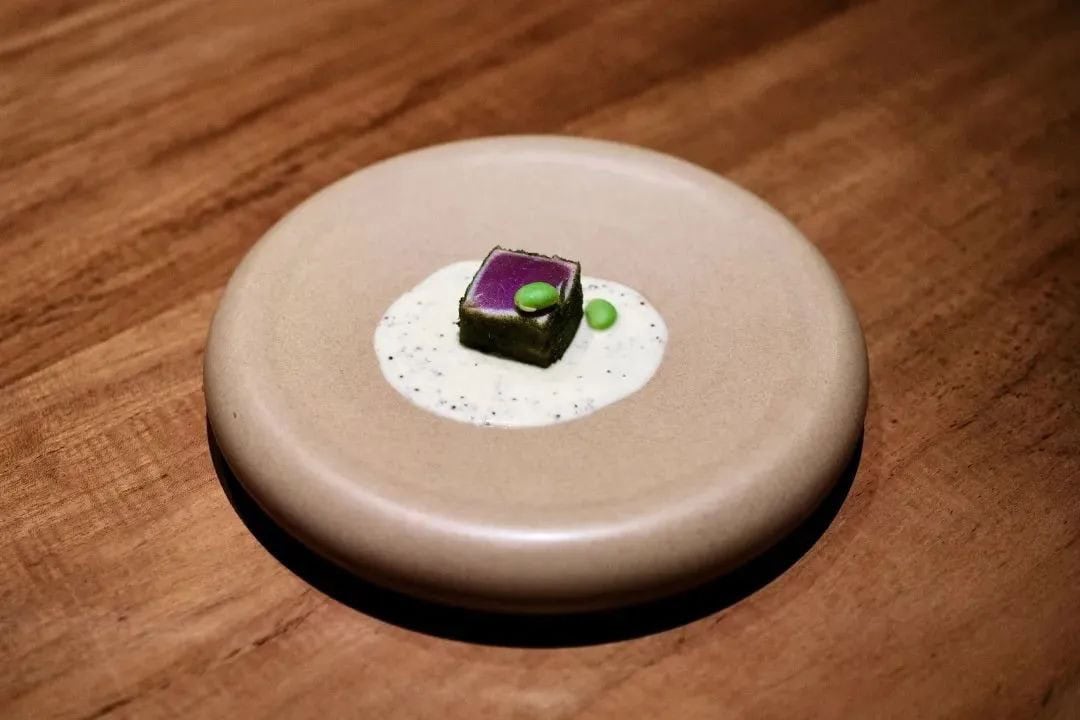
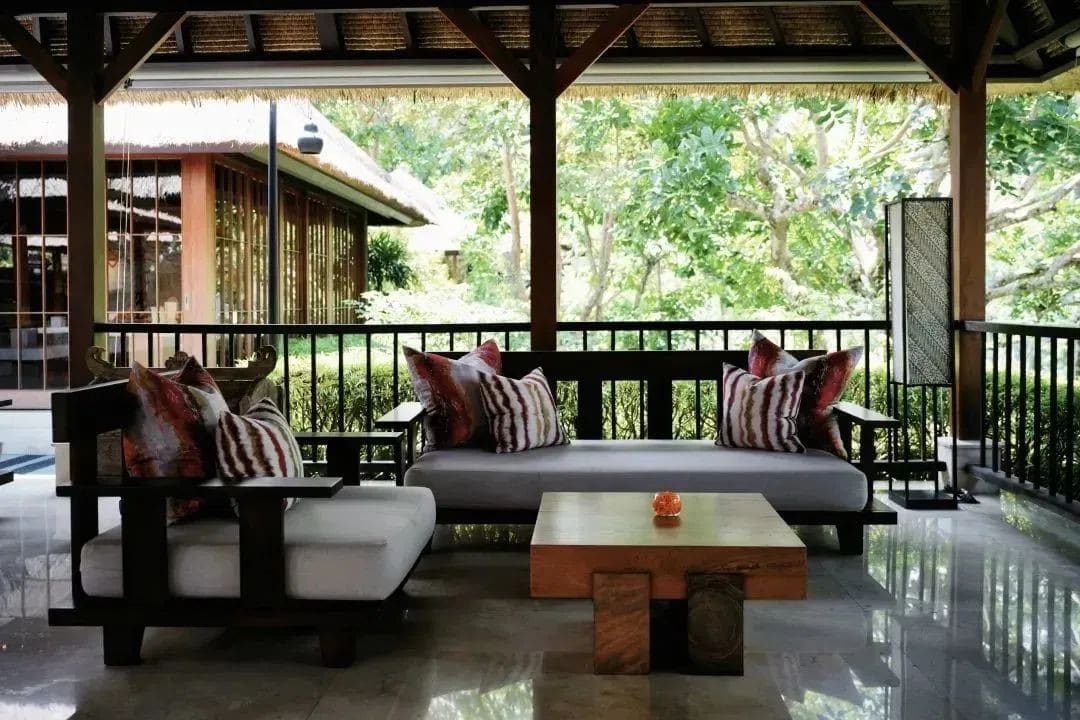
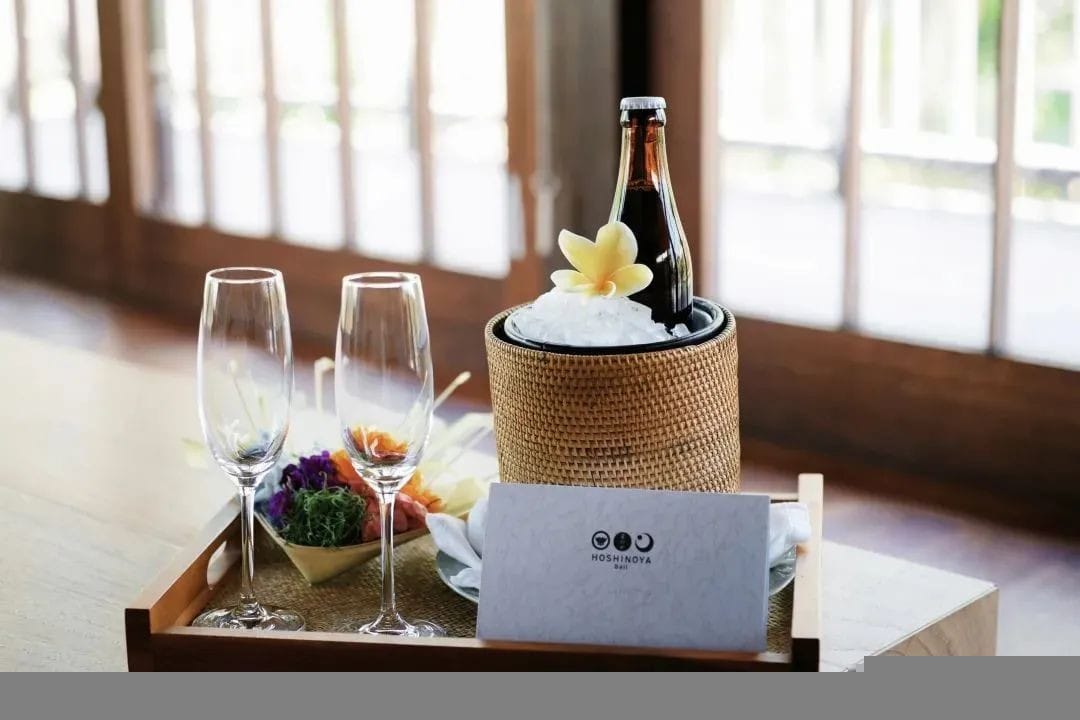
The hotel’s front entrance itself is a work of art. Instead of heading straight to check-in, we stopped and admired it for a long time, as it was covered in traditional Indonesian stone carvings.
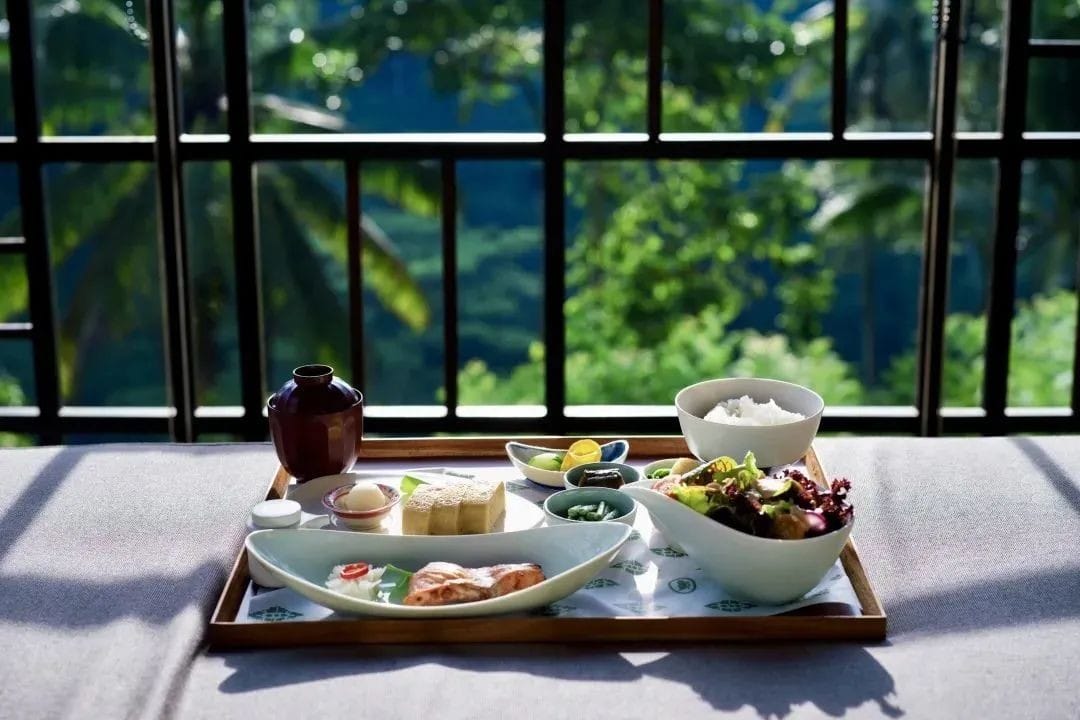
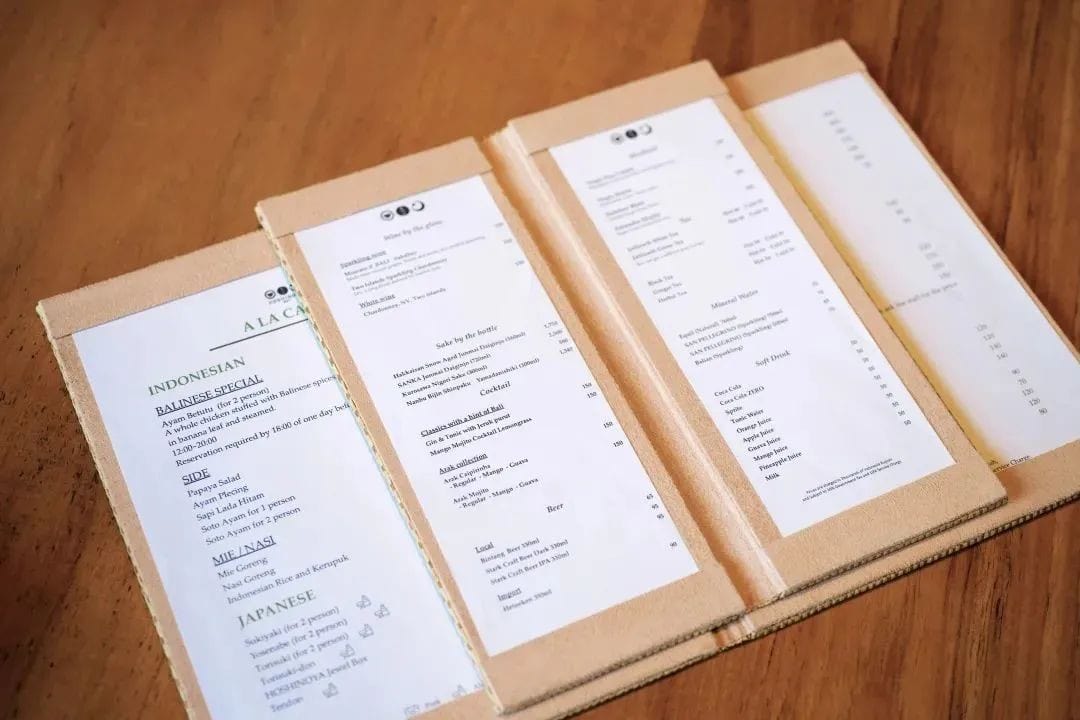
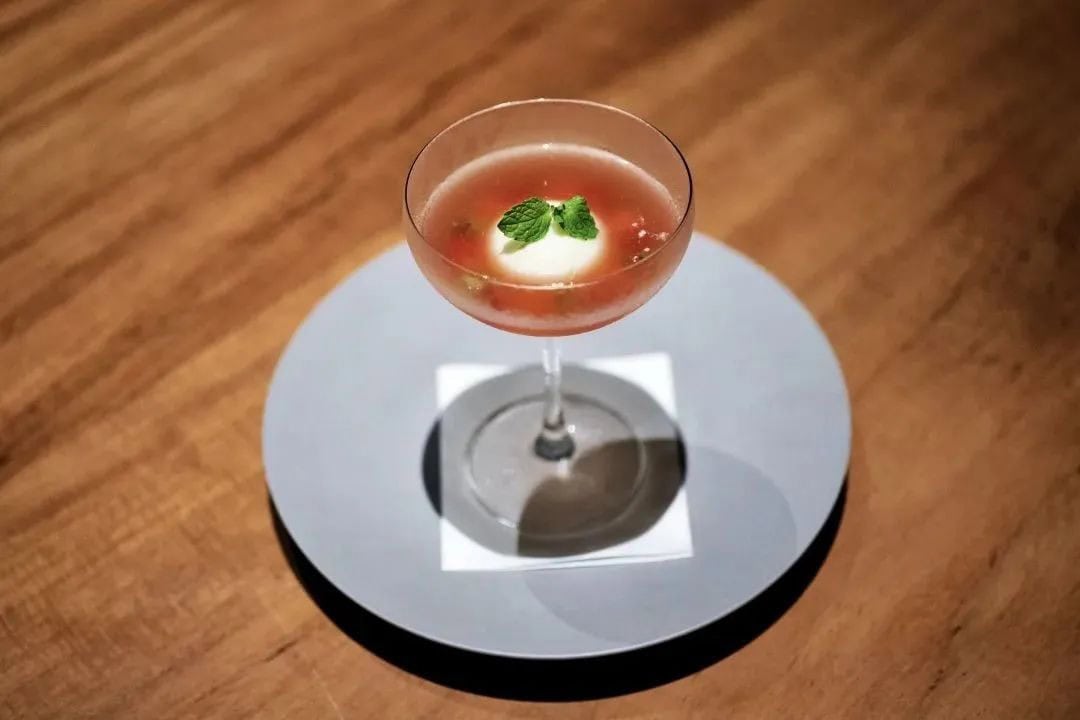
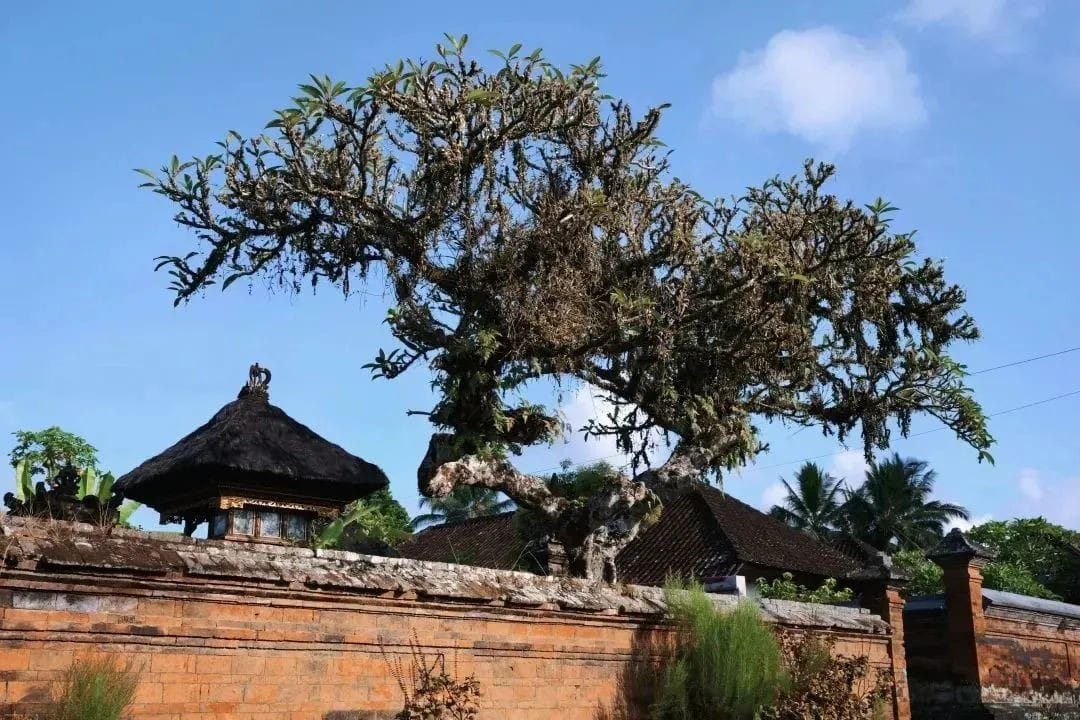
In the open lobby, Hoshinoya Bali didn’t overwhelm with numerous art pieces. Instead, it displayed just a large drum and gamelan instruments, piquing our interest to learn more about them.
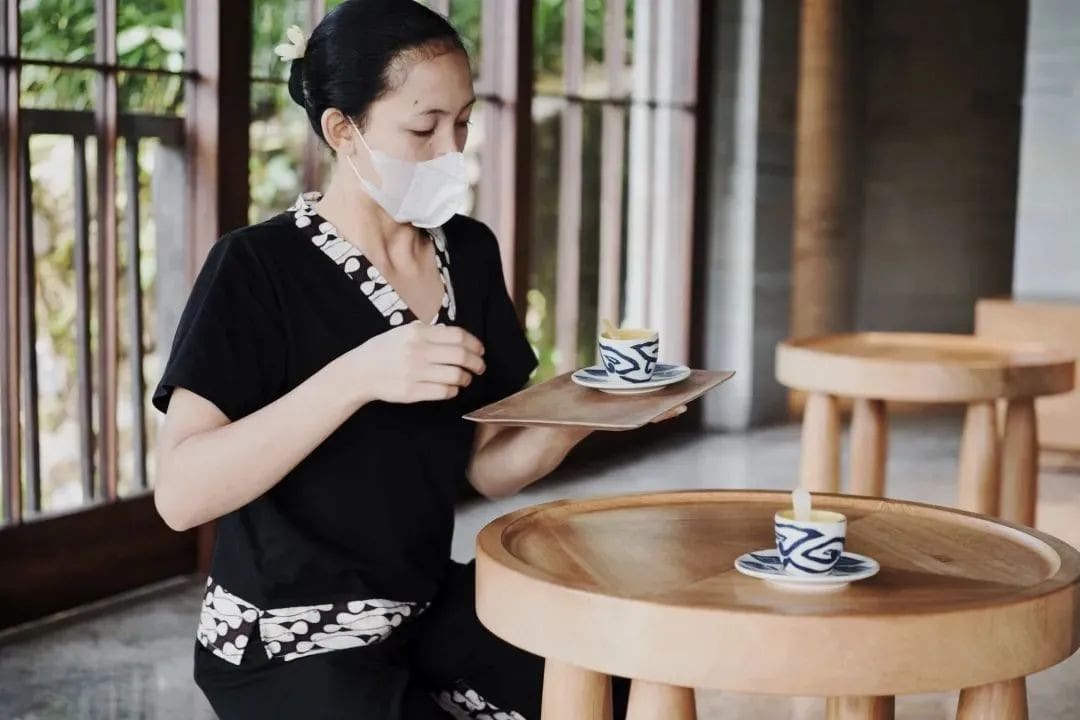
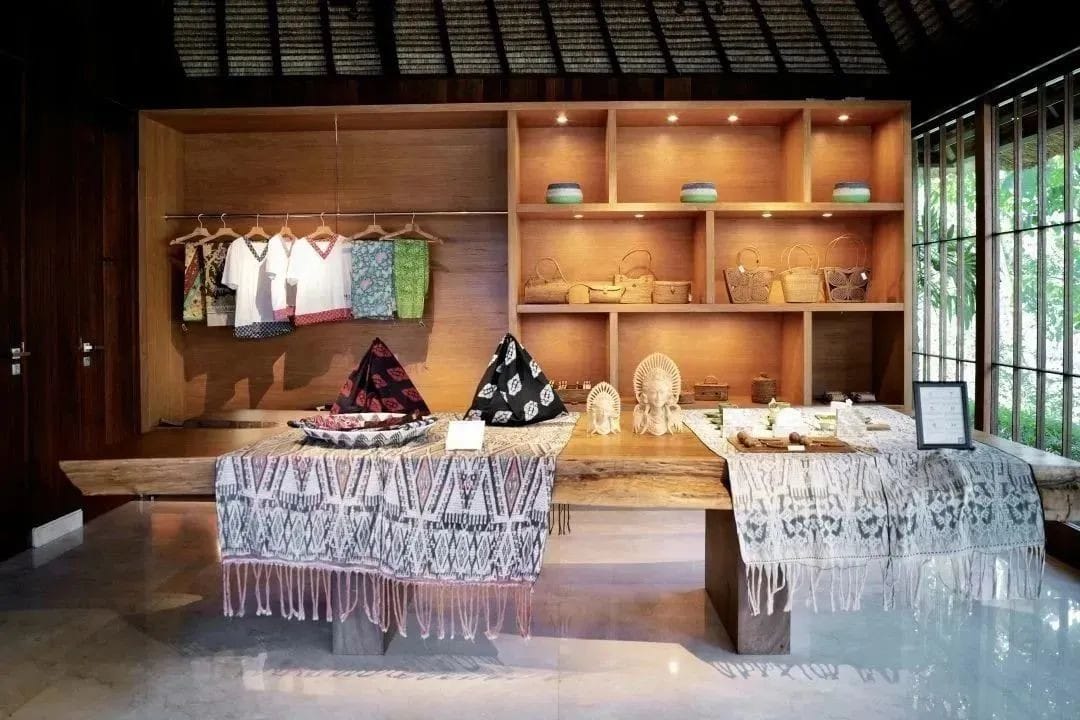
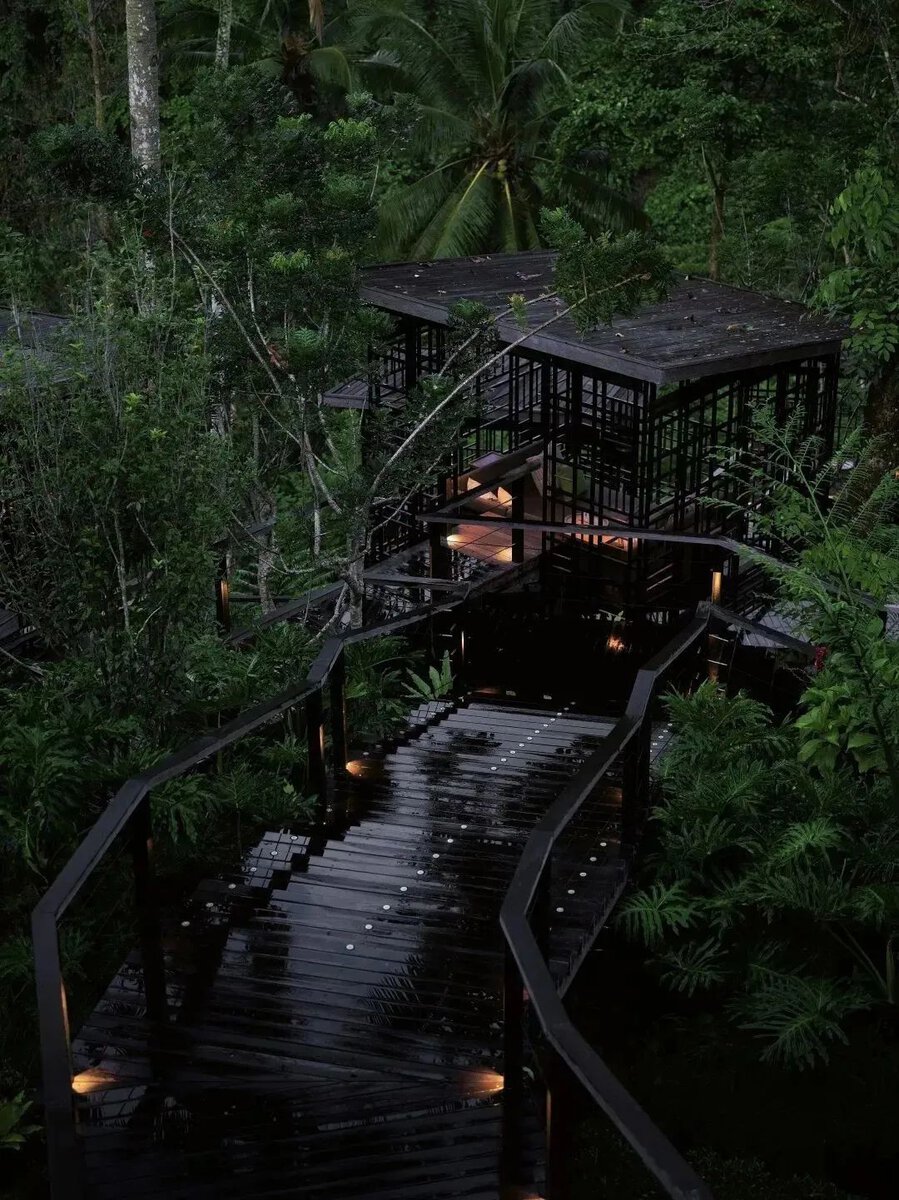
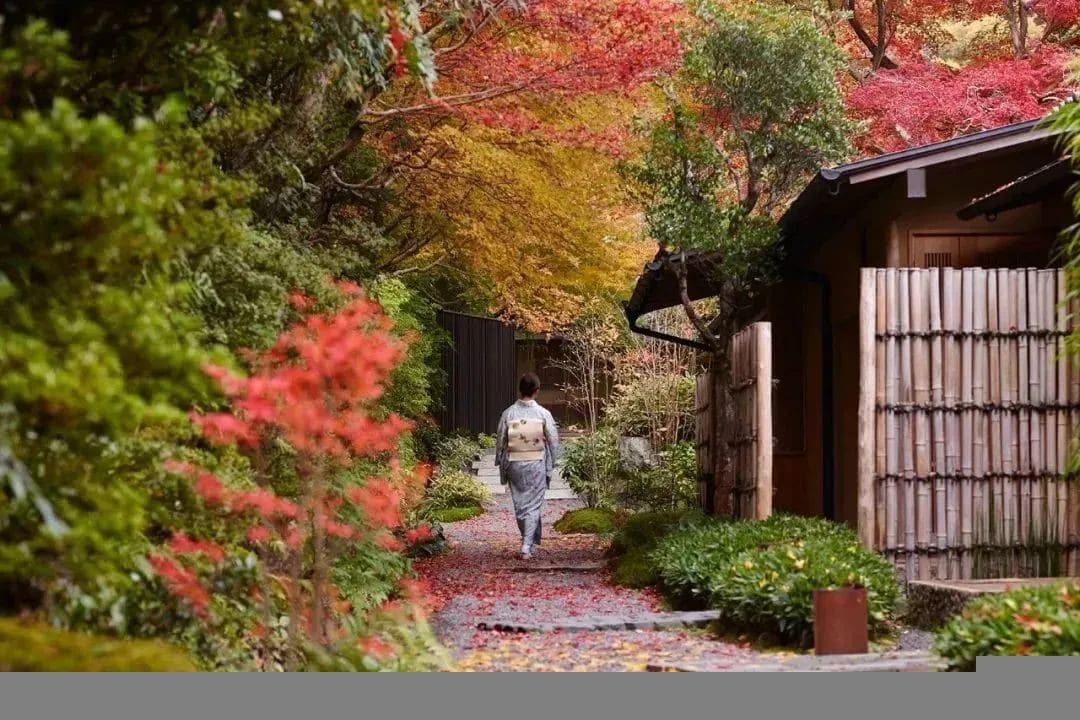
The check-in process was very comfortable. There was no waiting at a counter; we simply sat in a thatched hut while the staff brought us ice-cold towels and white tea sourced from the local Jatiluwih terraces in Ubud. In between a bit of rest, we just handed over our passports and filled out some information.
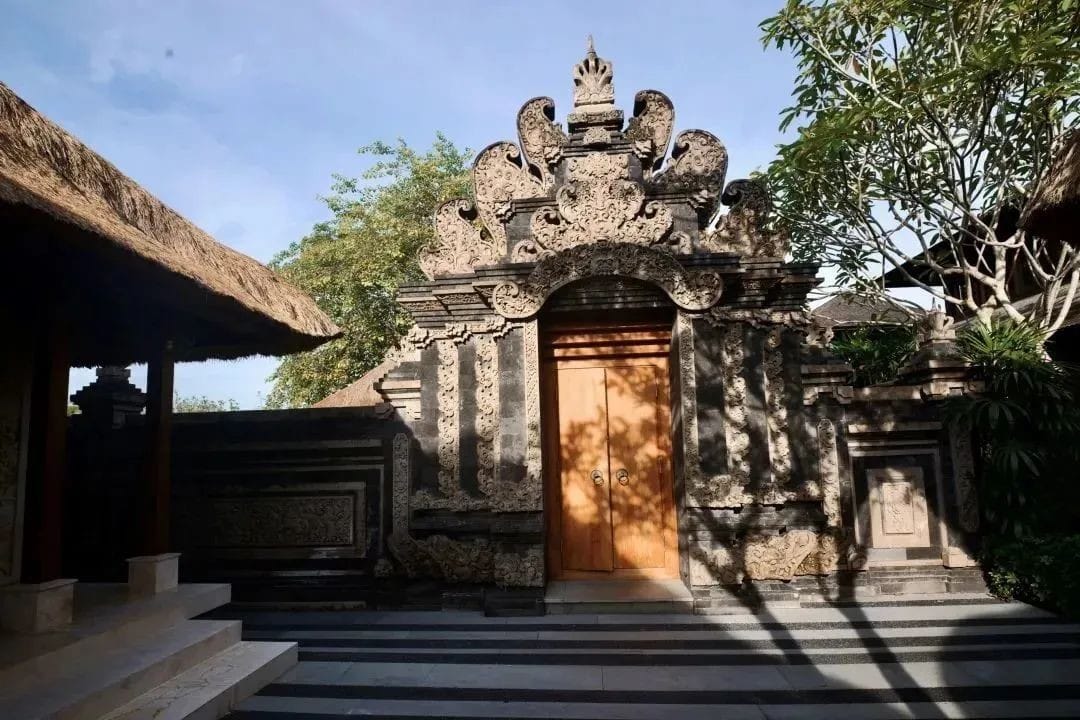
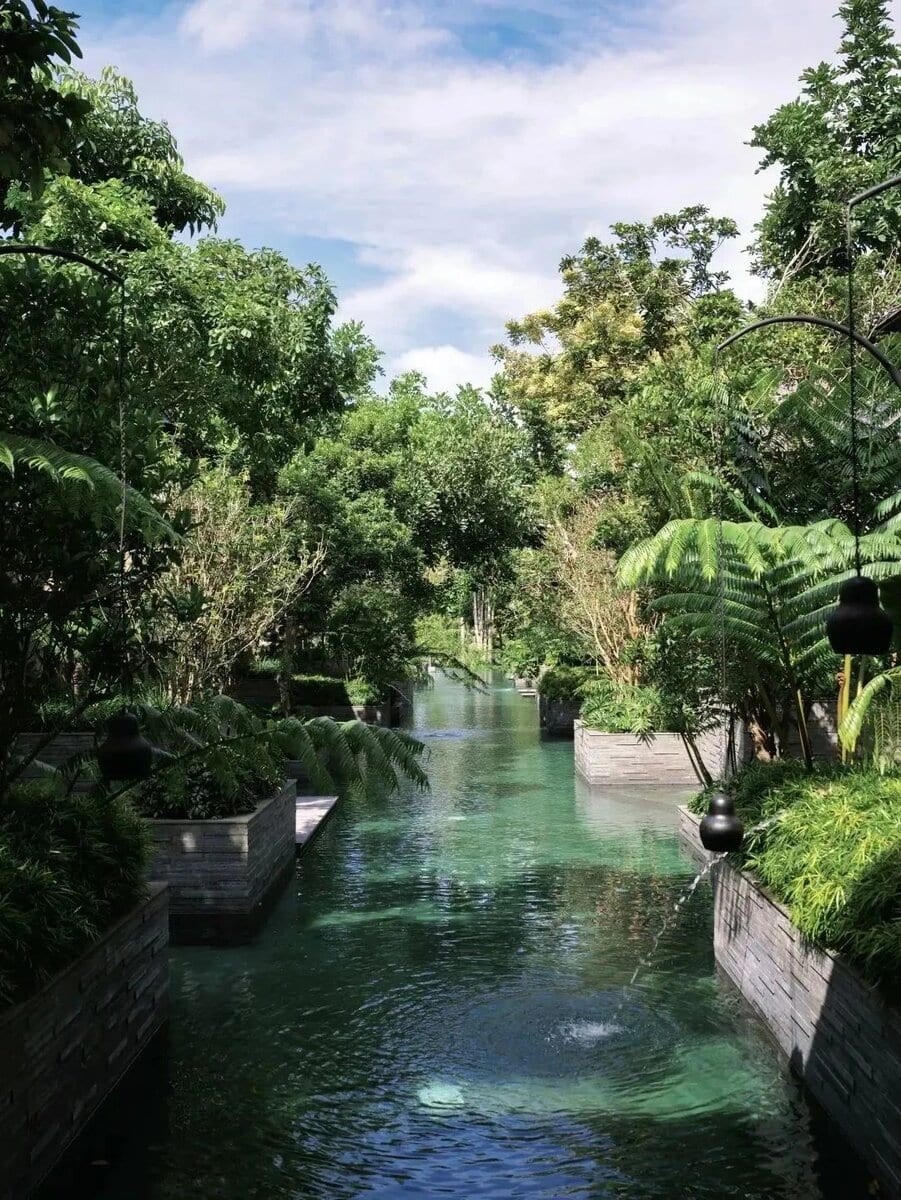
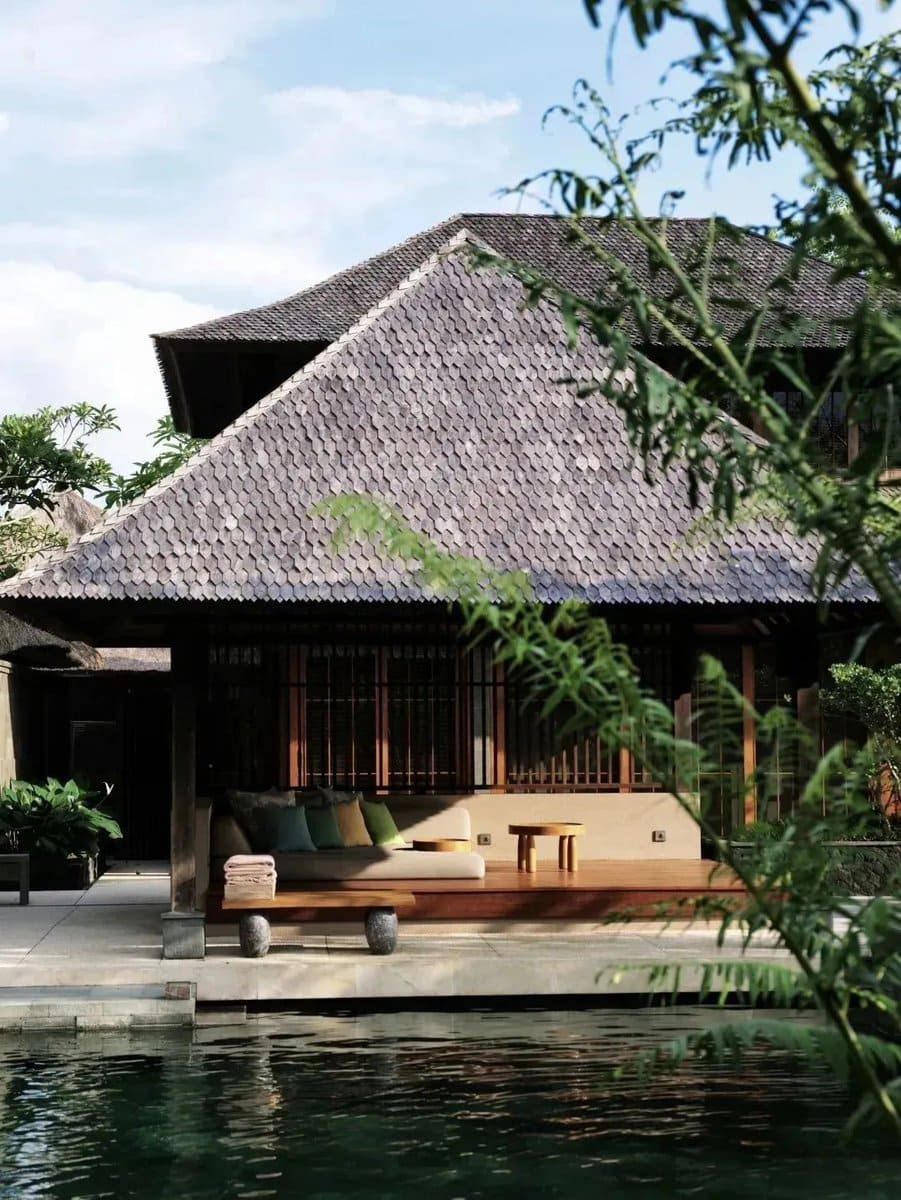
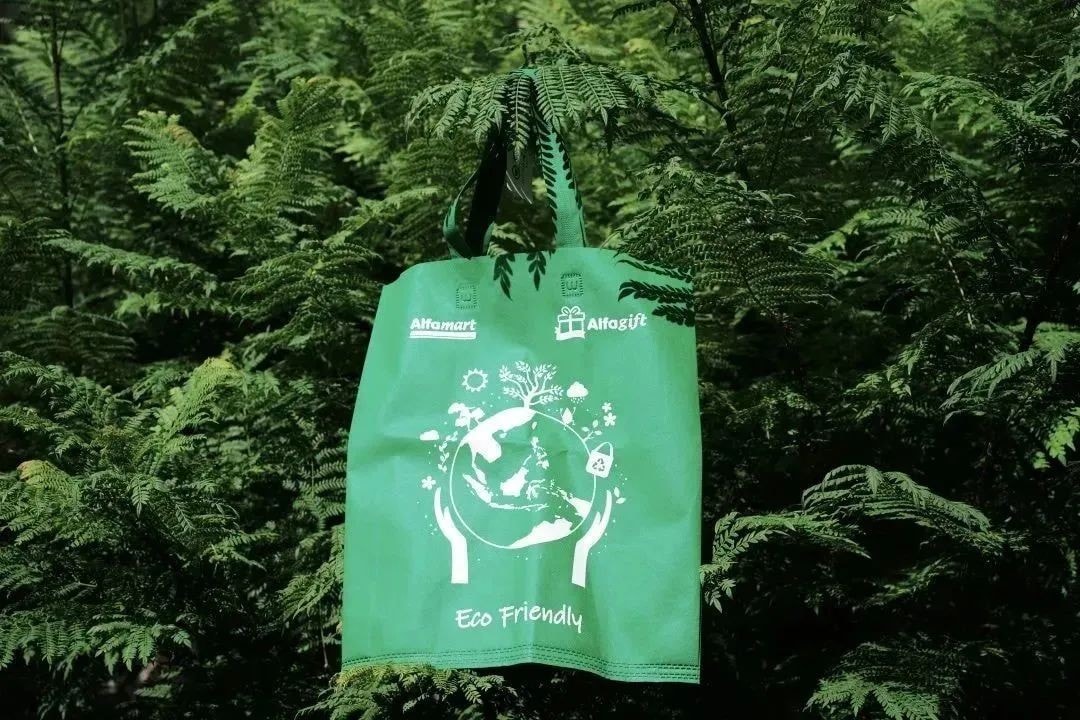
The butler also provided a packet containing the hotel’s map, shuttle schedule, and activity calendar. Each villa had a private butler who could be contacted via WhatsApp, available 24/7, making dining and activities very convenient to arrange.
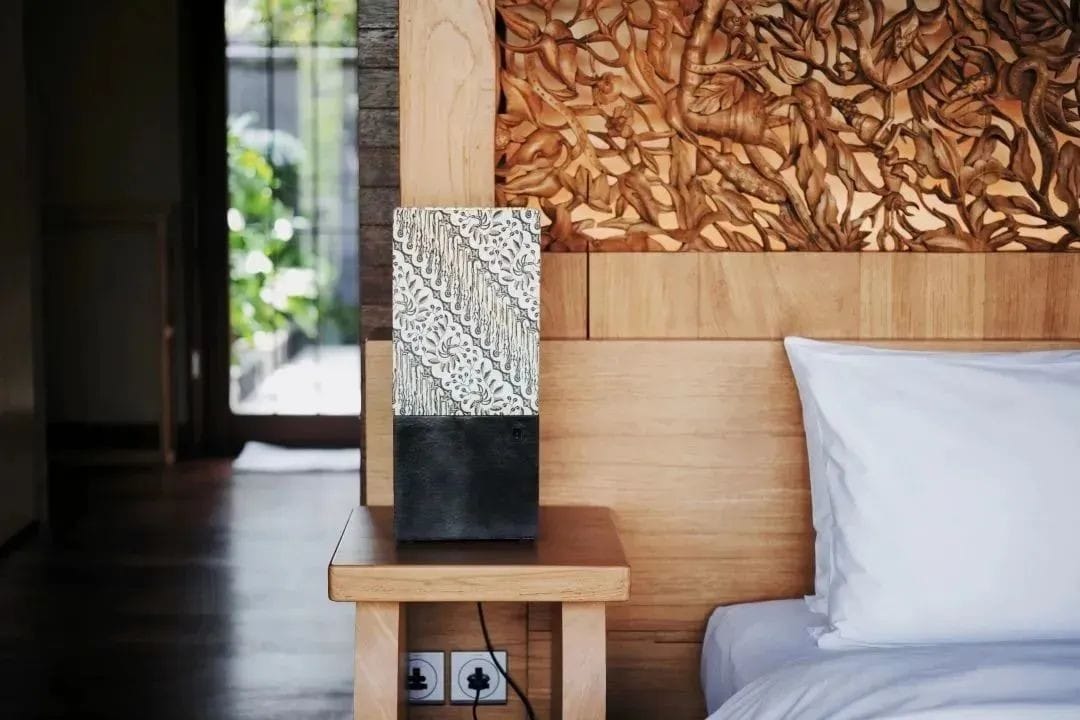

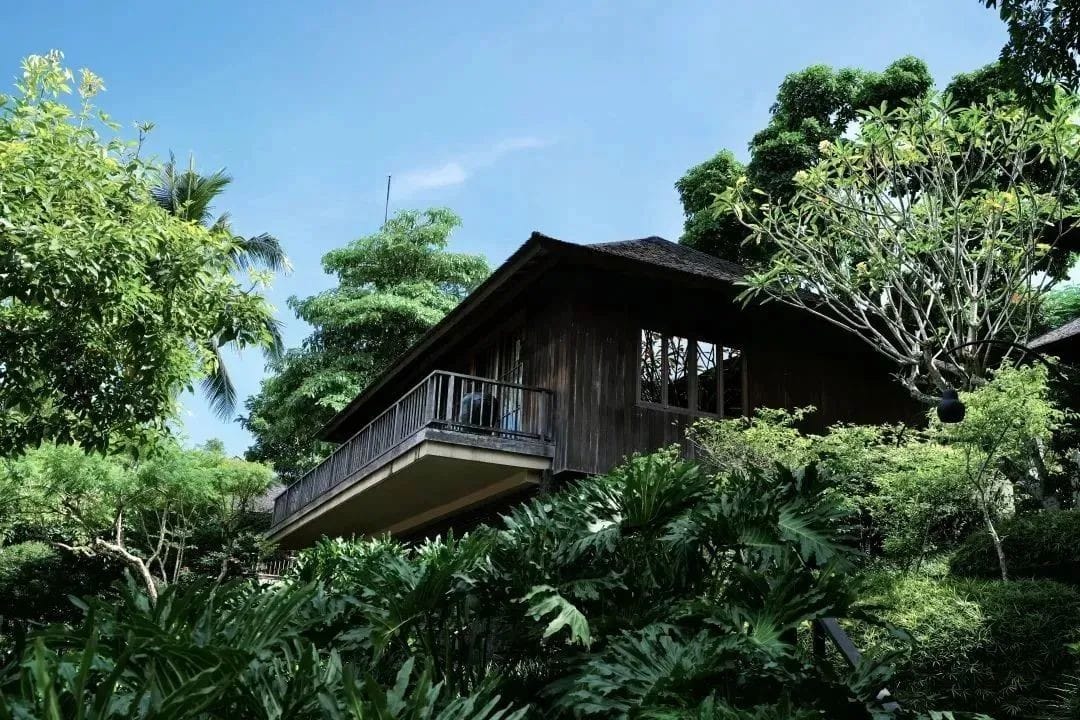
It’s important to note that the hotel’s staff speak English, and the restaurant menus are also entirely in English.
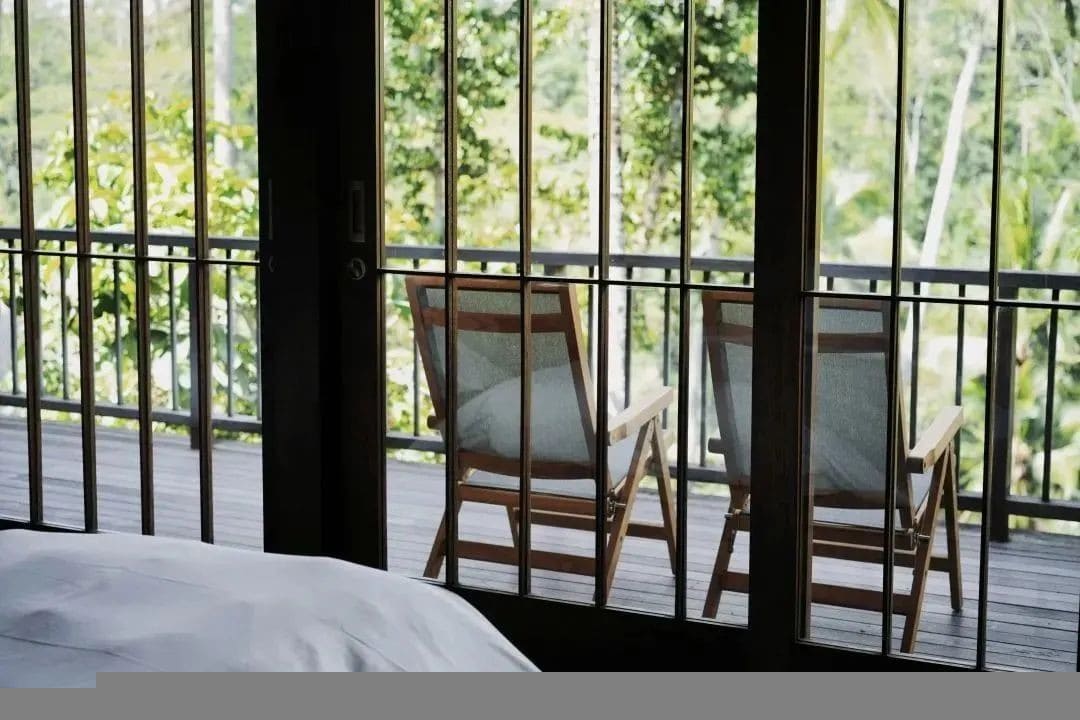
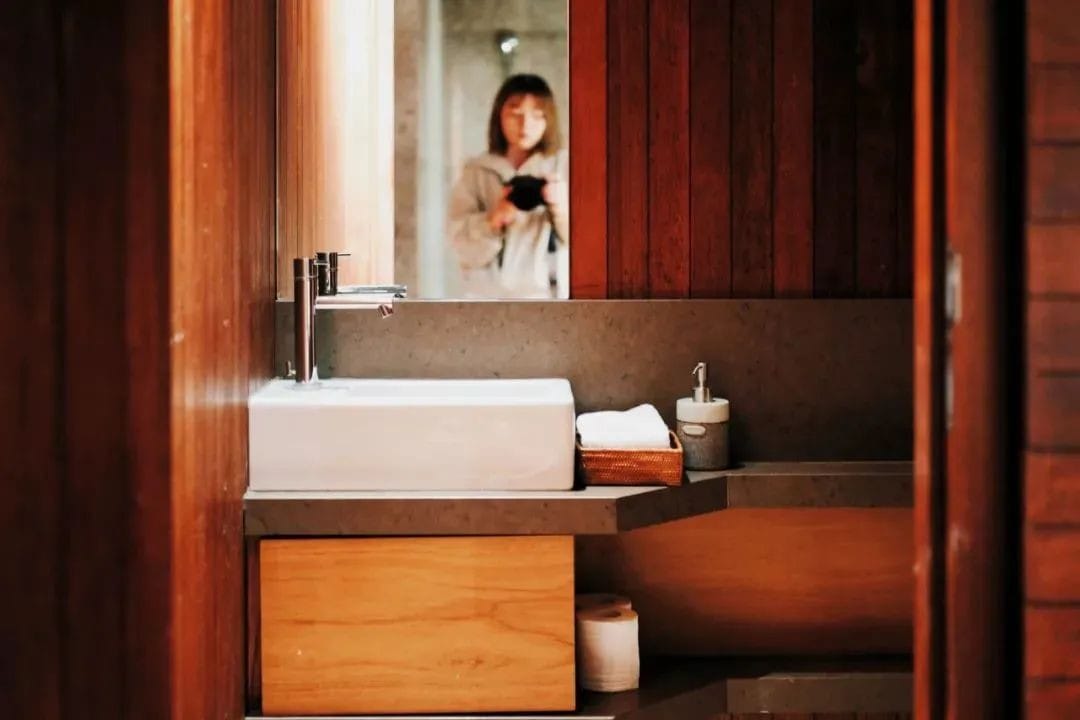
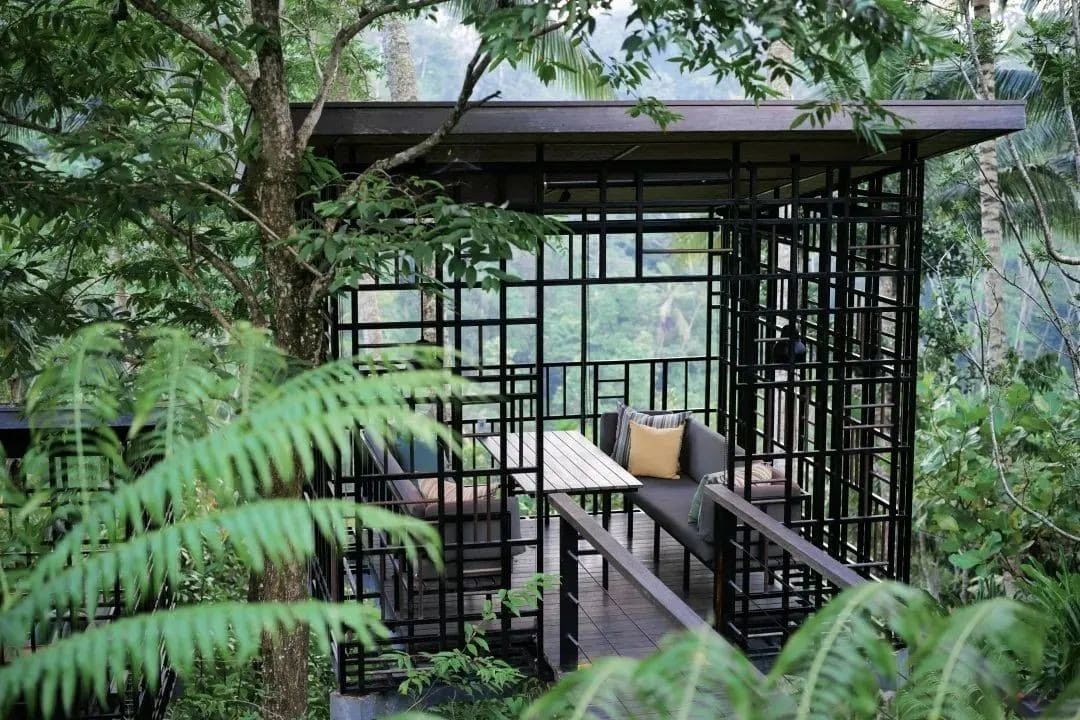
In Bali, a swimming pool is practically a necessity.
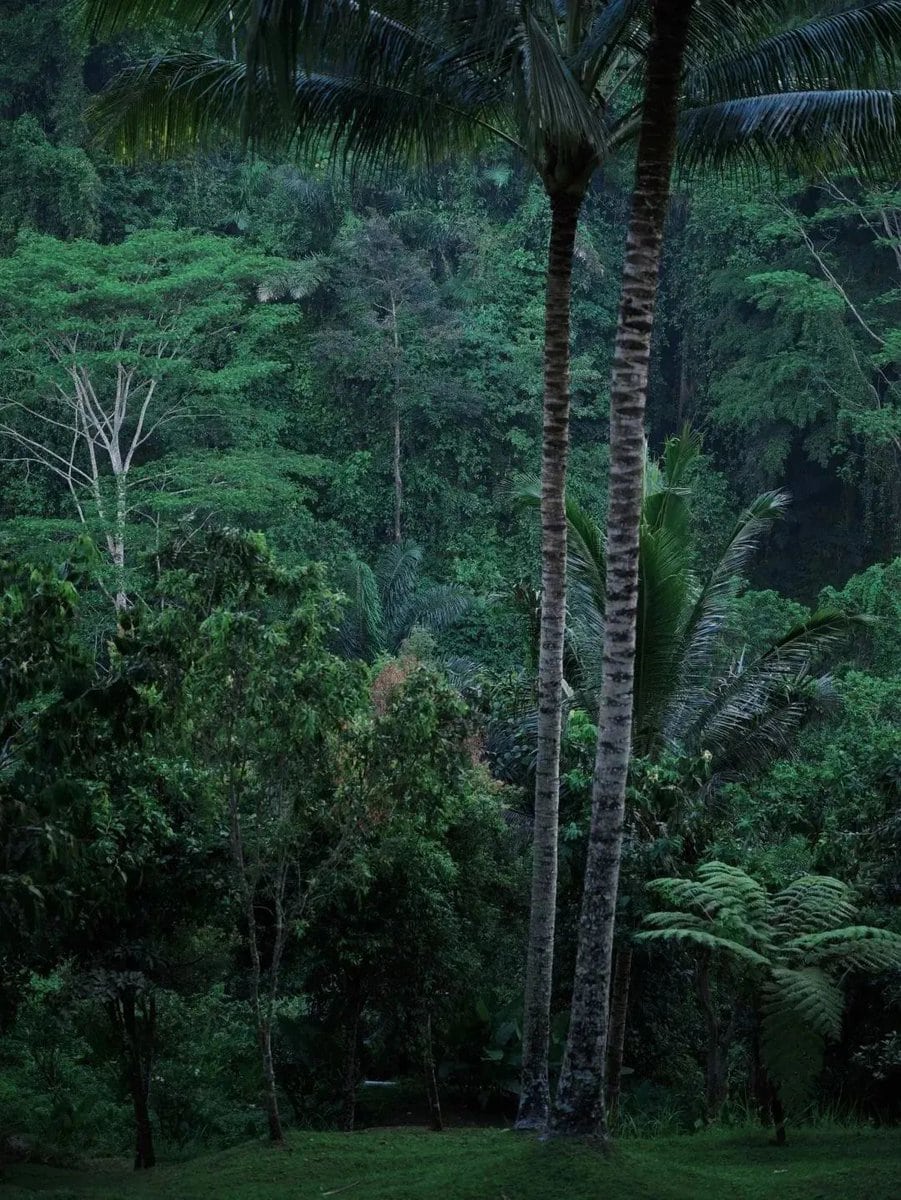
The hotel’s three long pools snake through the villas like the sacred Pakrisan River that protects Bali’s villages.
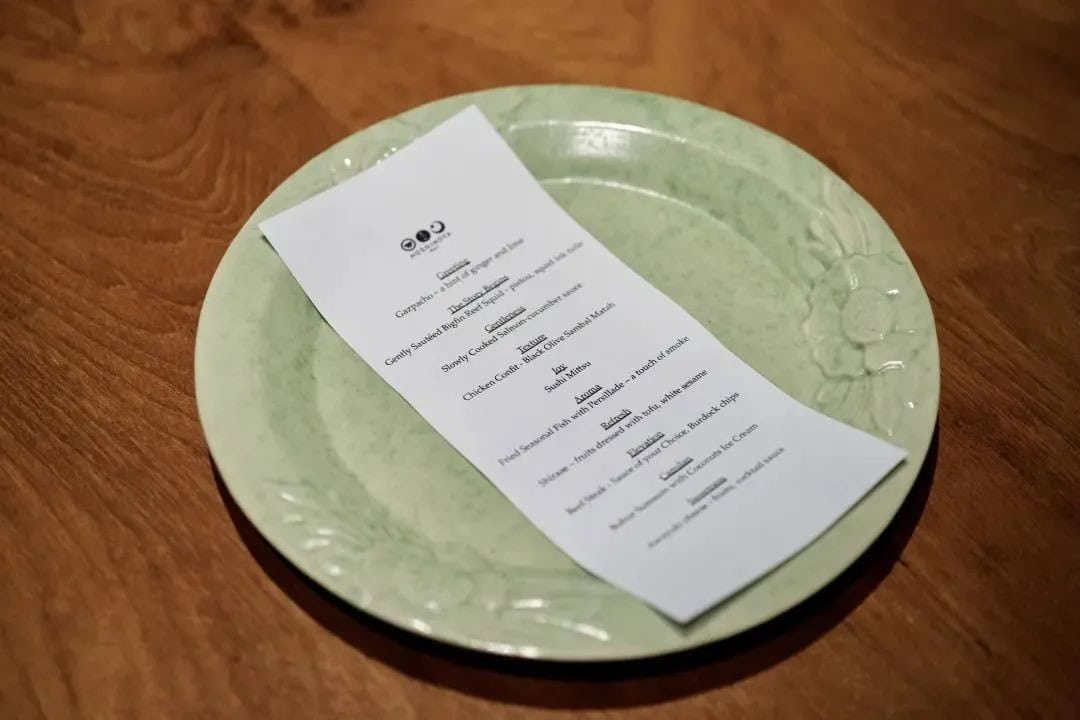
Each villa connects seamlessly to the pools, allowing direct access to the water from the terrace. The long lanes are perfect for swimming enthusiasts who enjoy smooth, uninterrupted laps.
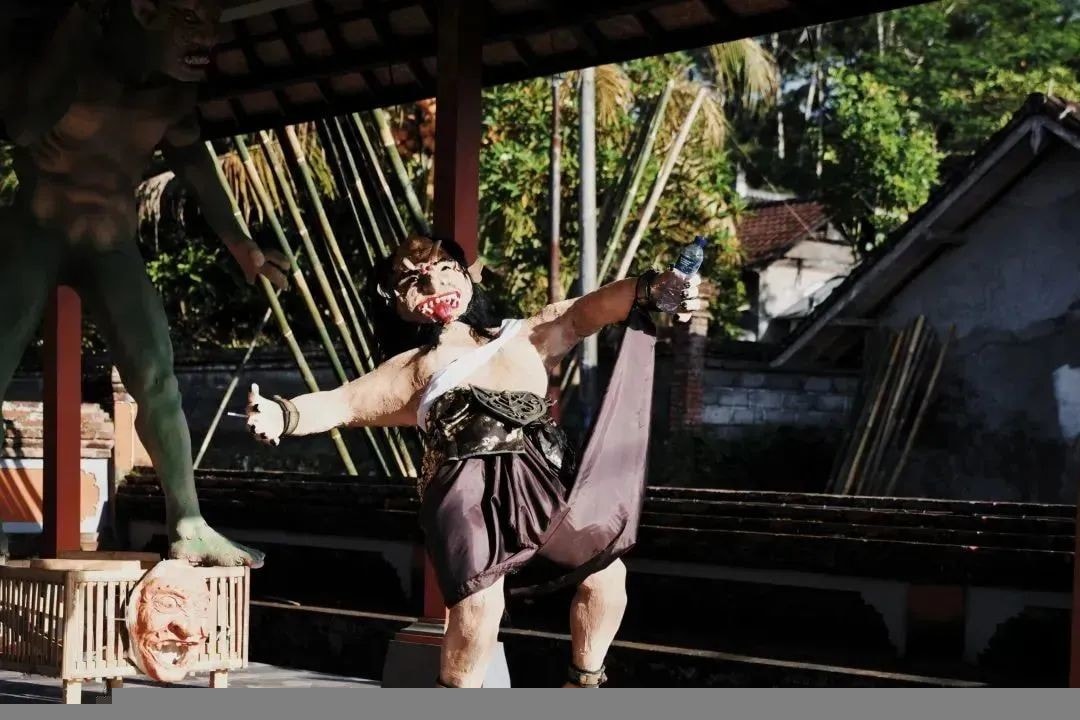
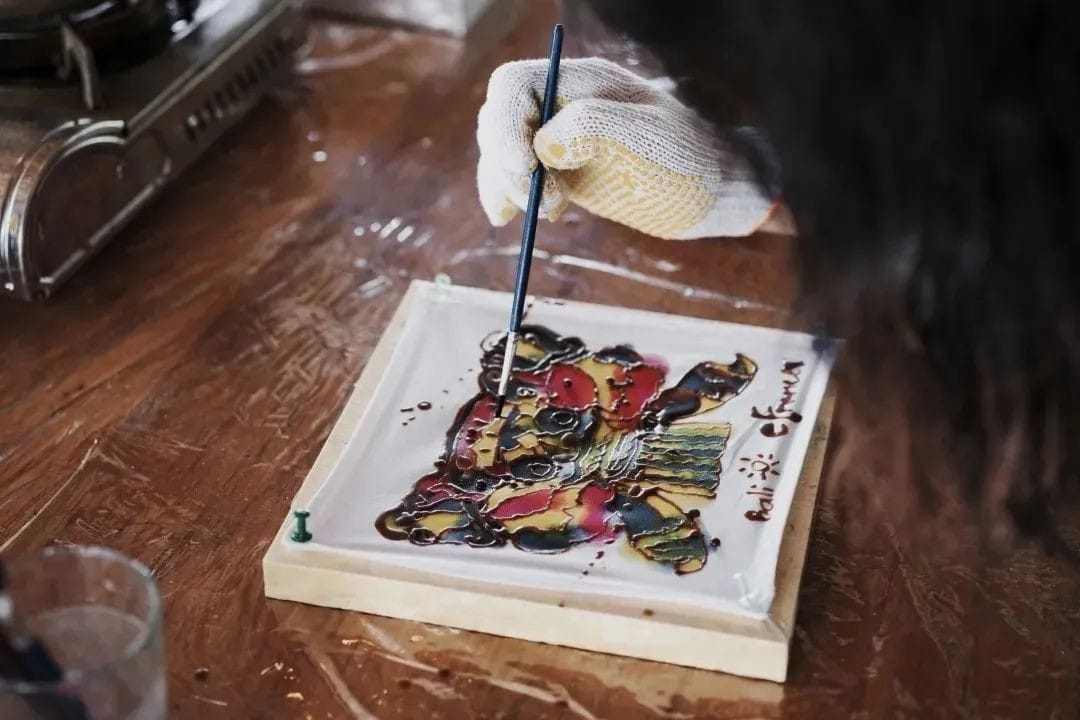
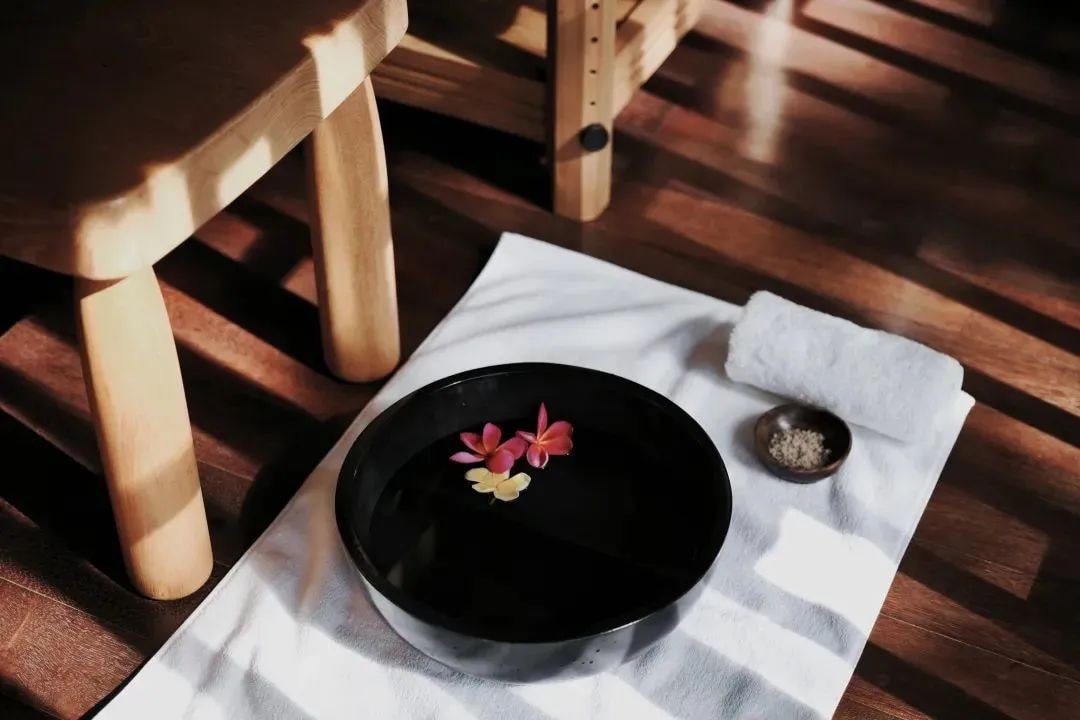
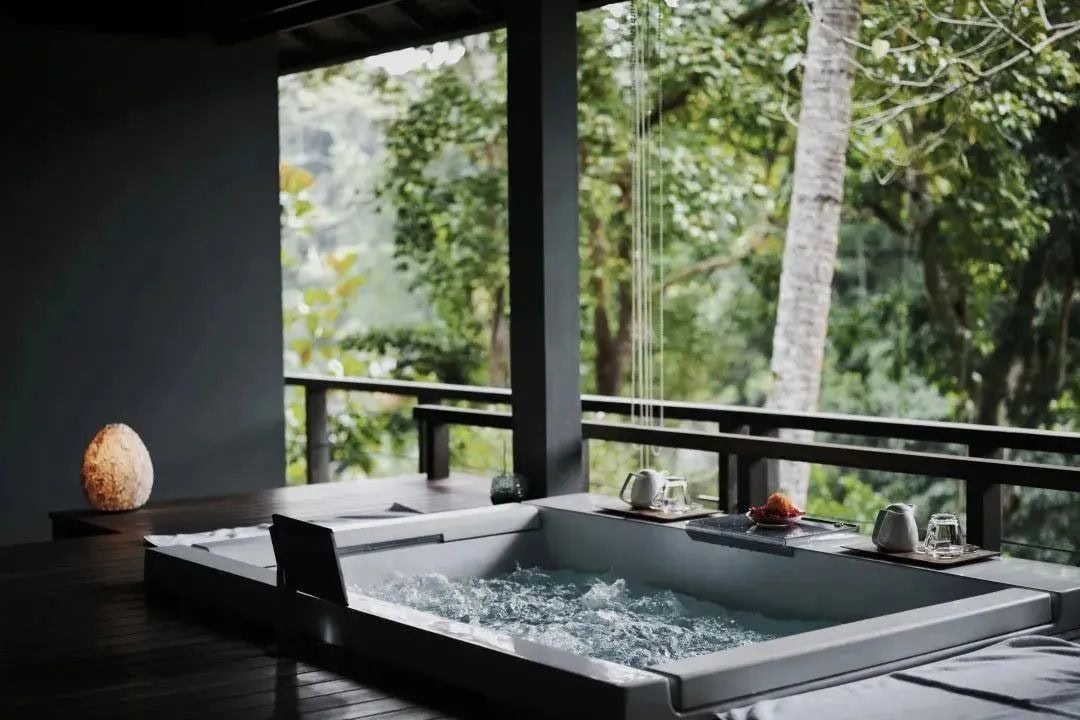
At the end of each pool, there are resting areas with plenty of towels and water available.
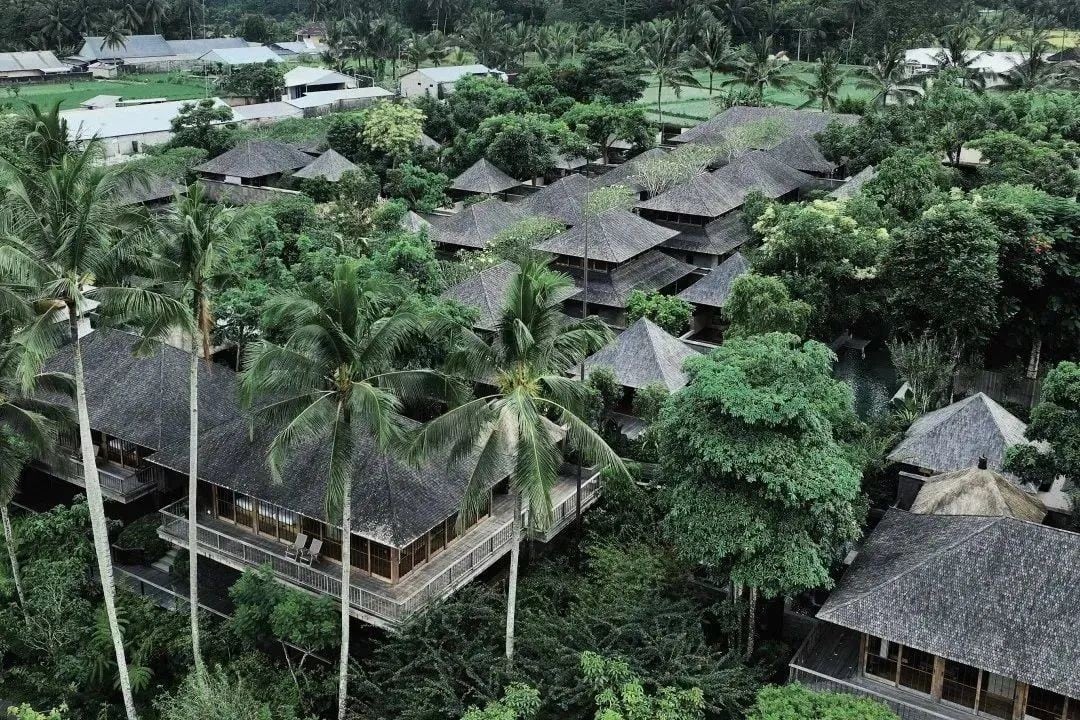
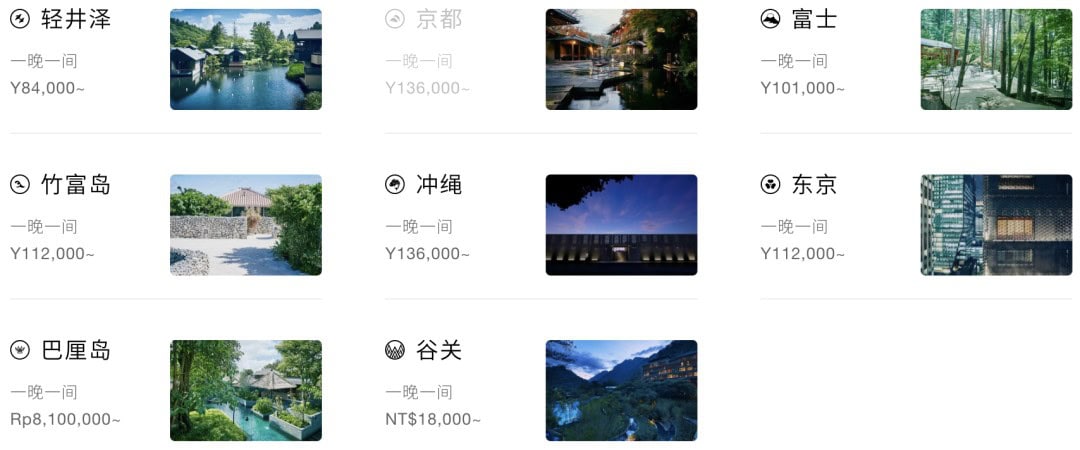
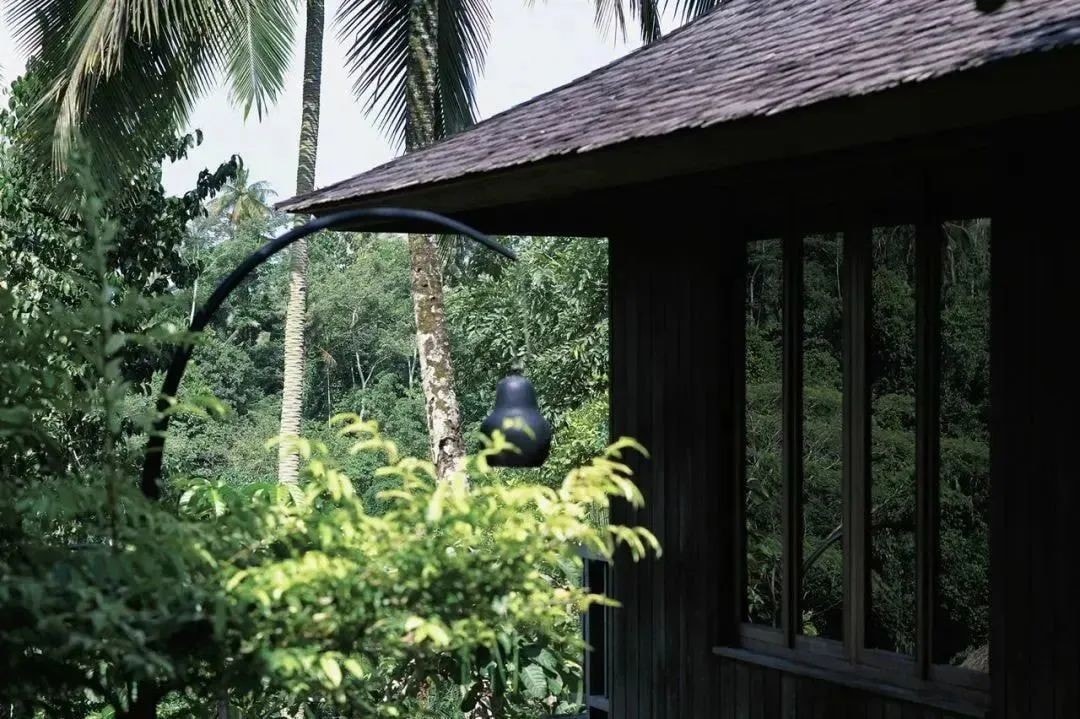
Inside the villas, attention to detail is evident everywhere.
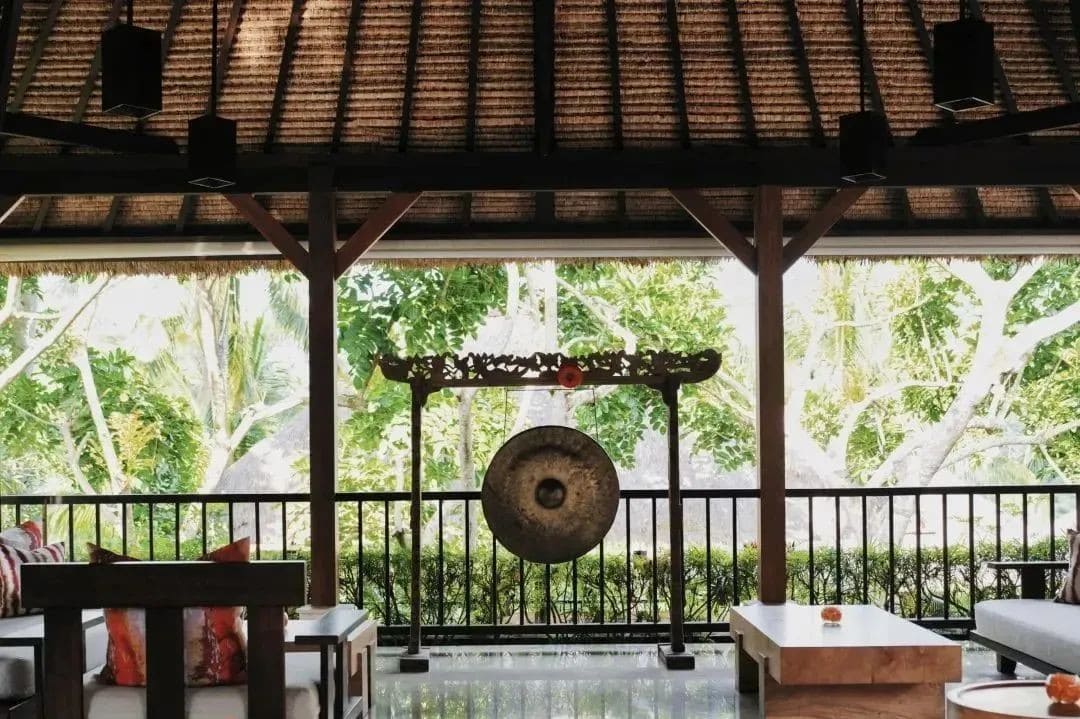
Hoshinoya Bali’s villas are standalone units, with no shared walls. There are three types: the duplex Soka (flower) and Bulan (moon), and the single-level Jalak (bird).
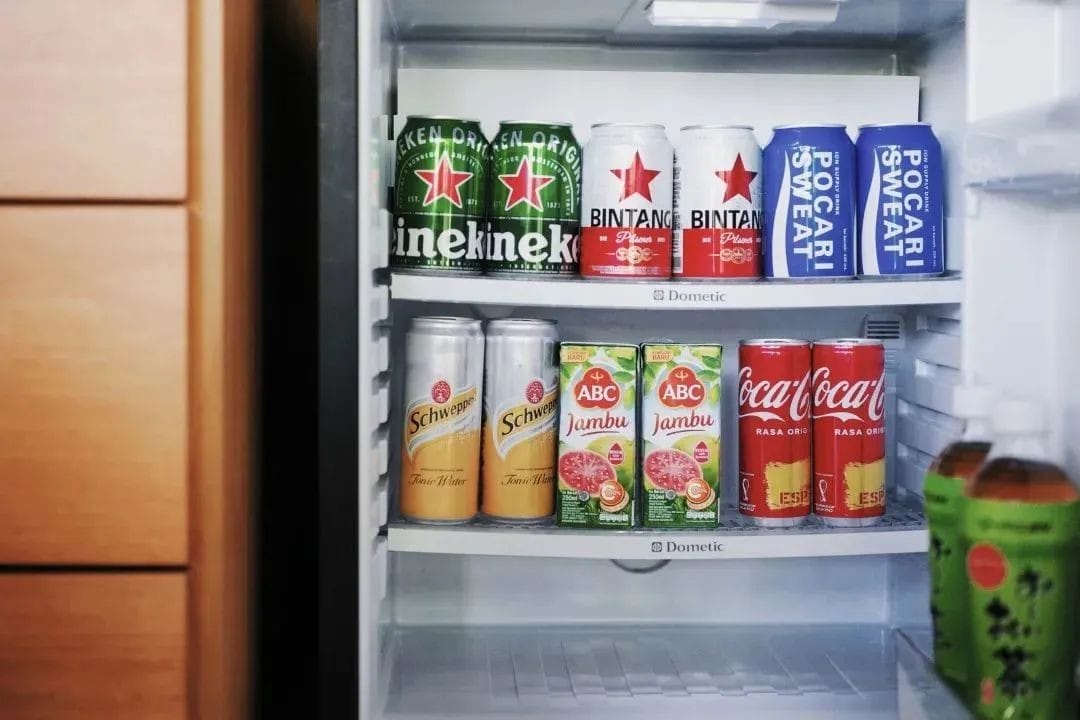
We stayed in a Jalak (bird) villa, with the entrance adorned as shown in the pictures. The bell at the door was for the staff’s use.
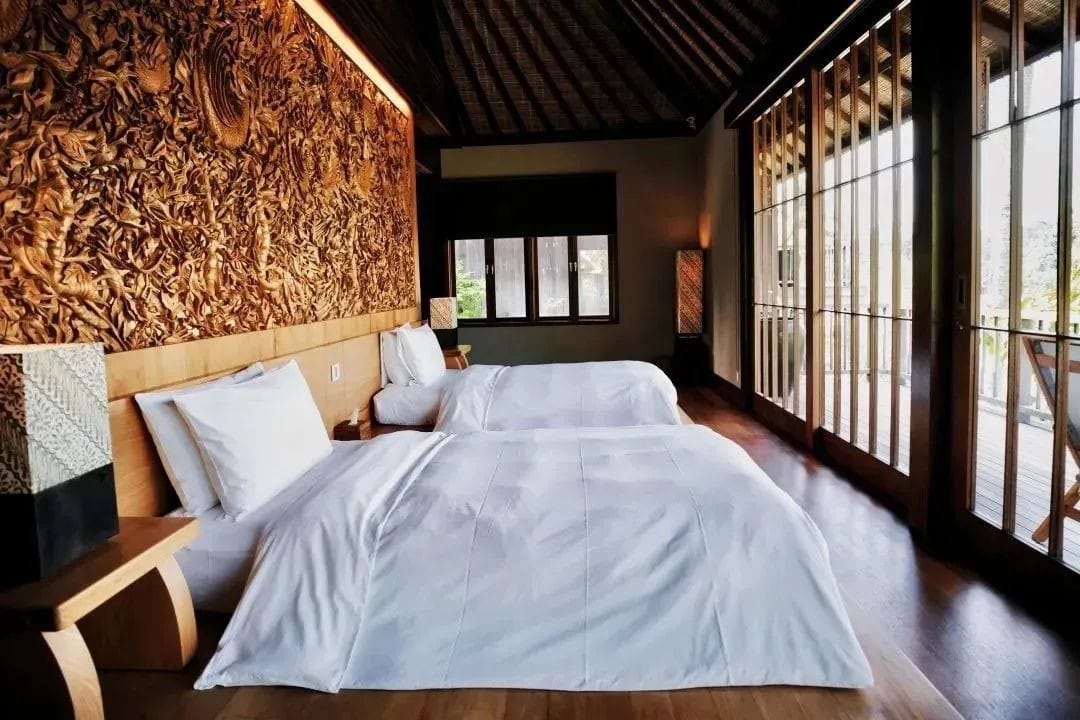
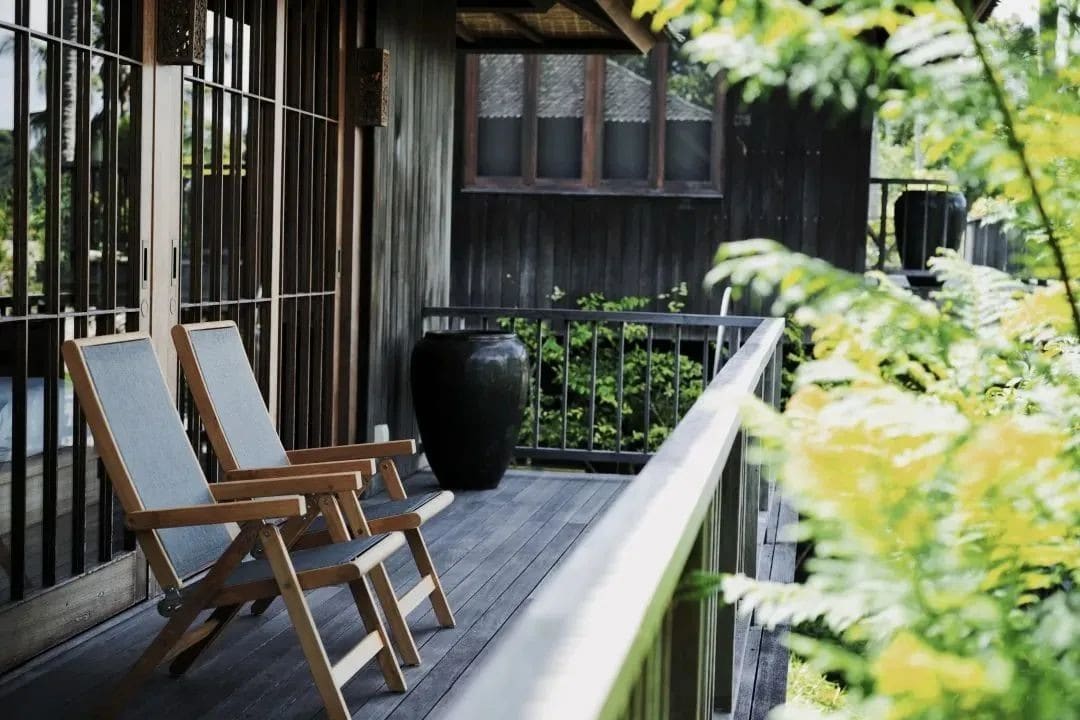
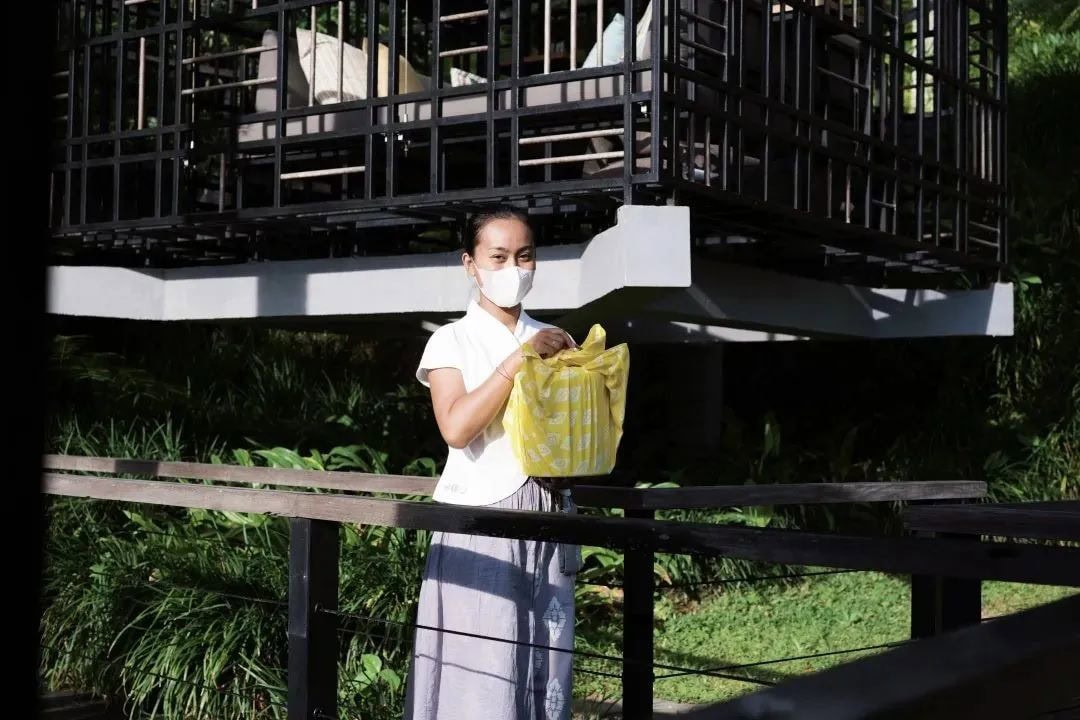
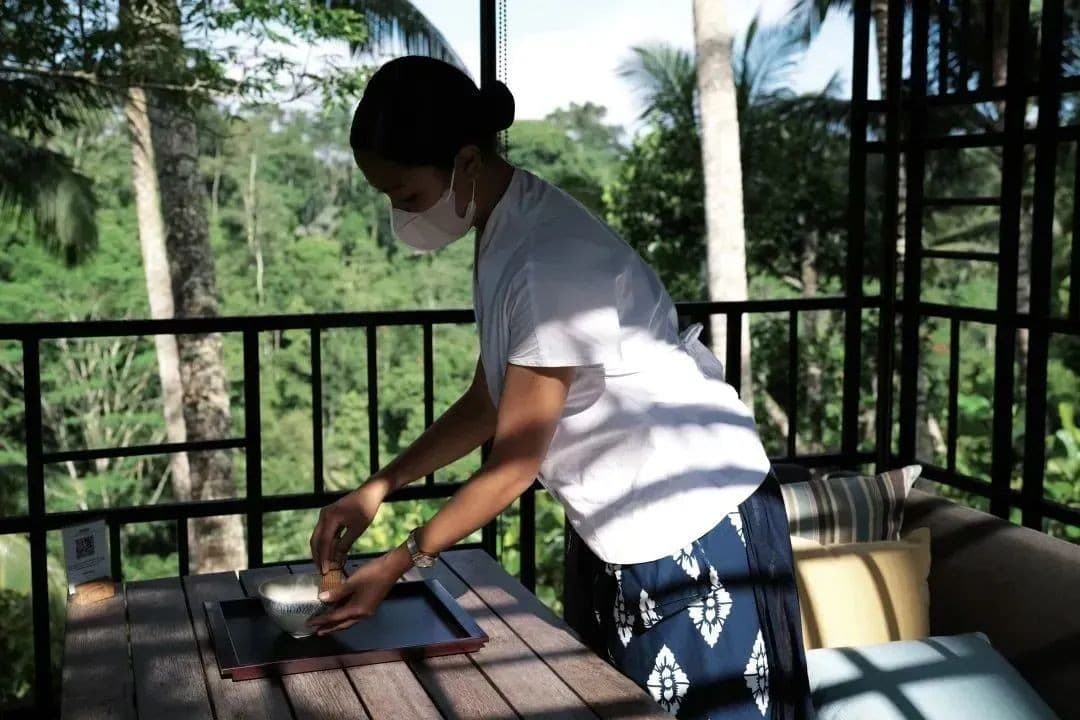
Many hotels tend to hide umbrellas in closets, but Hoshinoya Bali places them conveniently by the door. Given Bali’s frequent rain, keeping wet umbrellas out of the house is quite considerate.
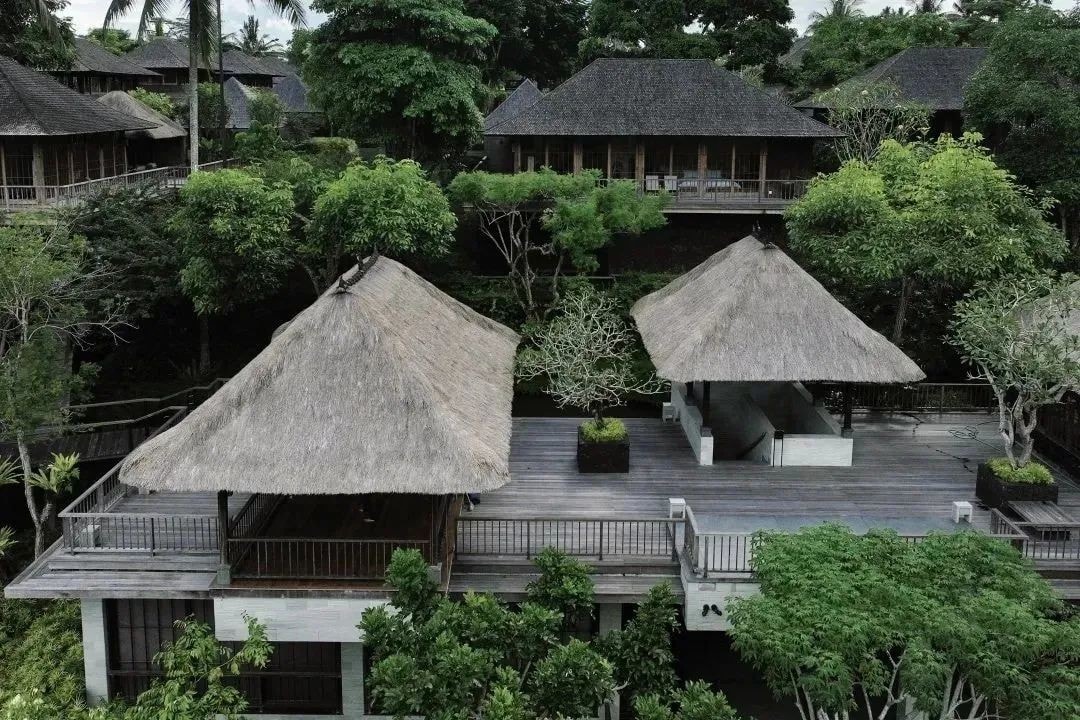
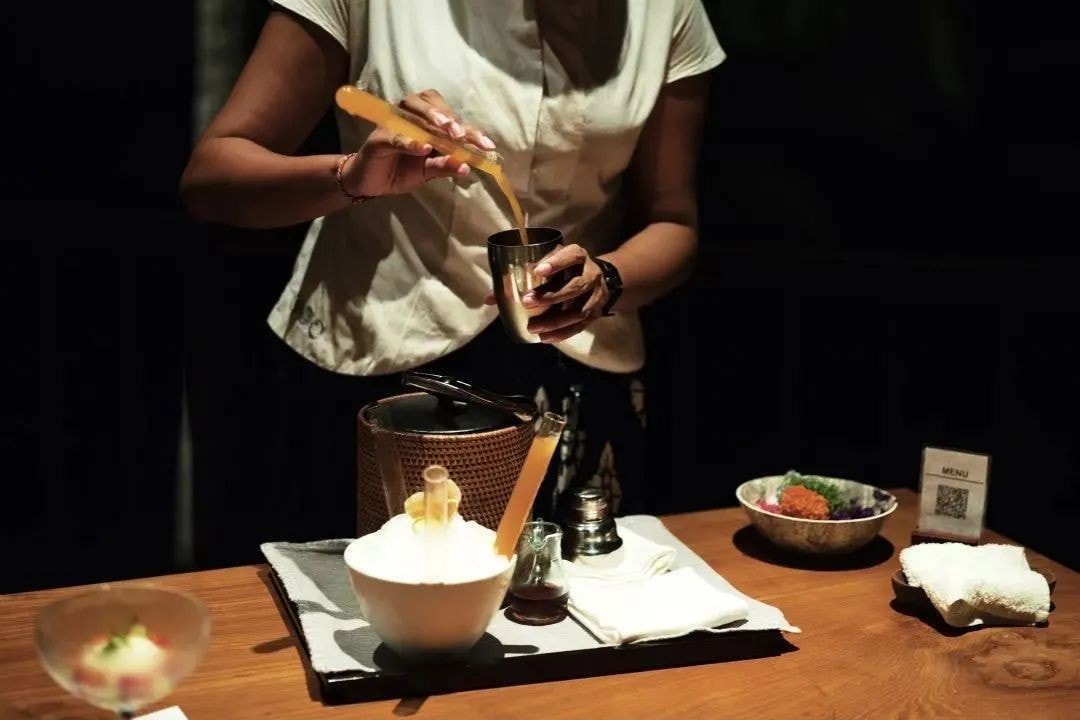
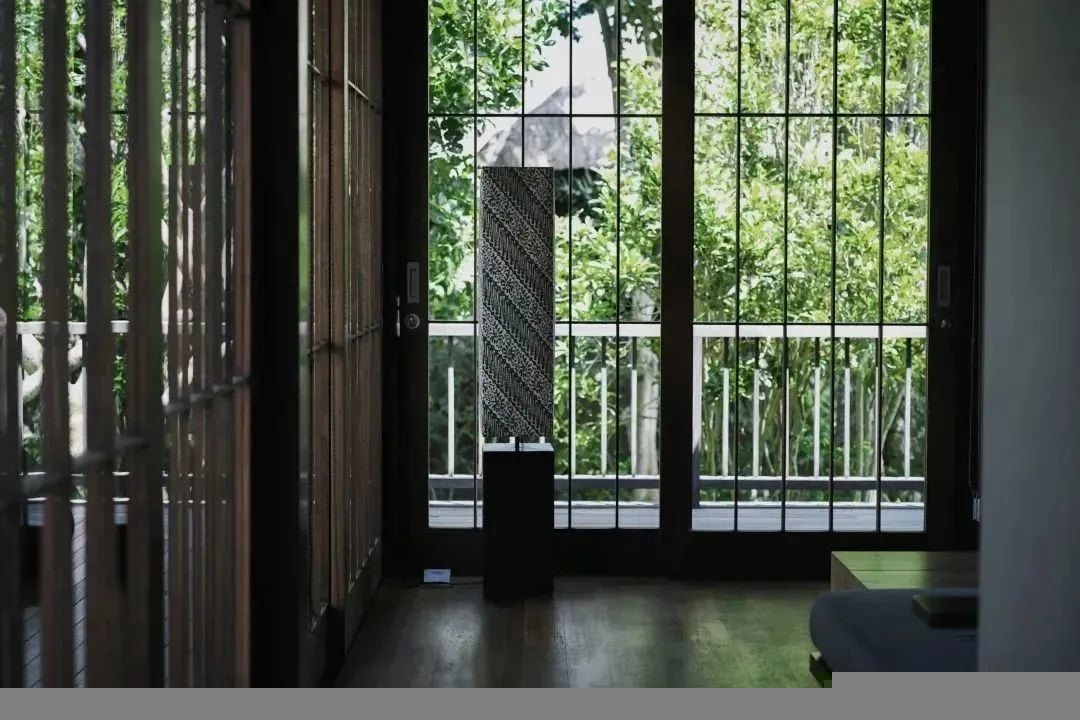
The epitome of an island resort villa is often a thatched villa that returns to nature. Unlike the typical wild luxury style, Hoshinoya Bali’s thatched villas retain a distinct Japanese heritage.
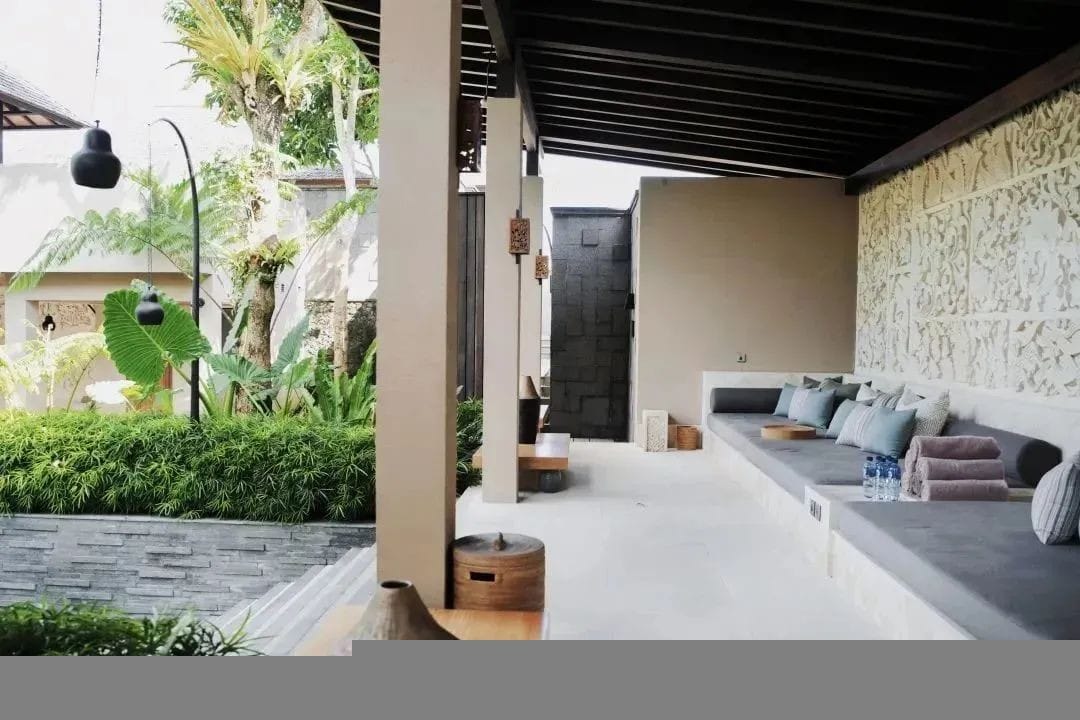
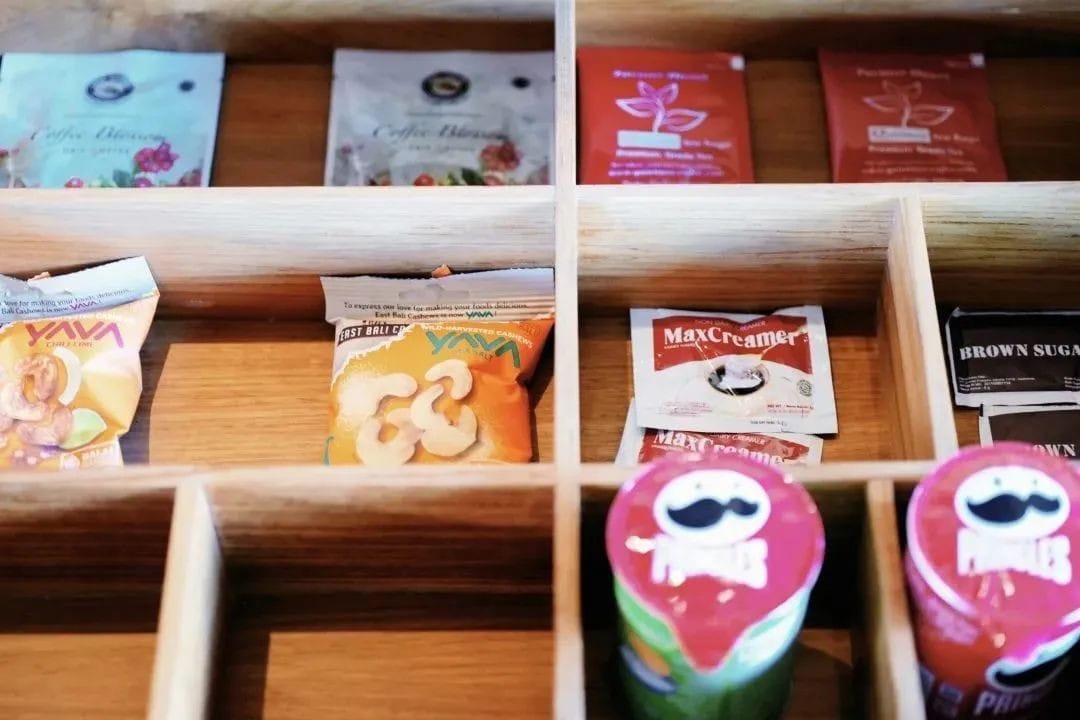
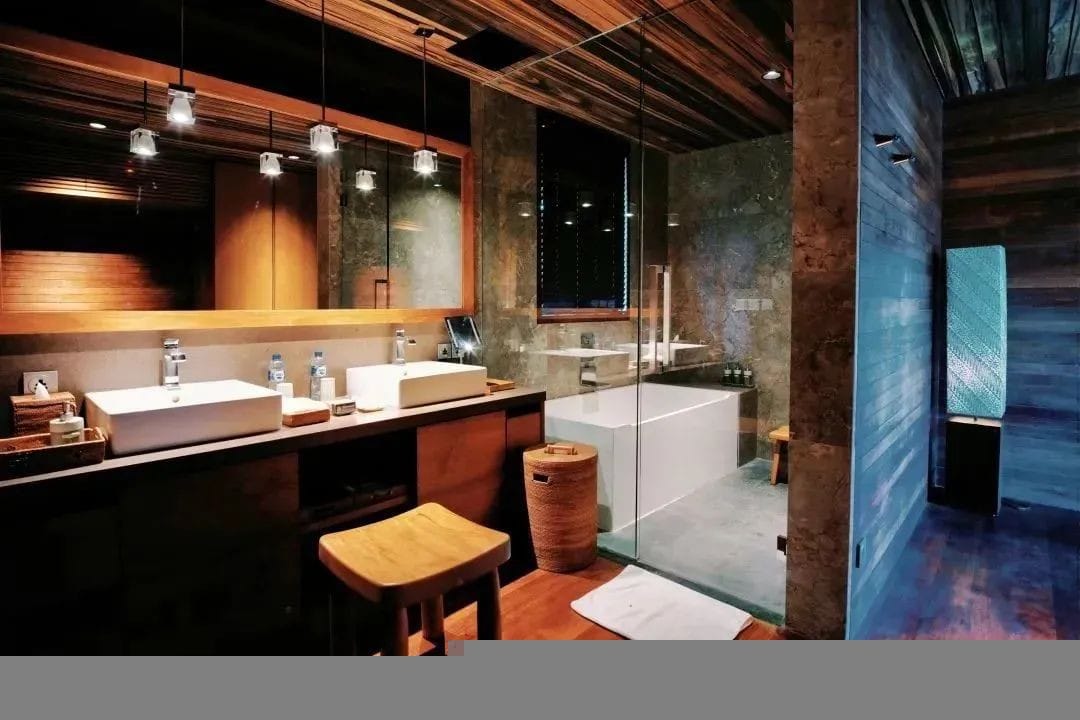
The 270-degree wraparound wooden sliding doors make the villa incredibly open and airy. The flow of time becomes tangible here, and we were enchanted daily by the changing light and shadows in our room.
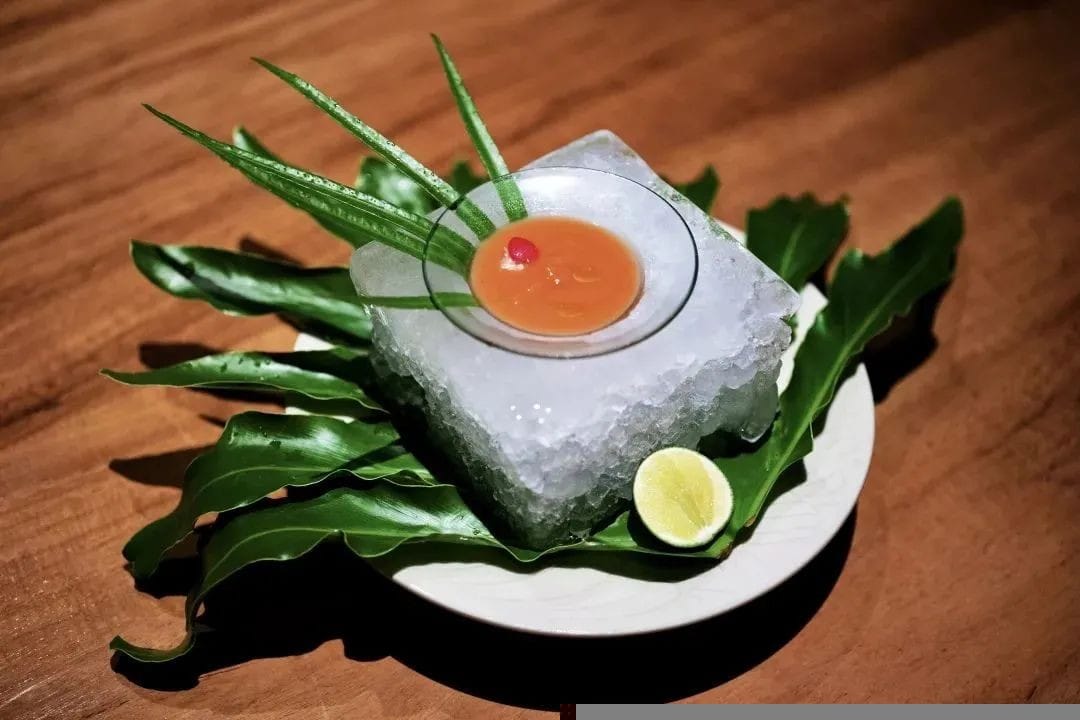
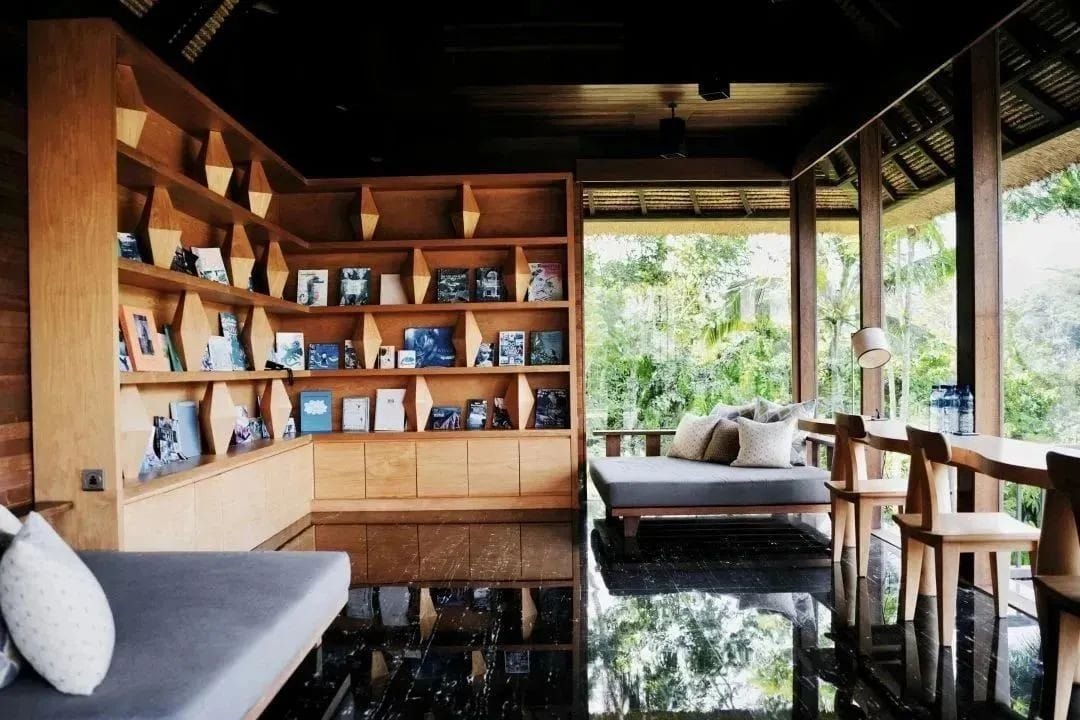
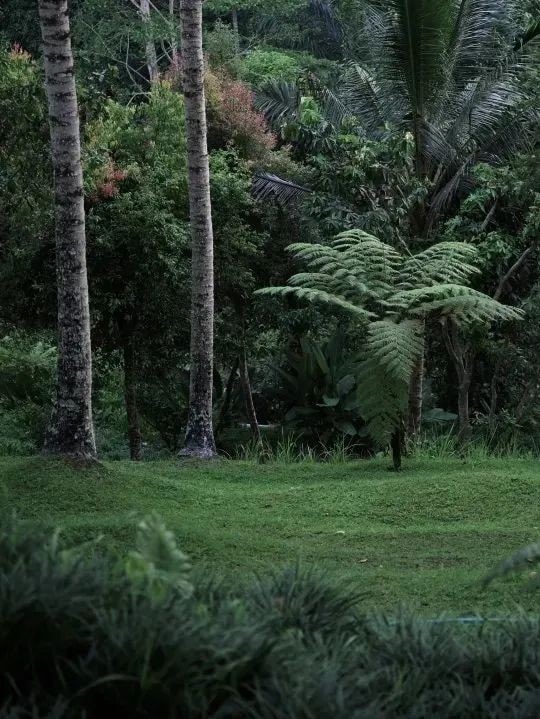
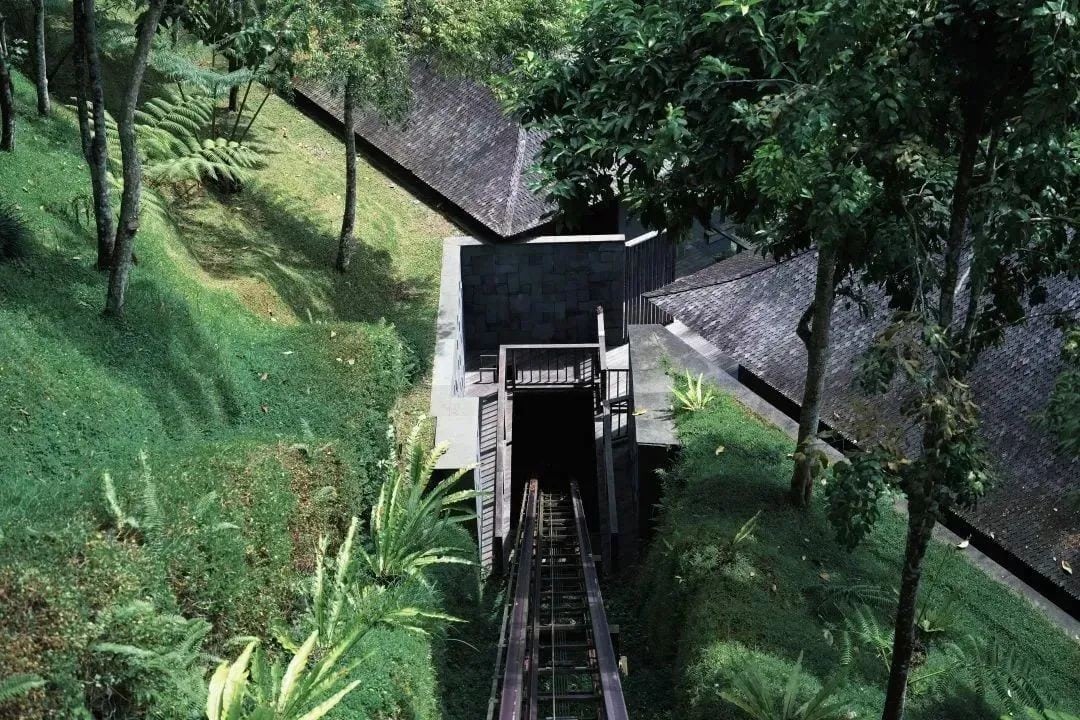
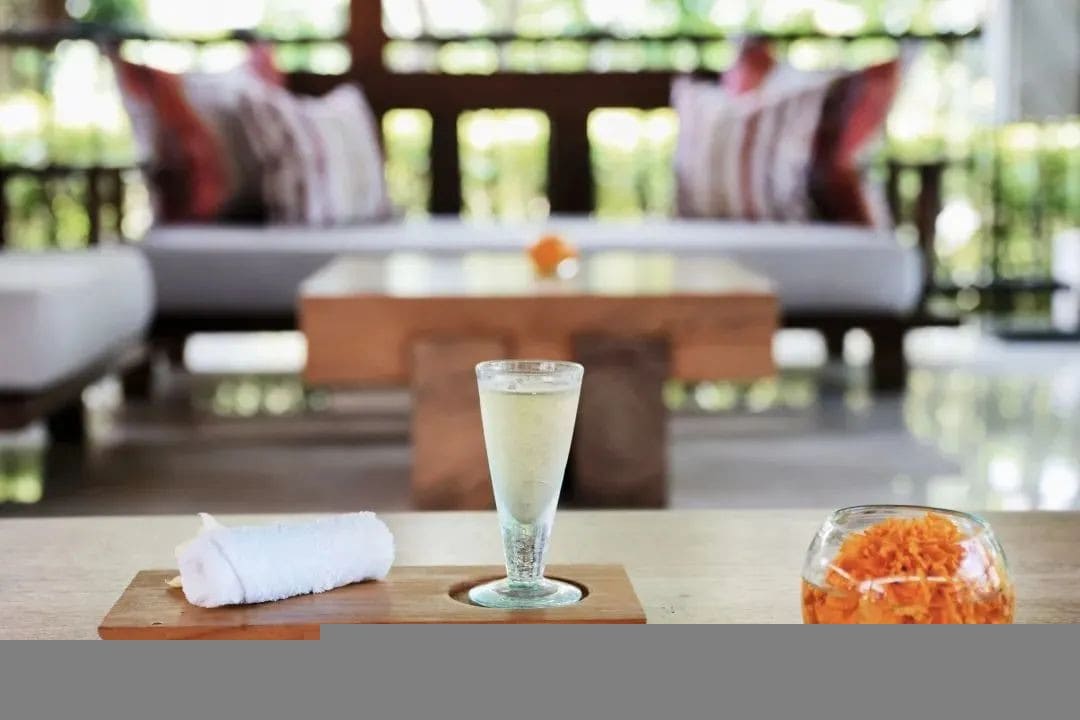
The entire space is cleverly divided by two walls into three sections: the bedroom on one side, the living room on the other, and the bathroom and dressing room together.
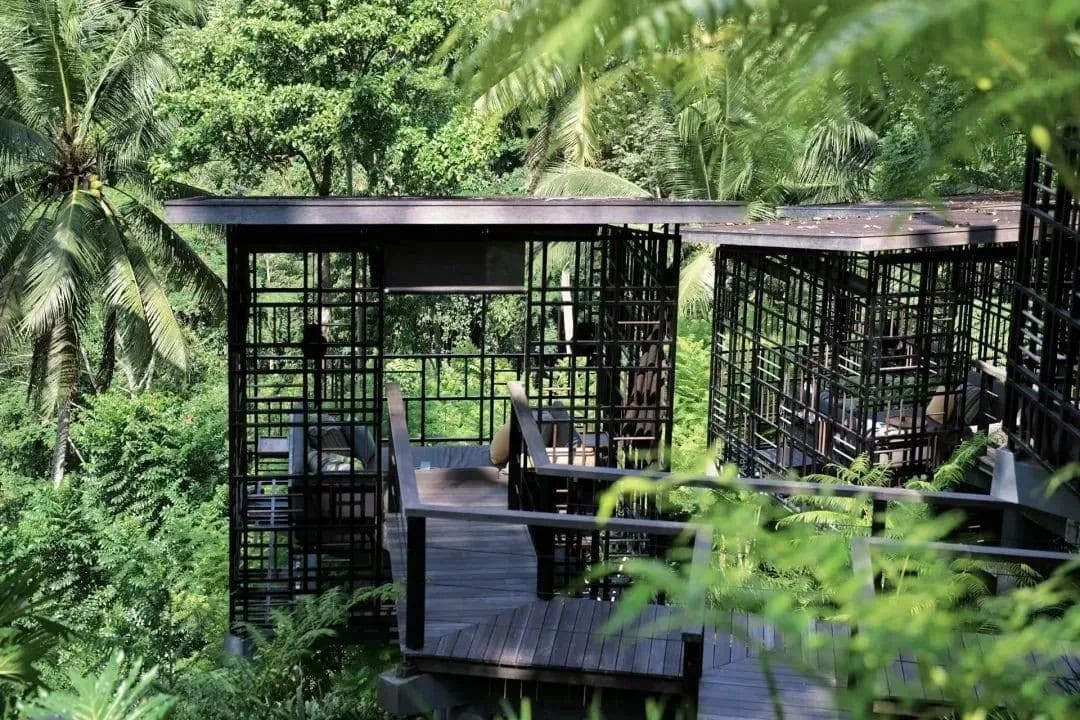
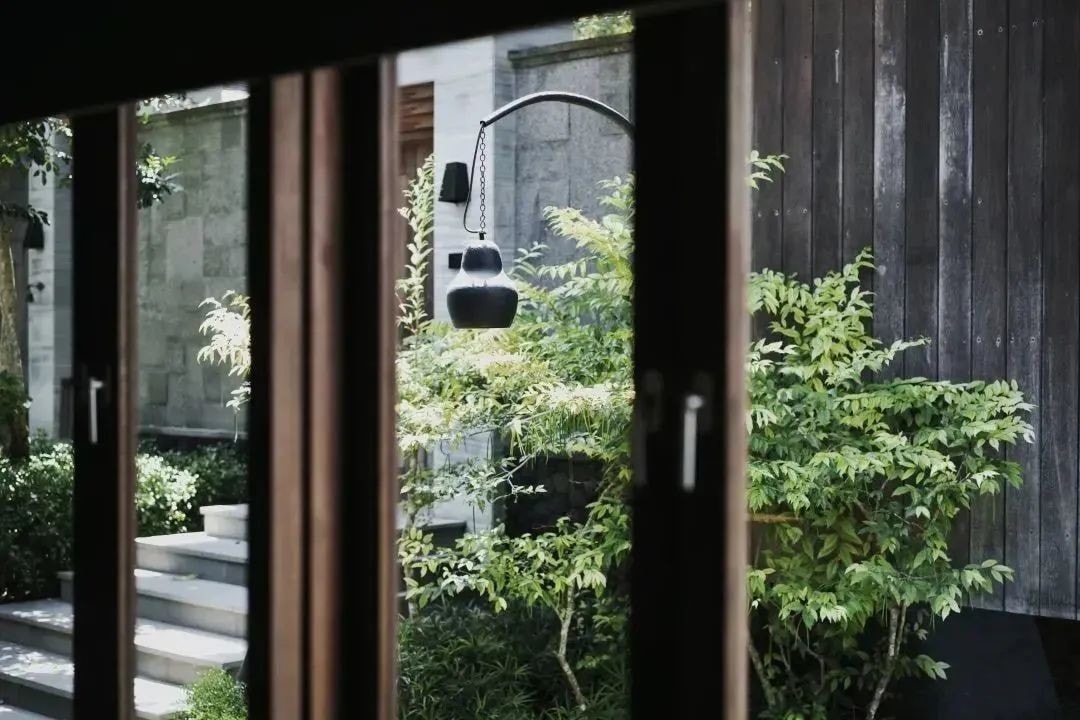
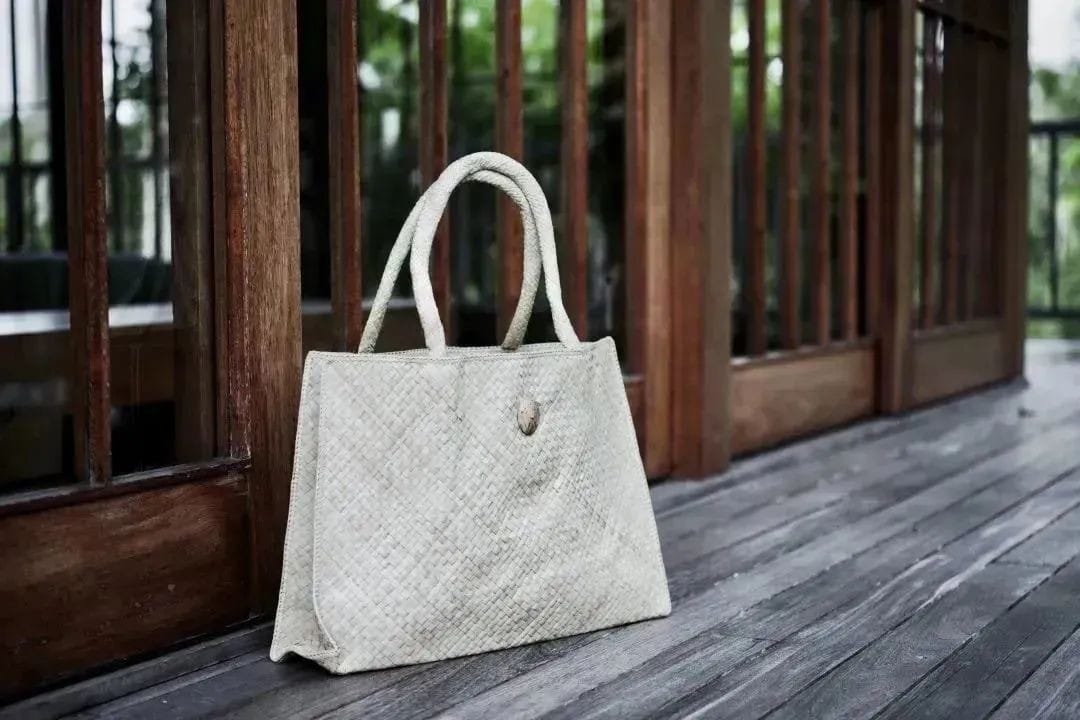
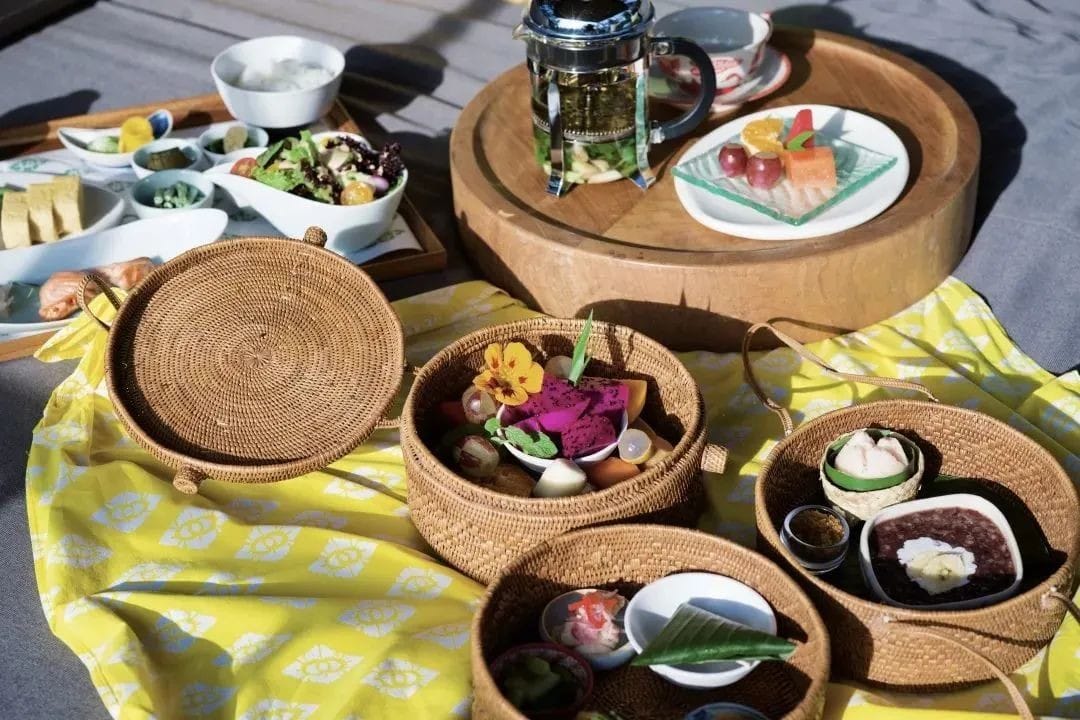
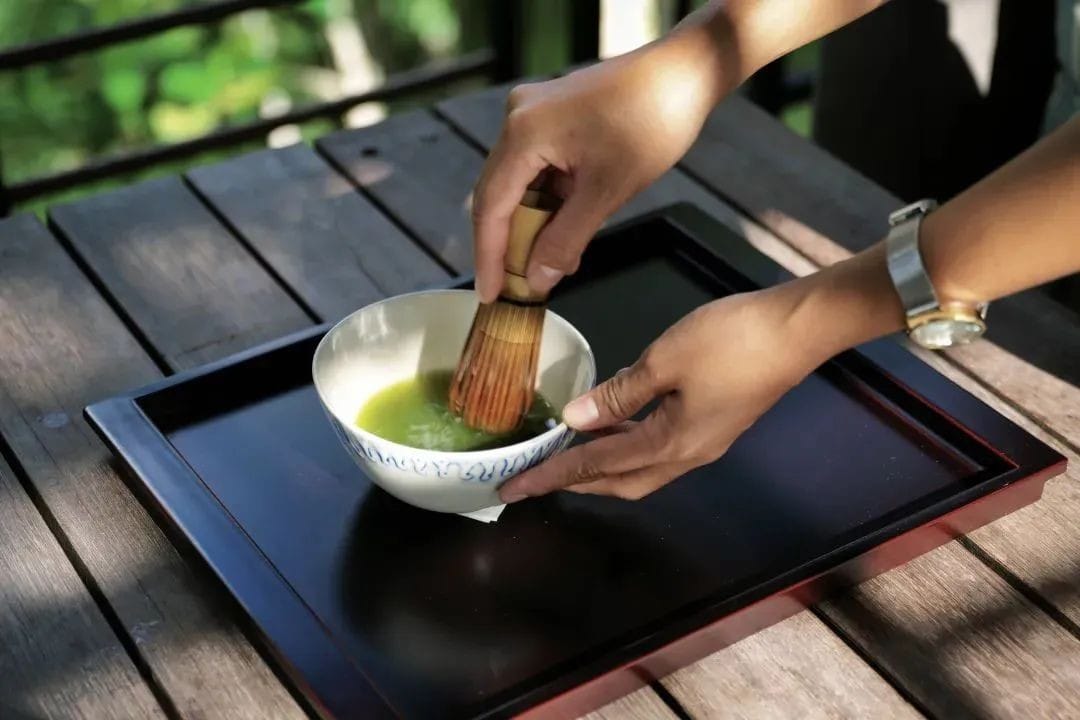
As travel writers, we’re passionate about opening drawers and cabinets. In the living room, we found a beach bag and several canvas bags for us to keep. The beach bag was highly capacious and made it safely back home with us.
The minibar and snacks incur additional charges. During our 15-day stay in Bali, we found that few hotels offer a free minibar.
The welcome drink was a bottle of non-alcoholic sparkling wine. Anything with bubbles needs to be cold, so it was kept in an ice bucket.
The bathroom discoveries were even more delightful. The dual sinks were well-stocked. The soap wasn’t a small piece but a full-size bar from a local organic plant brand. The toothpaste was a 25g travel size and came with dental floss. Next to the soap, a small pouch contained hand sanitizer and two white masks.
I have always felt that hotel mirrors are not particularly friendly to nearsighted individuals who do not wear contact lenses, as they are often placed too far away. Some thoughtful hotels provide a fixed makeup mirror on the side, but even then, the bathroom lighting can be quite harsh. At Hoshinoya Bali, the makeup mirror captured my heart: it’s not only portable but also equipped with lights and an adjustable tilt angle. You can move it to the living room where there is natural light, making it convenient for applying makeup.
To the left of the dual vanity is a fully enclosed toilet with a small wash basin inside. In my opinion, an enclosed space is exactly what a toilet should have!
On the right is the shower room, which includes a bathtub and, interestingly, a wooden stool—a common sight in Japanese bathrooms. The amenities are in large bottles with a strong herbal scent and don’t lather easily. I asked two staff members about the brand, but neither could name it; it’s likely some pure natural organic brand.
In the walk-in closet across from the dual vanity, there are not just cotton slippers but also very Japanese-style geta sandals, which you can take home.
The bedroom faces the jungle scenery. The bed is a platform bed, as expected, with a mattress of medium firmness for a good night’s sleep. Behind the bed is a massive hand-carved wooden and stone wall depicting Balinese motifs, crafted by local artisans.
Our room’s outdoor view is a mix of jungle and a narrow space with two lounge chairs.
The other half features a pool that you can access directly from the terrace. There’s a thatched pavilion with towels laid out in advance for after you swim.
*This is the villa opposite ours.
Having deconstructed the villa, let’s talk about the culinary delights on the island. Here’s the conclusion first: the food at Hoshinoya Bali is outstanding, and it’s probably one of the few places on the island where you can get authentic Japanese cuisine.
The most unique dining area is the steel birdcage-like Cafe Gazebo mentioned earlier, the only non-thatch-roofed structure in the hotel. Guests can relax, read, or enjoy a meal here at any time.
You can book breakfast in the birdcage. The breakfast at Hoshinoya Bali is a set menu with four styles to choose from: Indonesian, Japanese, Western, and a Gazebo-exclusive set.
The exclusive set has a picnic vibe, with food placed in three woven baskets wrapped in furoshiki cloth.
The snacks are mainly local Balinese breakfast items, with an overall sweet flavor. For example, the banana leaf-wrapped treat contains coconut sticky rice.
👆Even the grapes are carved into a checkerboard pattern.
Outside of breakfast hours, you can enjoy coffee in the Cafe Gazebo.
Aside from Cafe Gazebo, the hotel has only one restaurant, which is semi-open and situated next to the tropical rainforest. It serves breakfast, à la carte lunch, and dinner, with the same three cuisine styles: Indonesian, Japanese, and Western.
For Japanese cuisine on Bali, Hoshinoya definitely stands out. The drink list includes a variety of sake. The menu offers sashimi, tempura, sushi, and more. The Chinese palate tends to be more accommodating of Japanese cuisine compared to Indonesian dishes.
Conveniently, if you wish to take food back to your room, it can be delivered as in-room dining.
For a truly ceremonial dinner at Hoshinoya Bali, you can also order a set menu featuring a fusion of Indonesian, Japanese, and French cuisine, with ten courses in total. Each dish is presented beautifully, and new tableware is provided for each course, embodying the essence of fine dining. While the portions are small, you will still be fully satisfied by the end.
The most memorable dish is the final one: a cocktail ice cream. Hard-frozen ice cream is topped with freshly shaken cocktail liqueur and fresh fruit pieces, creating a complex, refreshing sweet-and-sour finish to the meal.
Let’s talk about the activities at the hotel.
Every HOSHINOYA places a strong emphasis on local culture; staying within the resort is considered the greatest respect for it. So, Nizi and I eagerly participated in various activities offered by the hotel. The art of leisurely travel involves setting an alarm and waking up refreshed and ready to enjoy vacation by 6:30 AM.
During our stay, it was right before the Day of Silence, so there was a special activity to visit a nearby village to see the terrifying ogoh-ogoh sculptures.
You could also think of it as a guided walk through the village to experience the local customs and scenery of Ubud. It was truly enviable; every household boasted garden freedom, with plants and flowers that were entirely new to us city dwellers.
There are also plenty of activities available within the hotel, such as tea ceremonies, traditional Balinese painting, and making local drinks. HOSHINOYA might be the only luxury brand in Bali offering a tea ceremony experience.
One particularly unique activity is traditional painting, where you can choose your own design and colors. The staff helps with drying and framing, making it a perfect souvenir to take home.
All these activities are free, except for one paid experience—learning the local dance. We tried it out; the dance steps were somewhat similar to the currently popular “Dai Dance.” The movements are not difficult, but mastering the posture is. The fee is justified as it includes intricate makeup and costume changes.
Personally, I think the most unmissable experience at HOSHINOYA Bali is the spa, which offers incredible value.
It combines traditional Ubud massage techniques with meticulous Japanese service. Despite being in a luxury brand, a 90-minute session only costs 1,400,000 IDR (about 635 RMB).
The spa journey begins in a thatched reception area where you fill out a form noting any discomforts, specific areas you want to relax, and any recent surgeries.
The actual spa space requires a ride down a standing elevator into the depths of the rainforest where monkeys are said to be spotted.
Before the massage starts, you’re given a cup of lime honey ginger tea, stirred with a spoon made from the same shell used for caviar. The subtle spiciness of the ginger gently awakens your senses.
During the massage, the therapist will confirm the pressure is right. Afterward, they apply an exfoliating scrub and wrap you in plastic wrap to let it sit. Though the room is comfortably air-conditioned, during this waiting period, the staff will open the windows to let in the sounds of birds and insects from the rainforest.
After removing the scrub, the final step is a bubble bath. You’re surrounded by an open jungle view, and there’s more honey ginger tea provided, along with soft ginger candies that are delightfully mild.
The spa room also features separate bathroom, shower, and dressing areas. While it feels like an open space in the rainforest, it actually offers great privacy.
Besides the spa, HOSHINOYA Bali also has a 24-hour self-service library and a boutique store. It’s worth noting that the resort lacks extensive children’s facilities, making it less family-friendly but an advantage for some guests.
Overall, HOSHINOYA leaves me with a “less is more” impression. As Japanese director Yasujiro Ozu said: “Life, like cinema, wins or loses by its aftertaste.” This principle applies to the hotel as well; HOSHINOYA is a highly engaging and addictive brand.
If given the chance, I would love to visit Japan to experience a more authentic HOSHINOYA.
Finally, let’s talk about the best way to book HOSHINOYA. They recommend booking through their official website, which offers a lowest price guarantee. Main discounts include early bird, extended stay, and single guest discounts, which cannot be combined.
Take note that both extended stay and early bird discounts are non-cancelable.
1) Early Bird Discount
If you book 90 days in advance, you can get up to 40% off. However, early bird discounts vary by resort. For instance, at HOSHINOYA Bali, booking 90 days in advance only gets you 20% off.
2) Consecutive Stay Discount
Staying for 2 to 5 consecutive nights entitles you to a 25% discount. For stays of 6 to 8 consecutive nights, you can get a discount ranging from 25% to 60%, depending on the resort. At HOSHINOYA Bali, a stay of 4 nights or more gets you 30% off.
3) Single Occupancy Discount, Minimum 30% Off
If you stay at HOSHINOYA alone, some resorts offer a minimum of 30% off for single occupancy. However, this policy does not apply to HOSHINOYA Bali.


